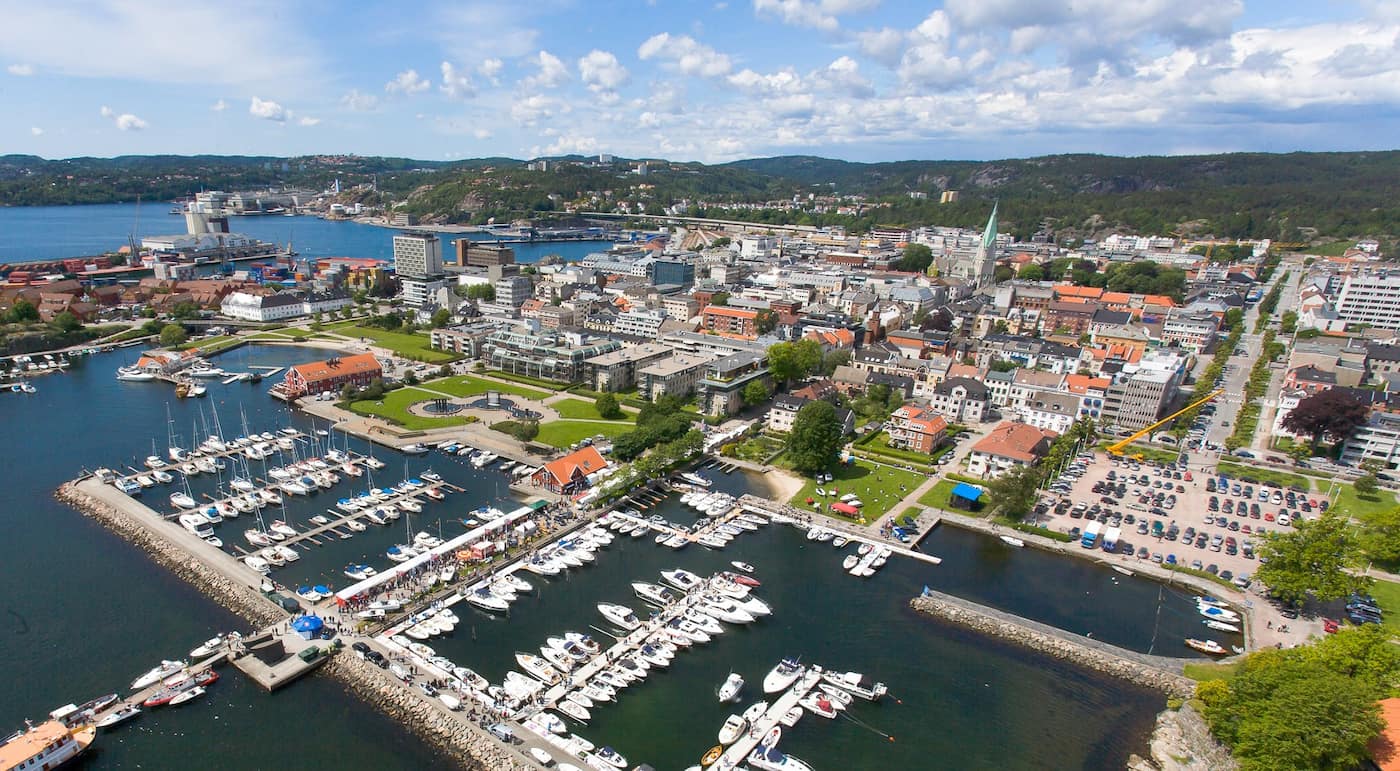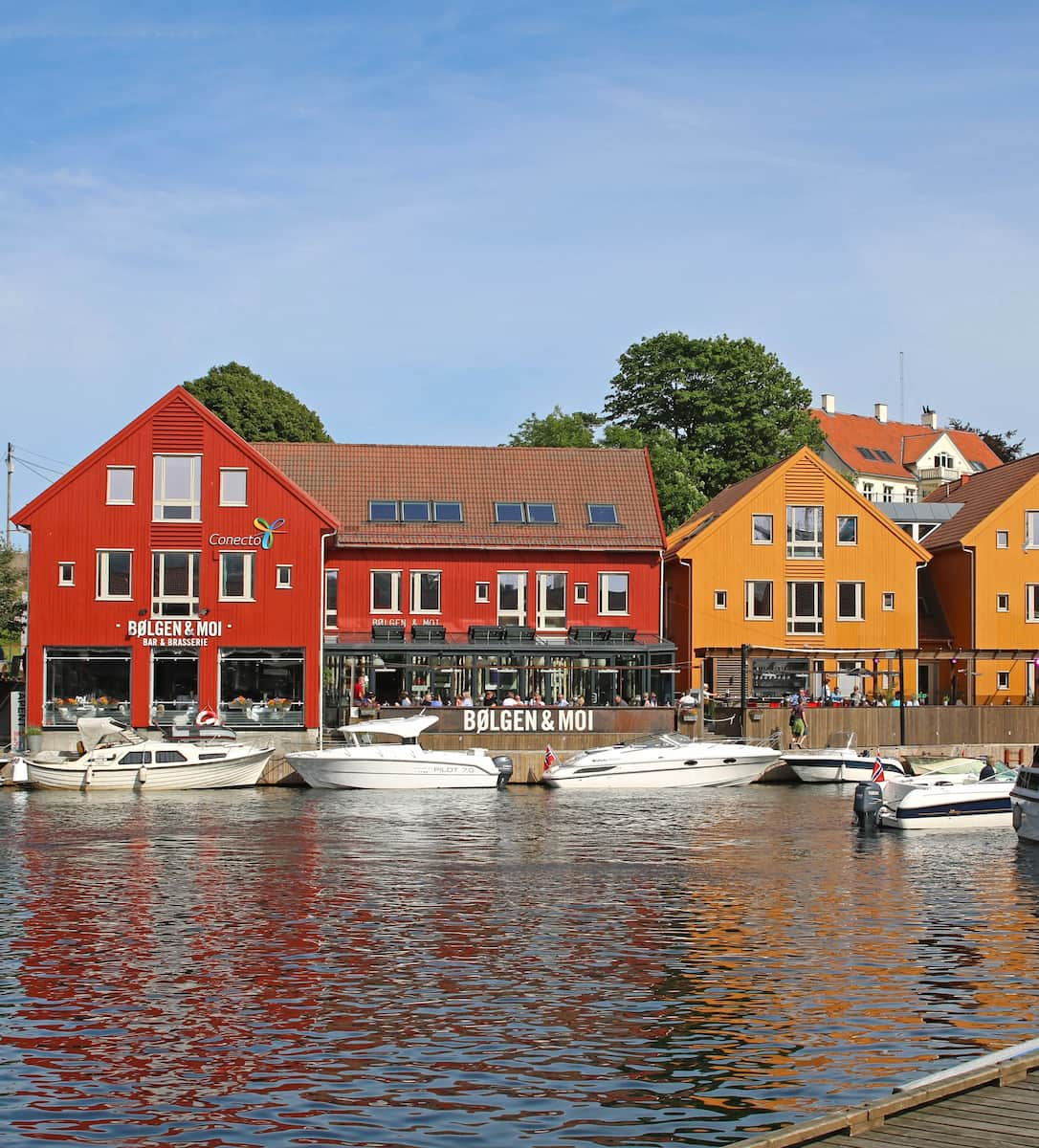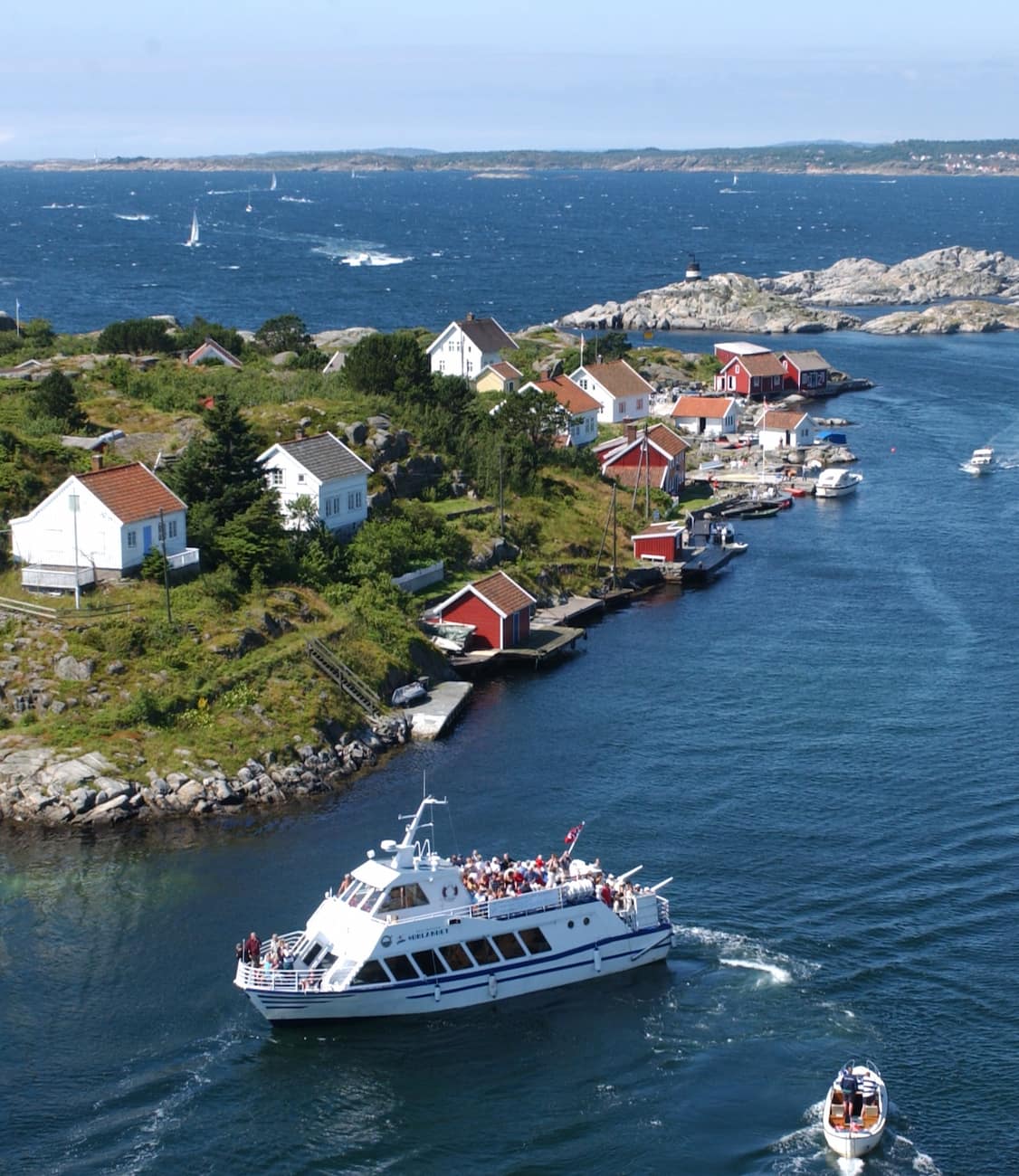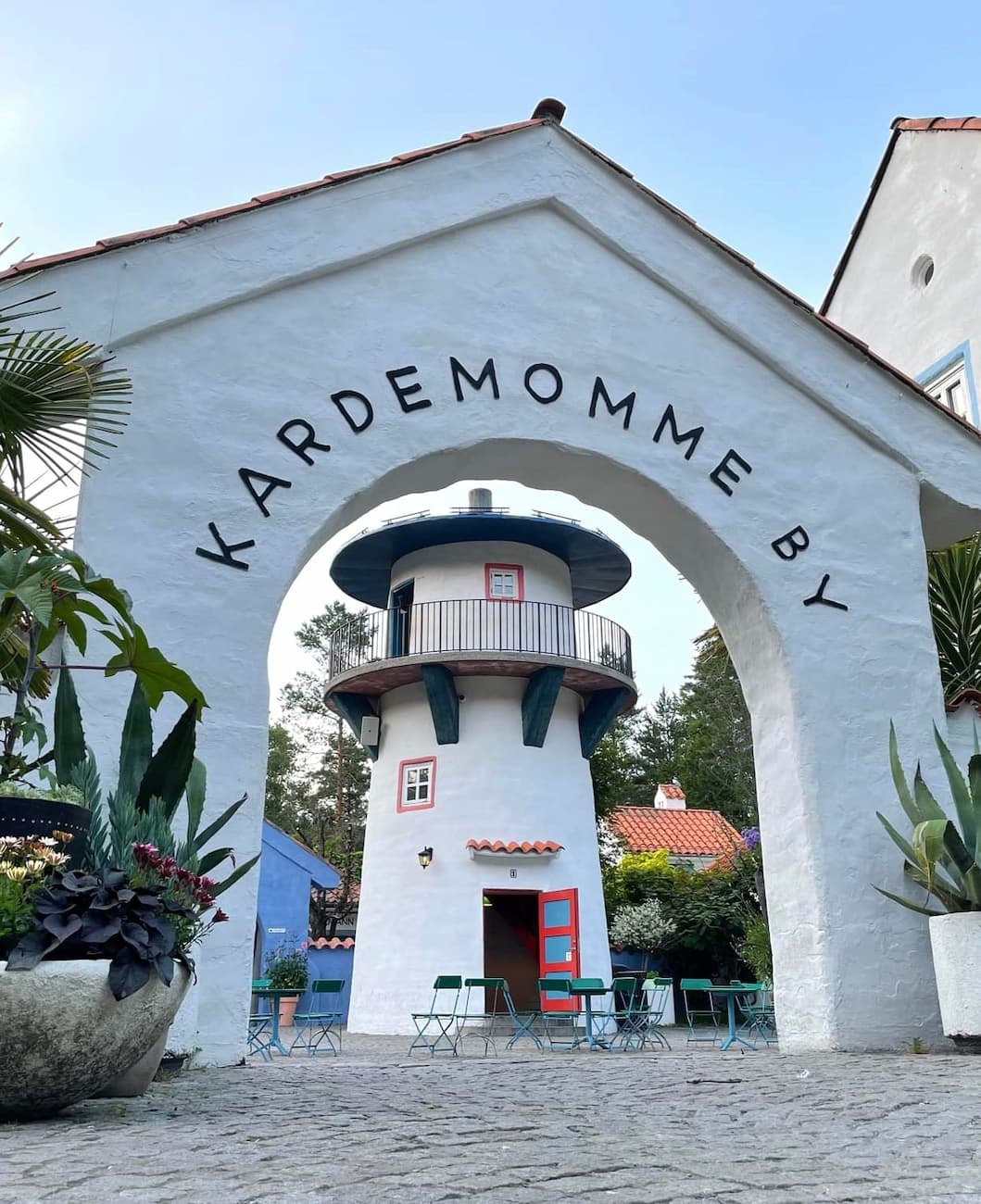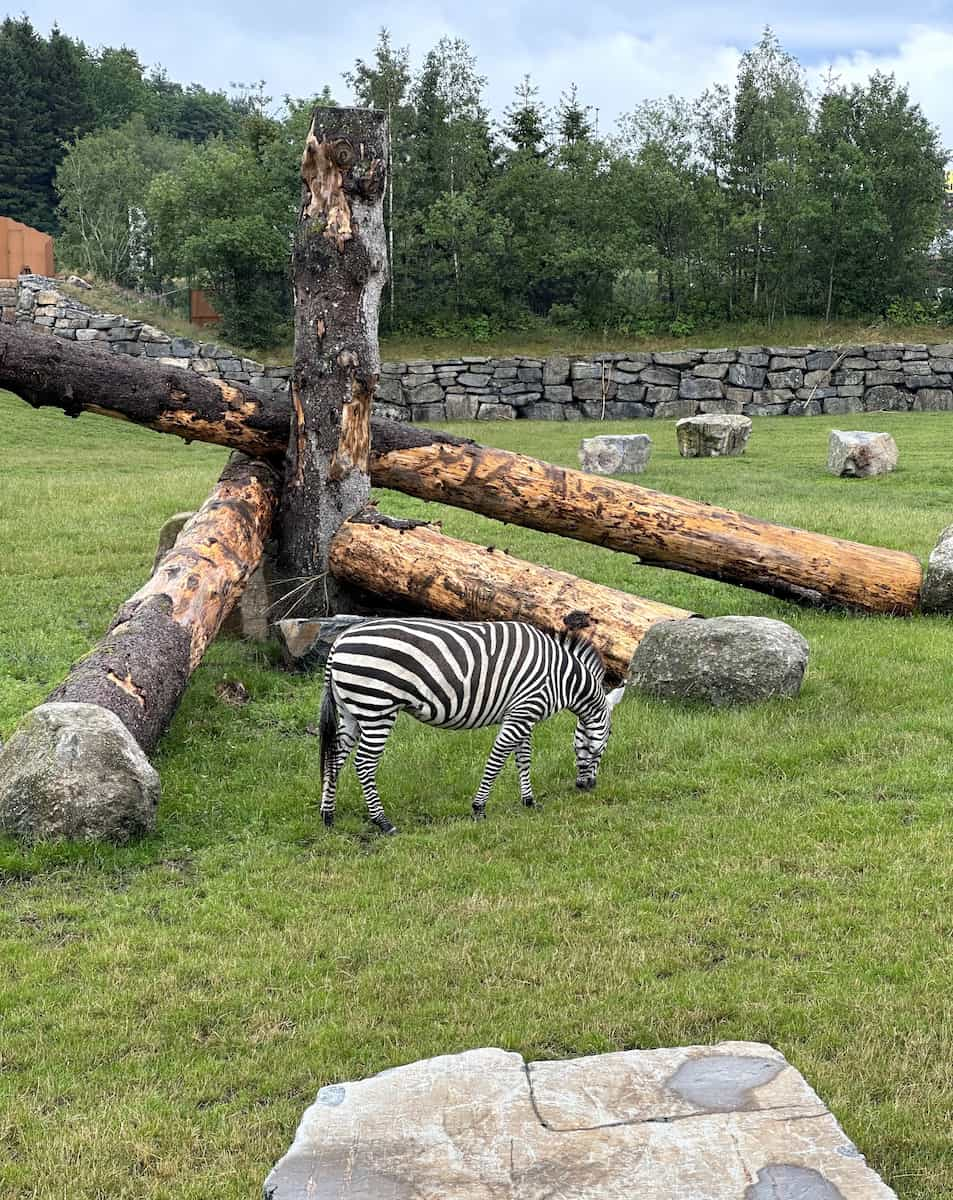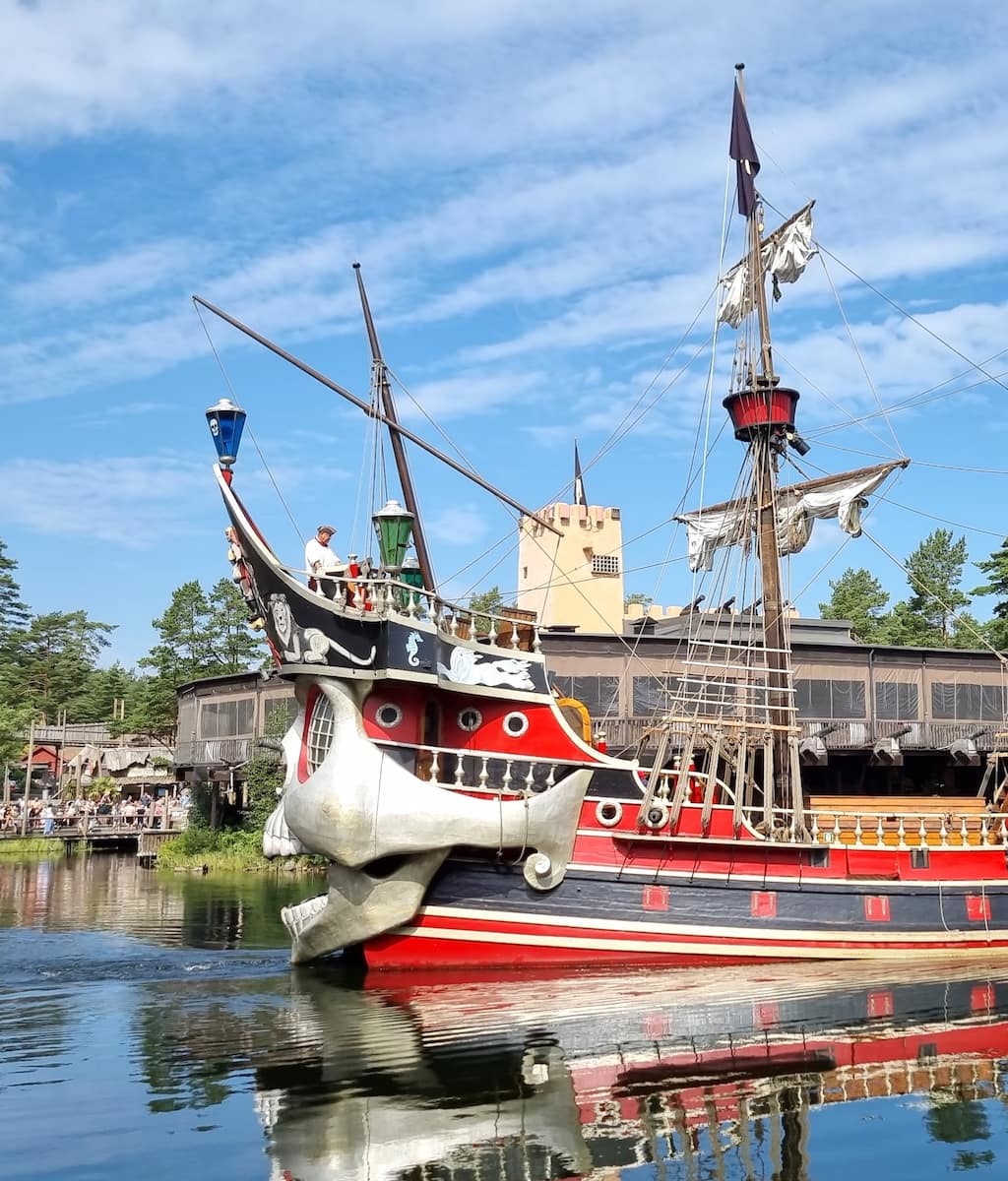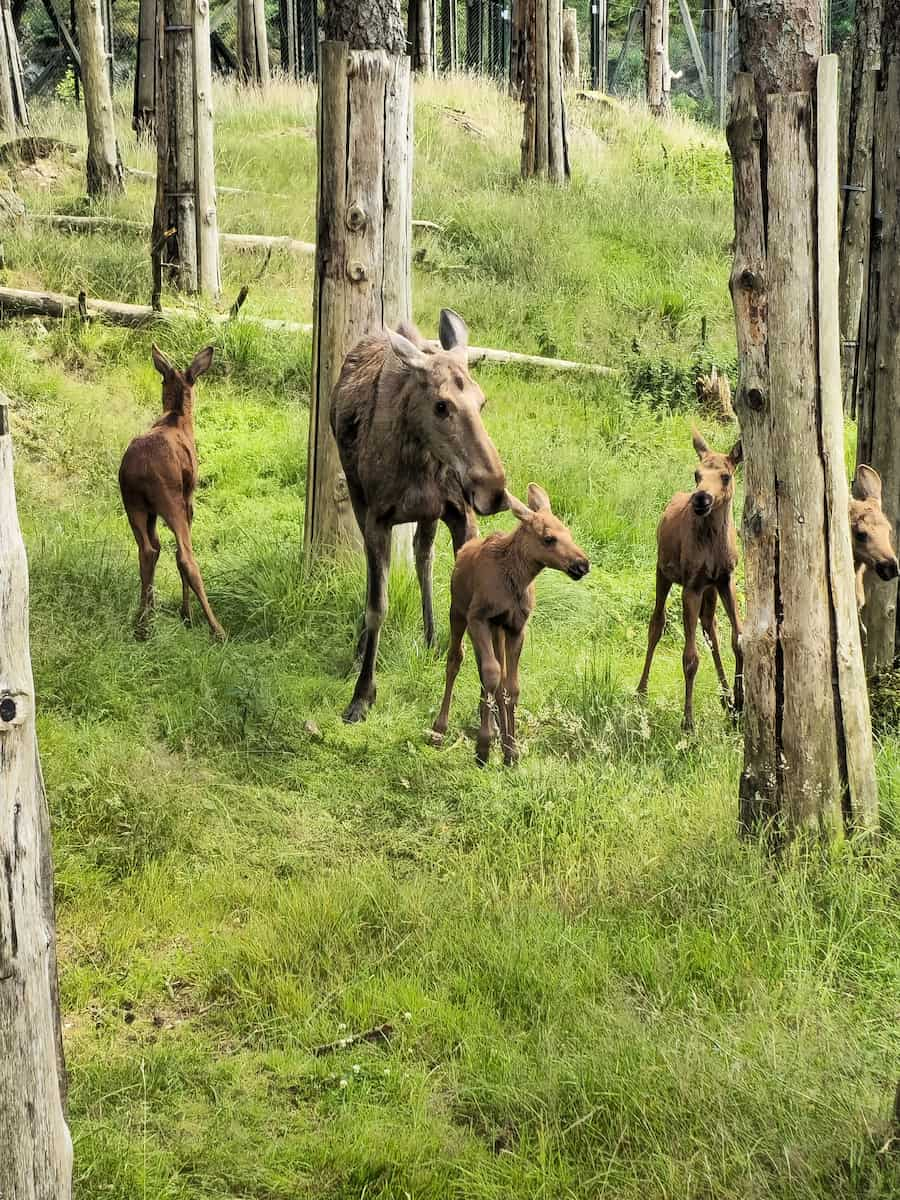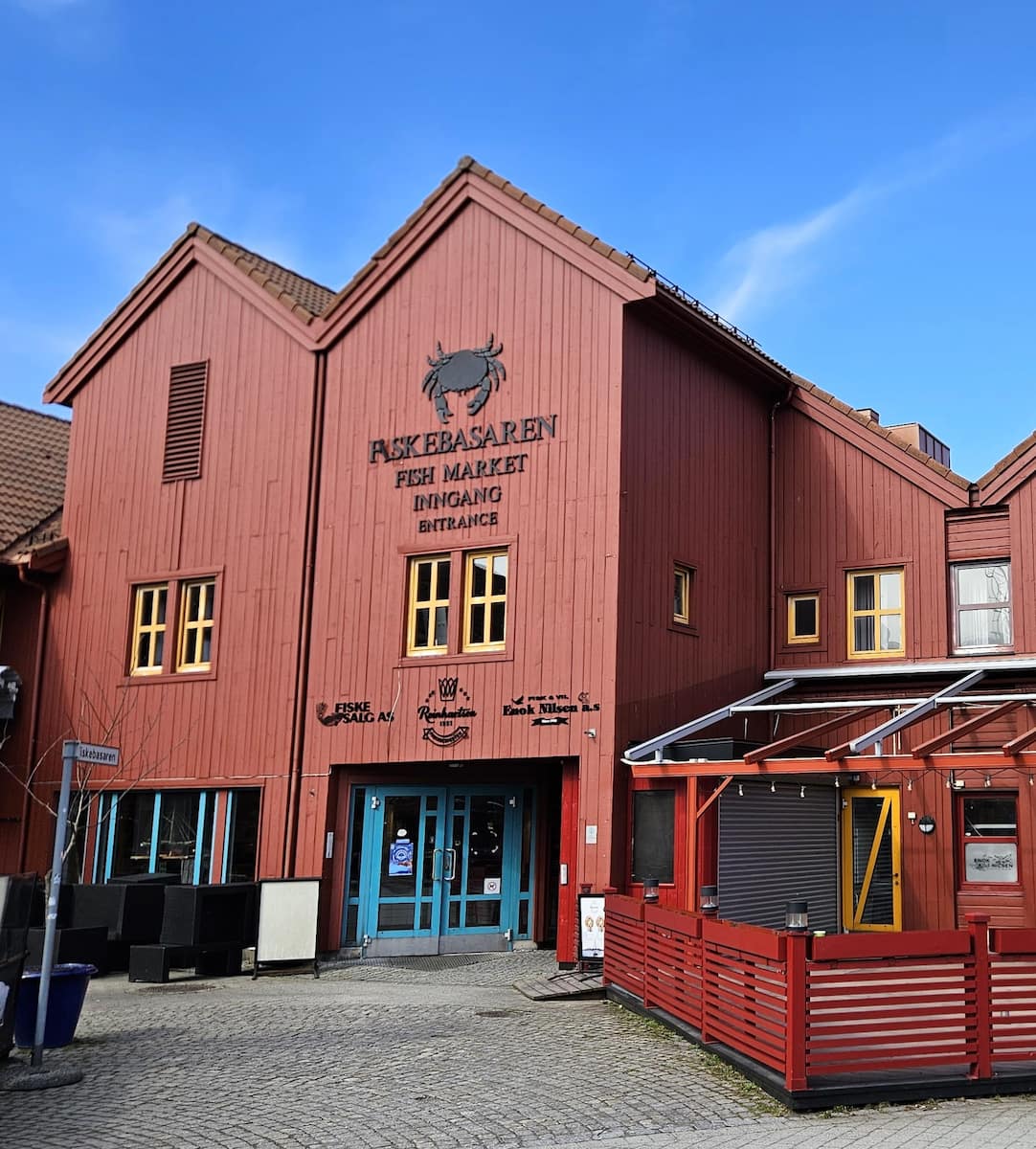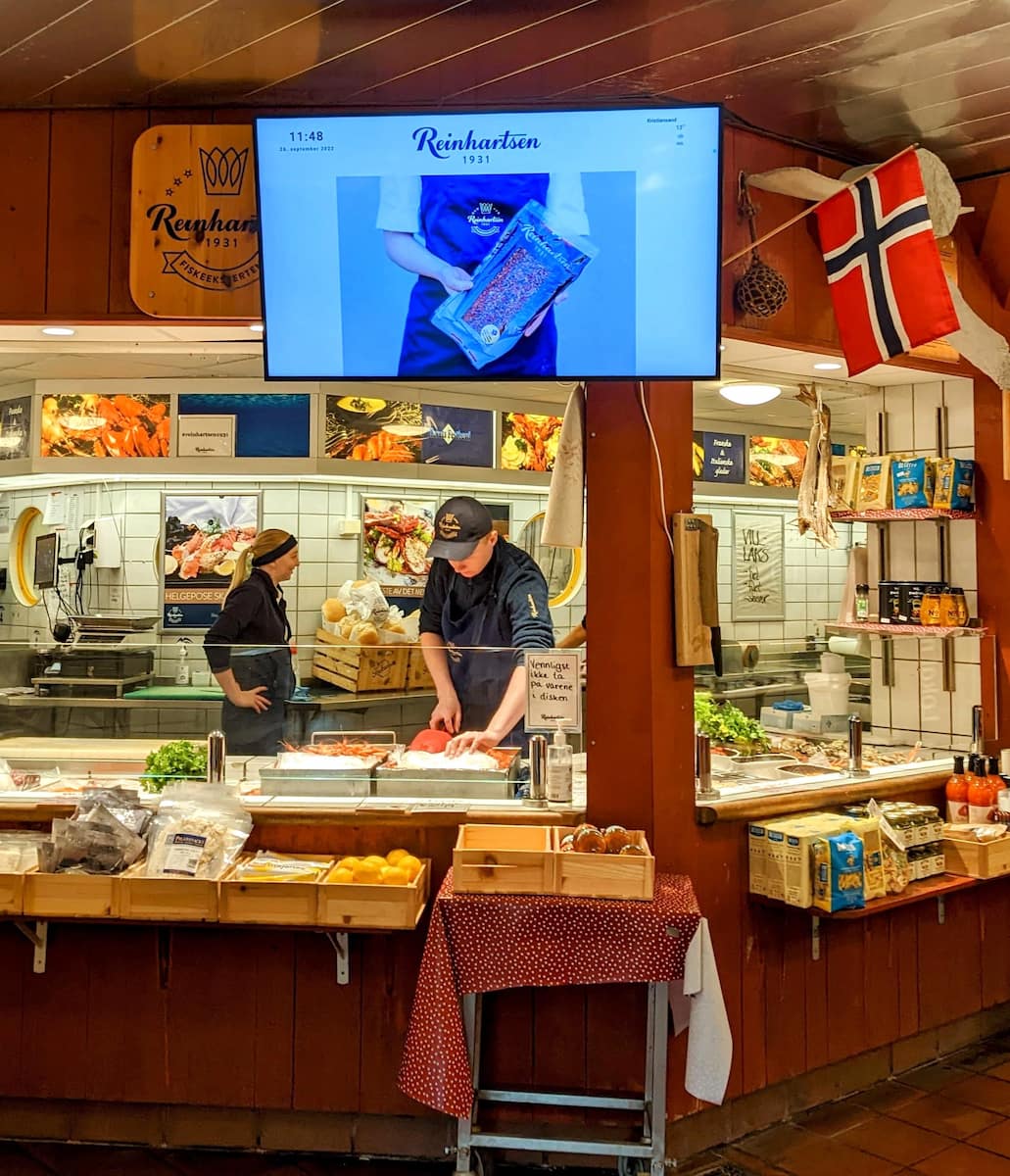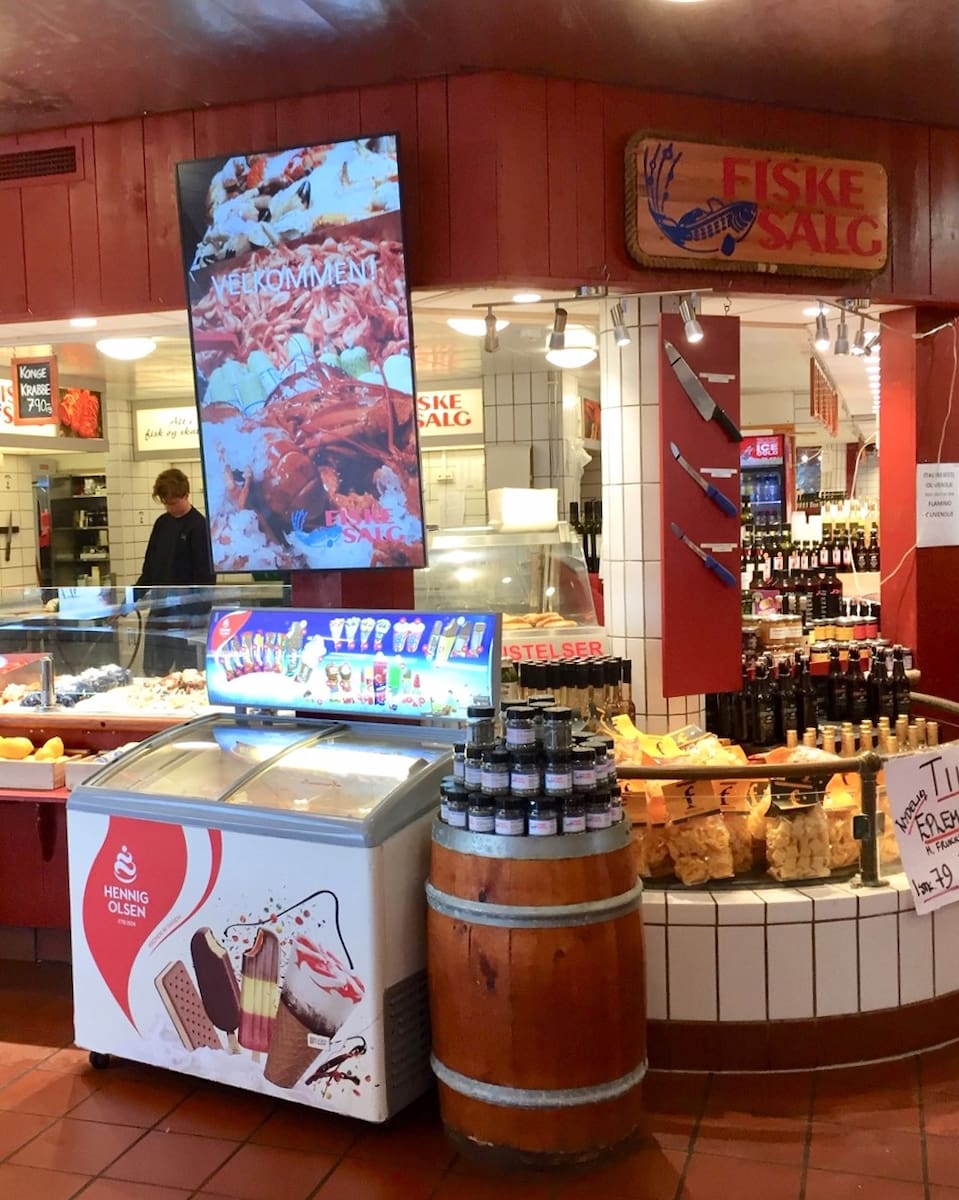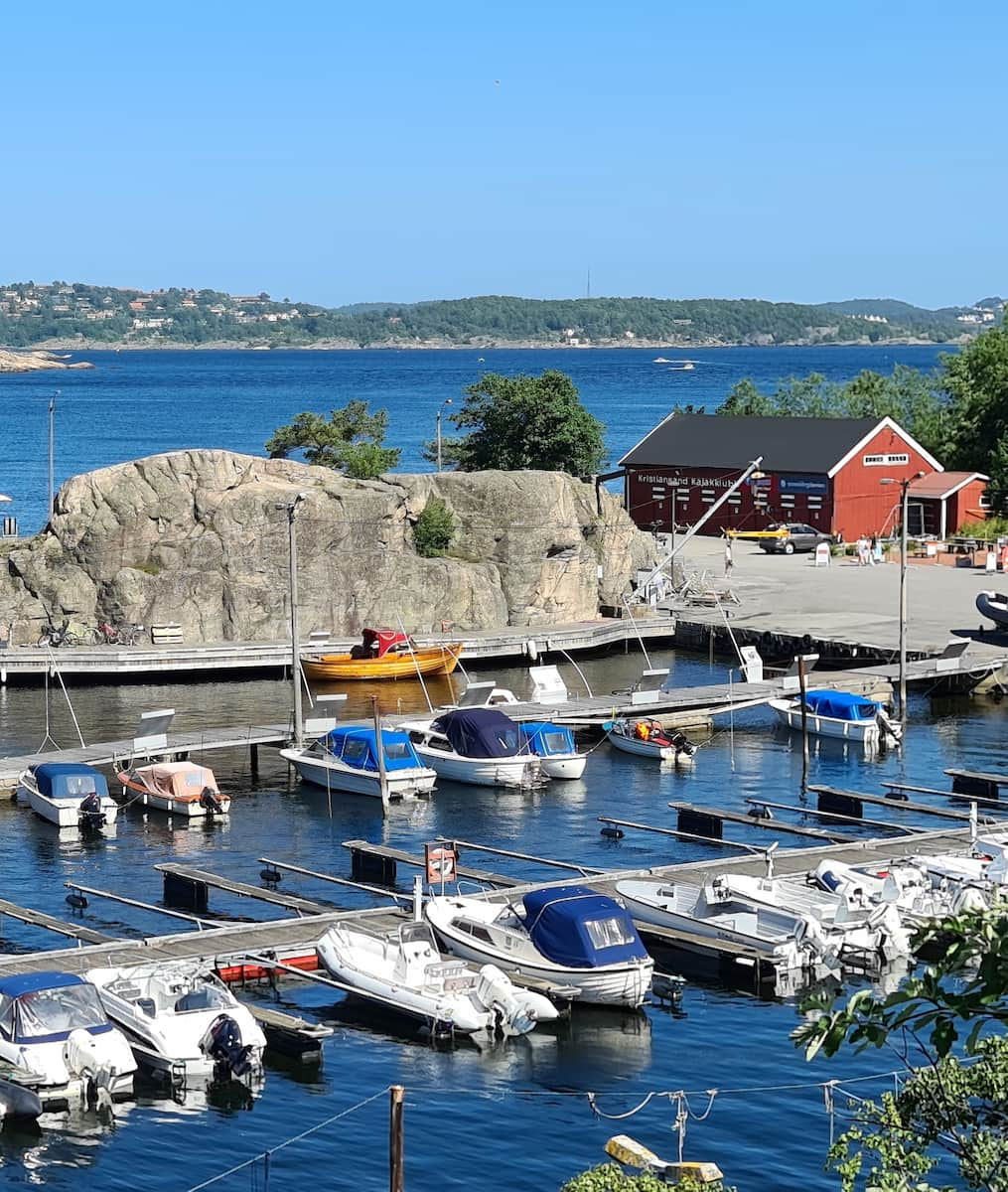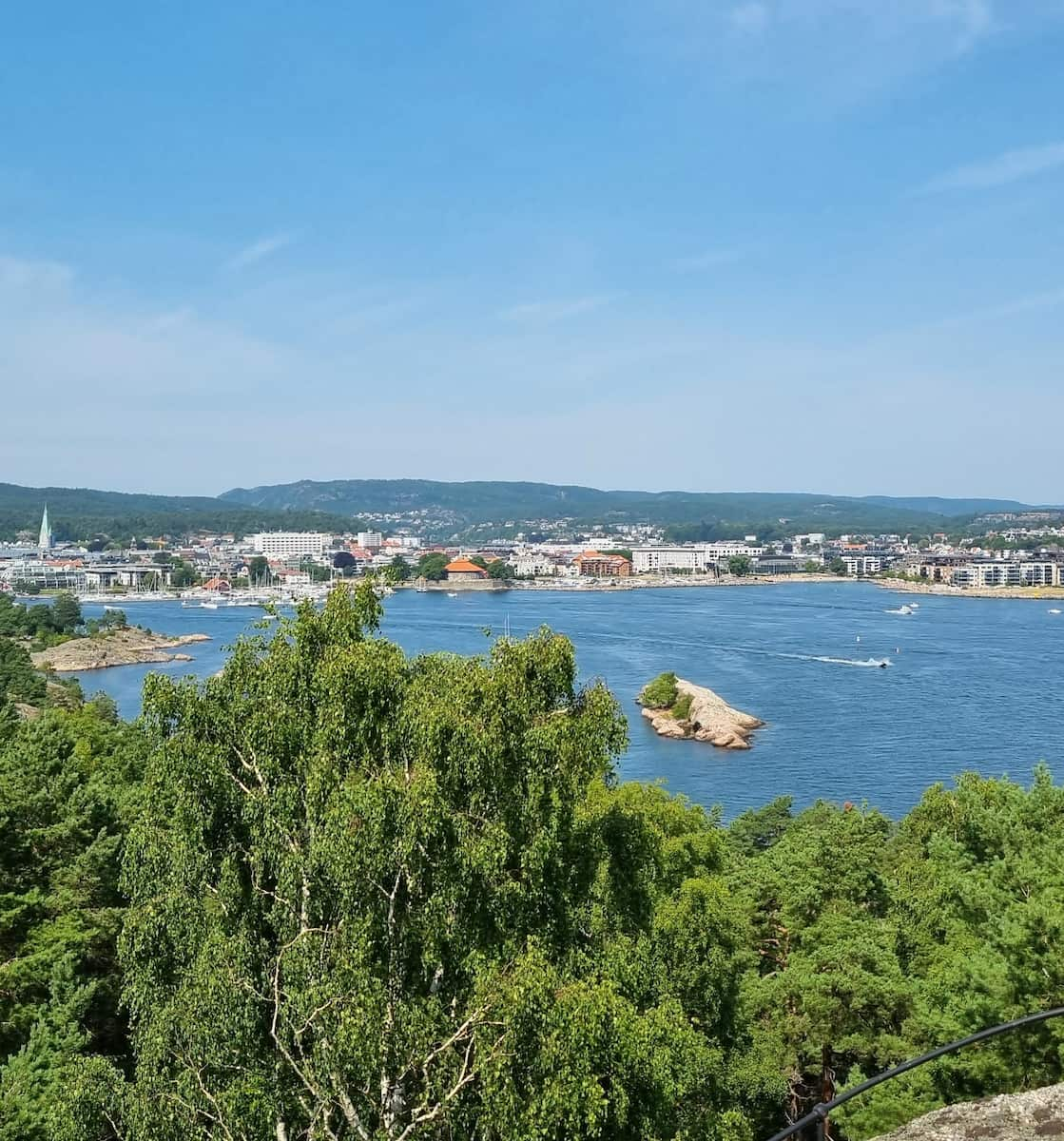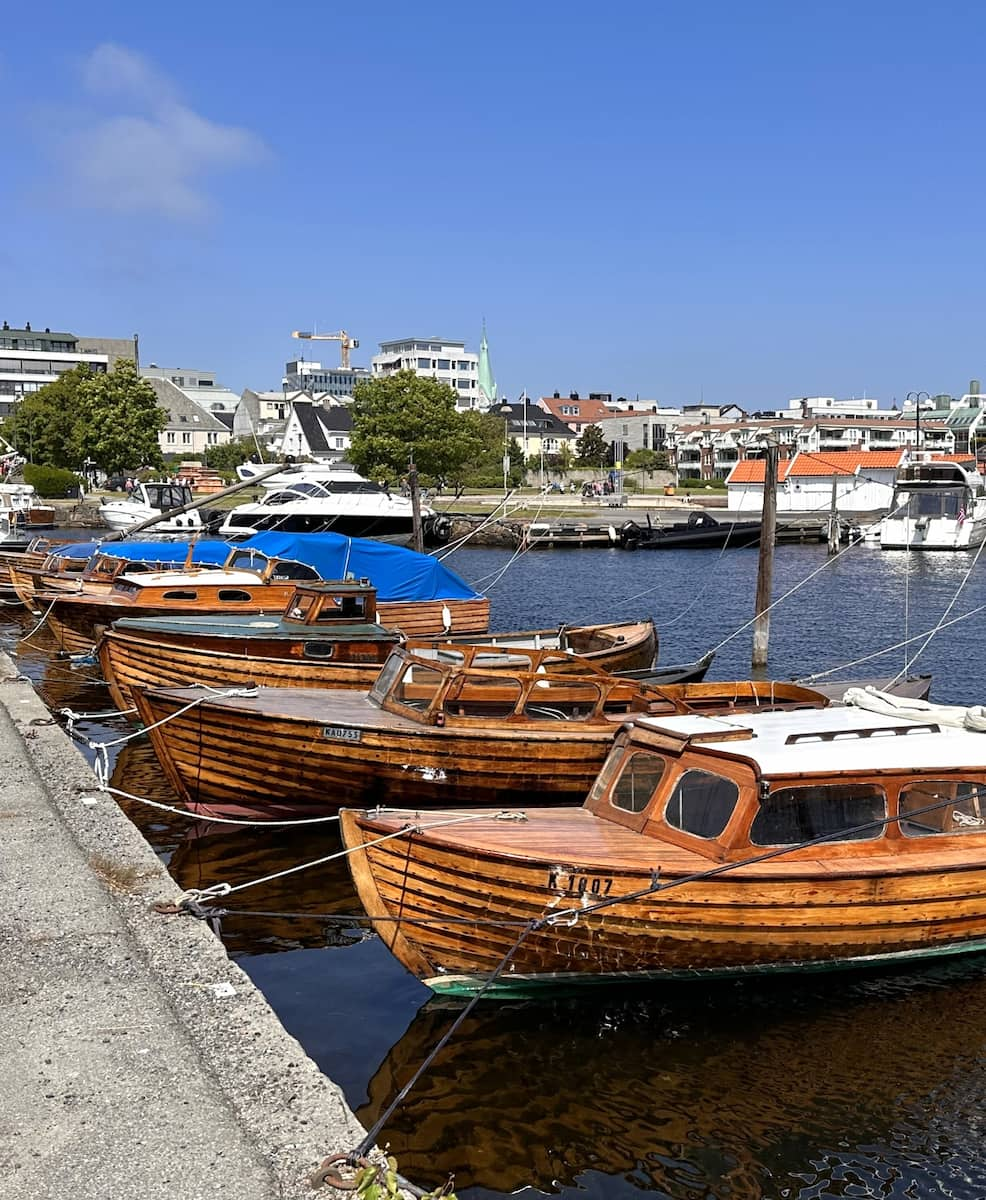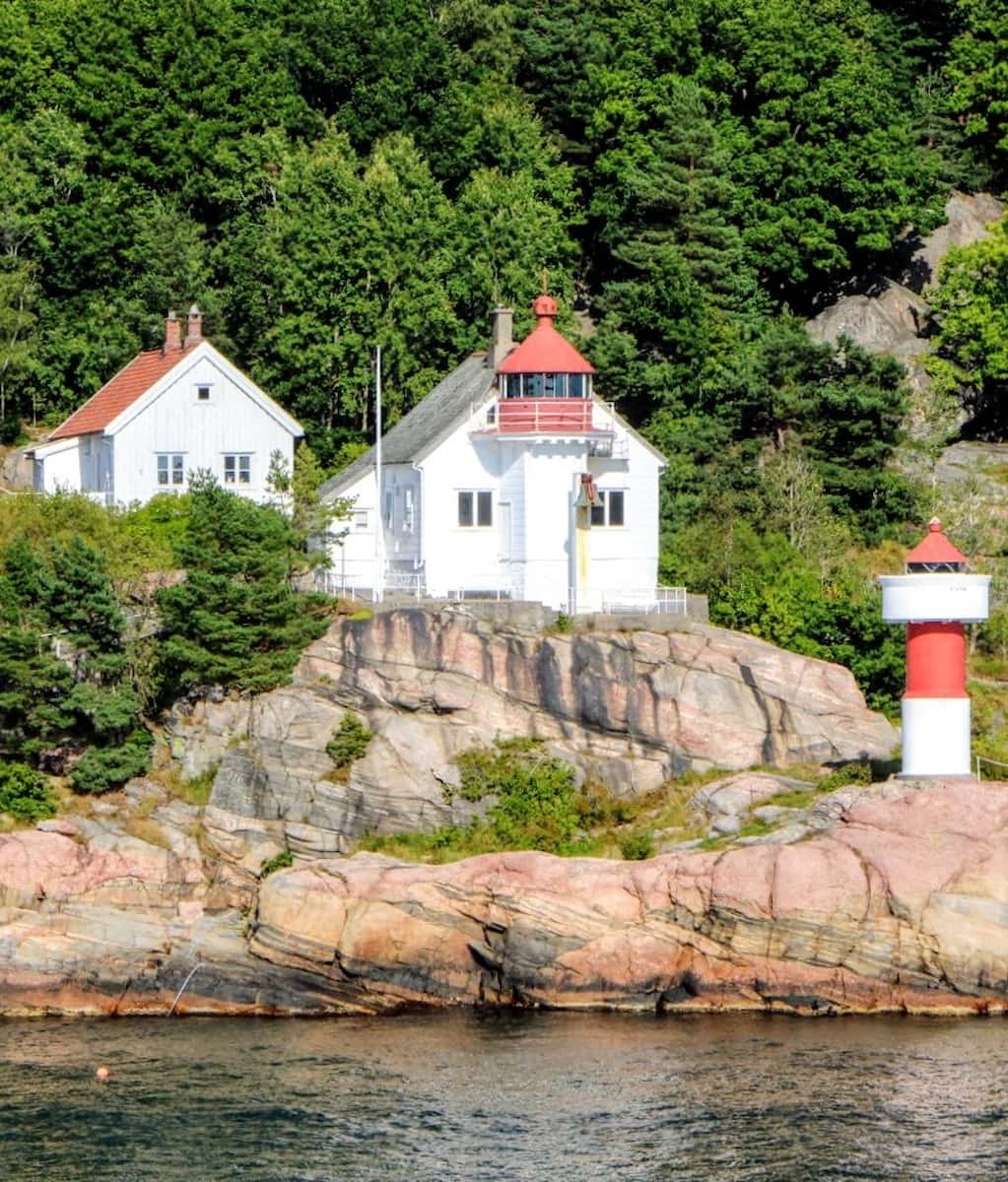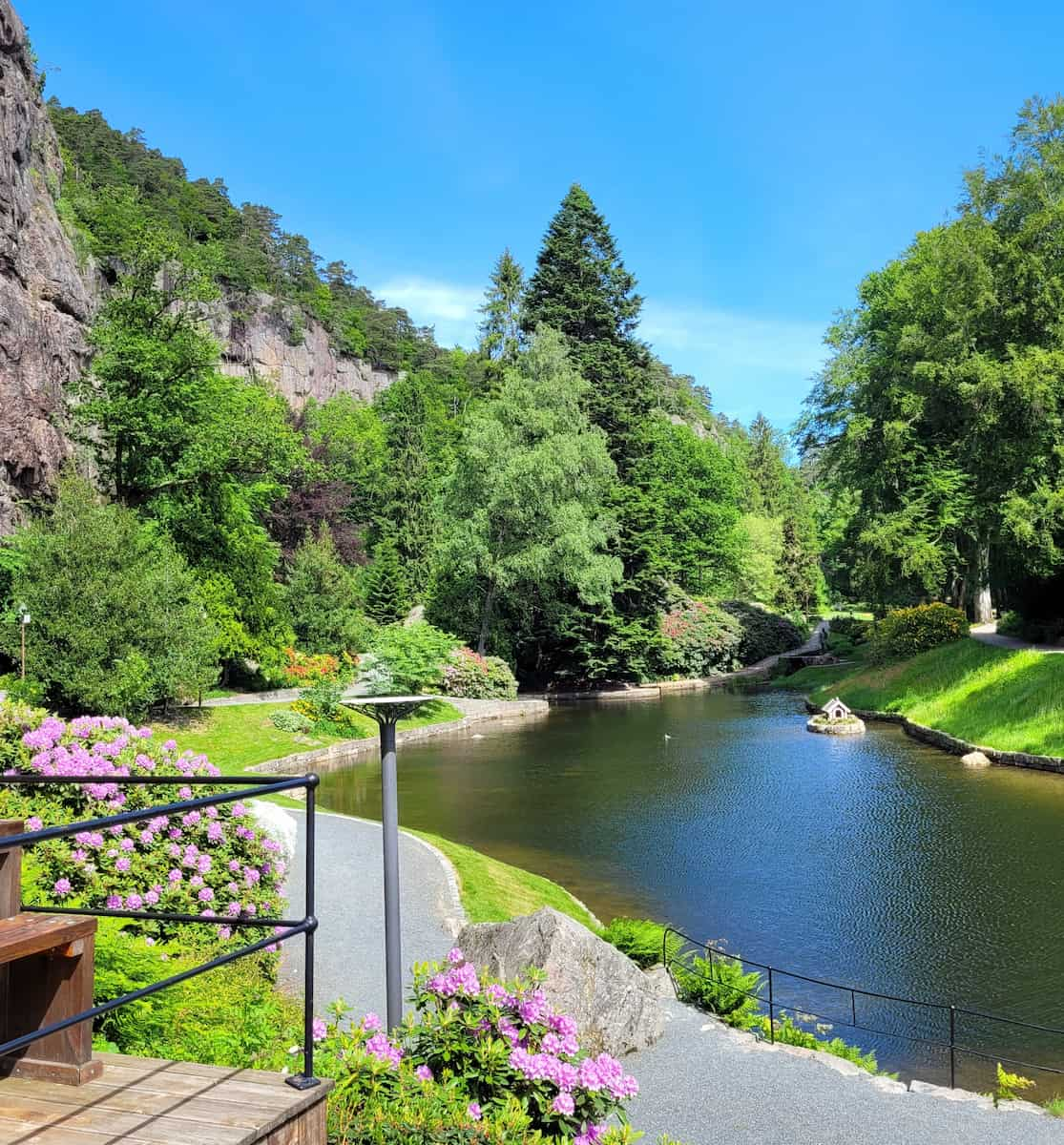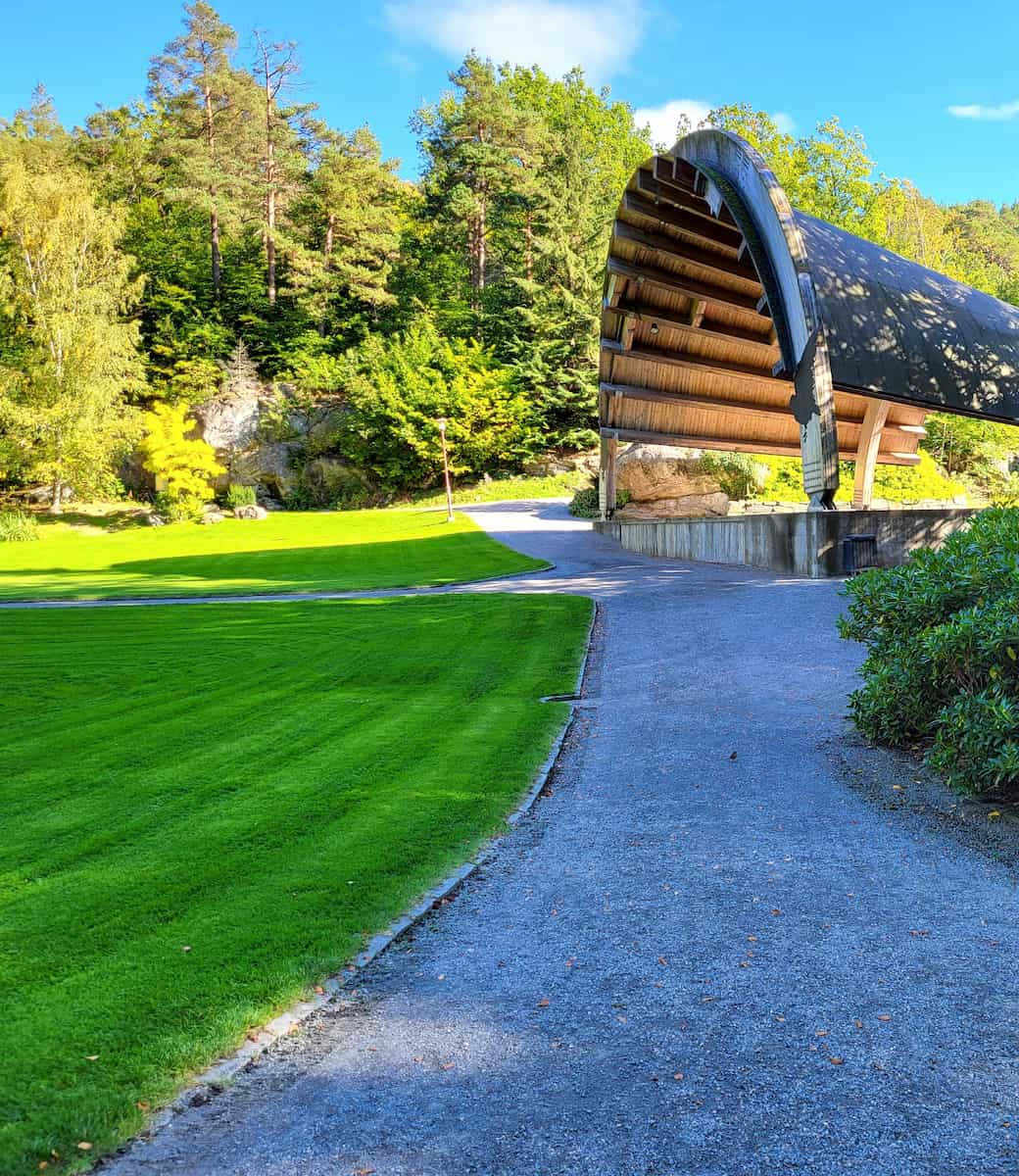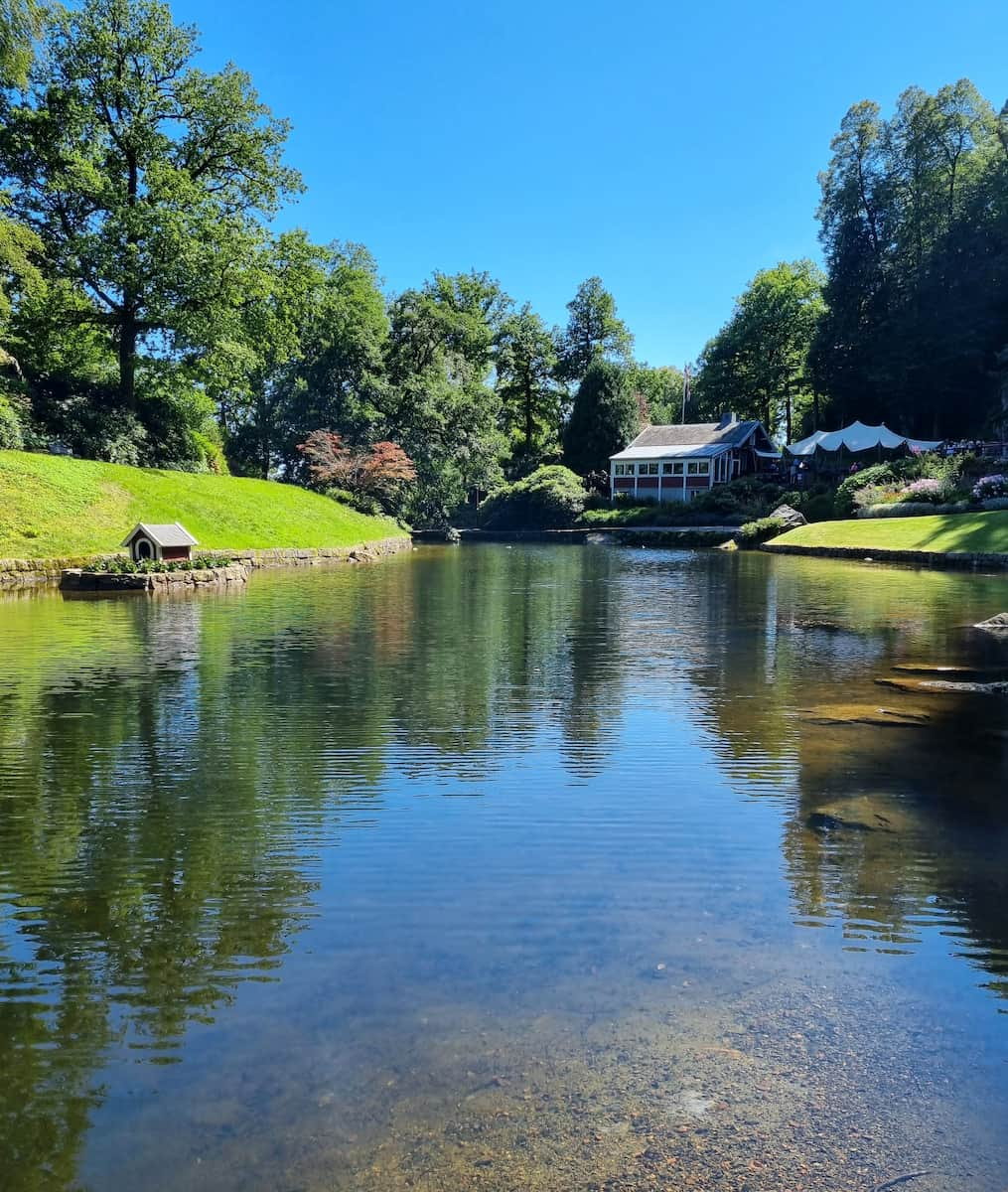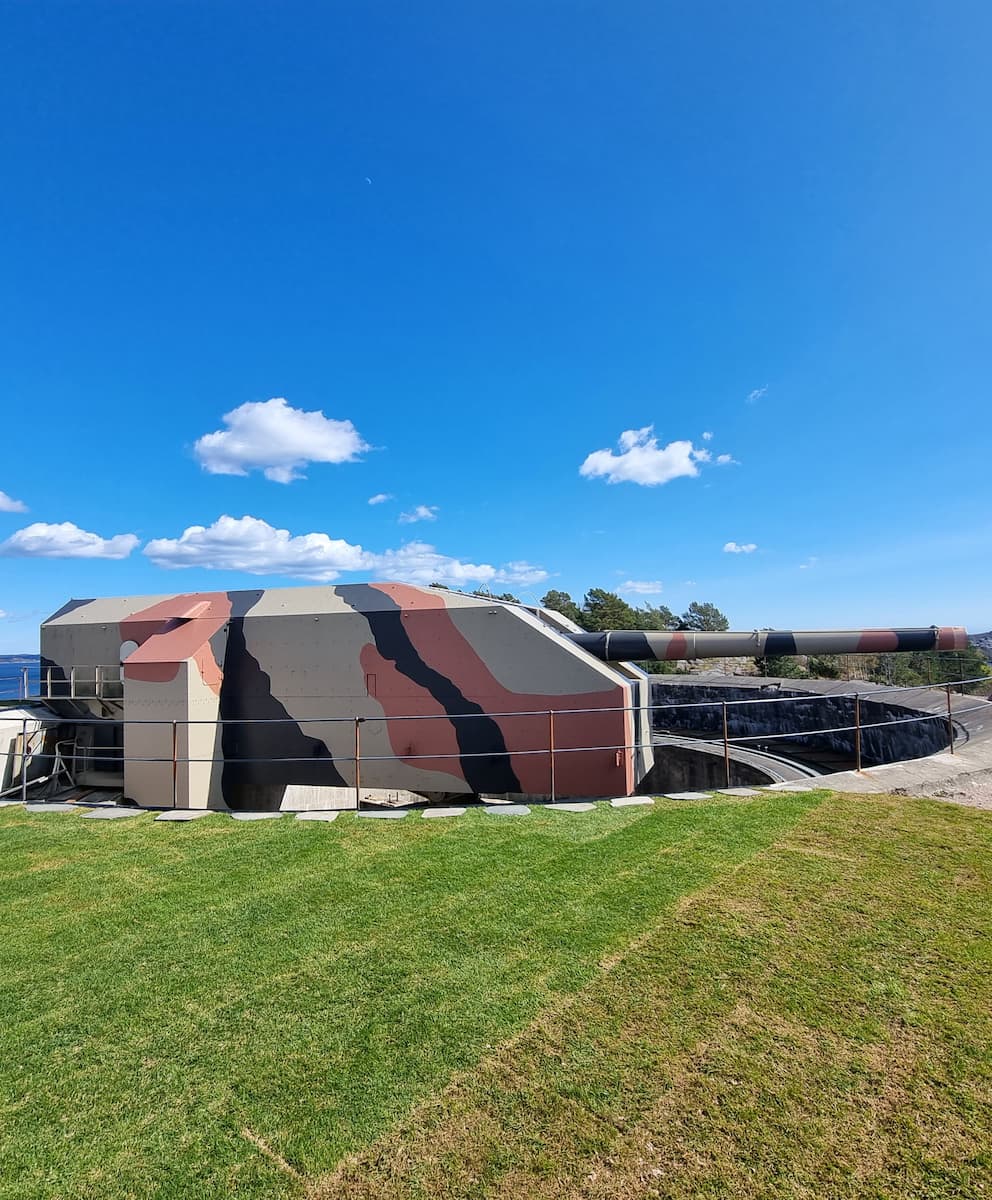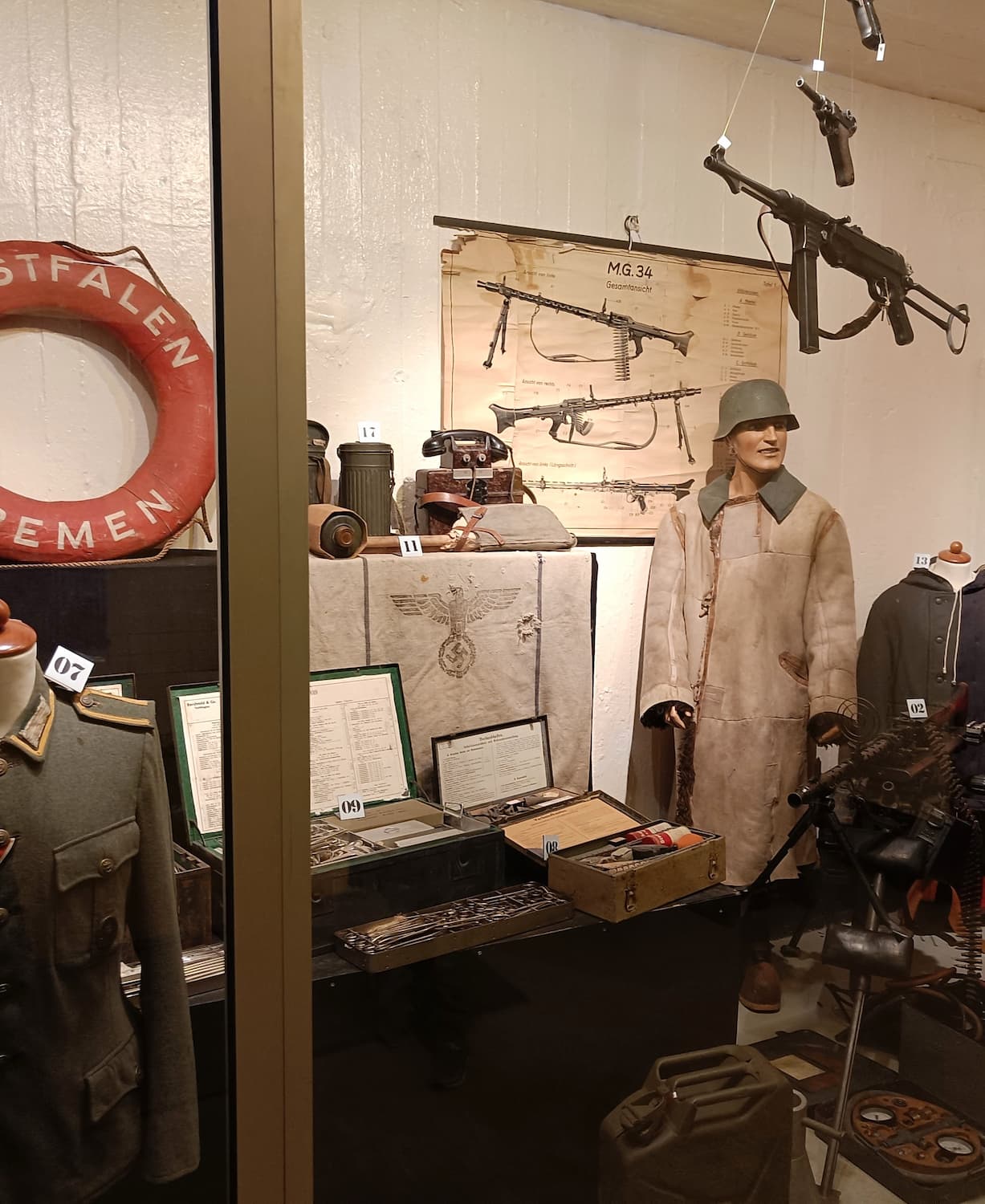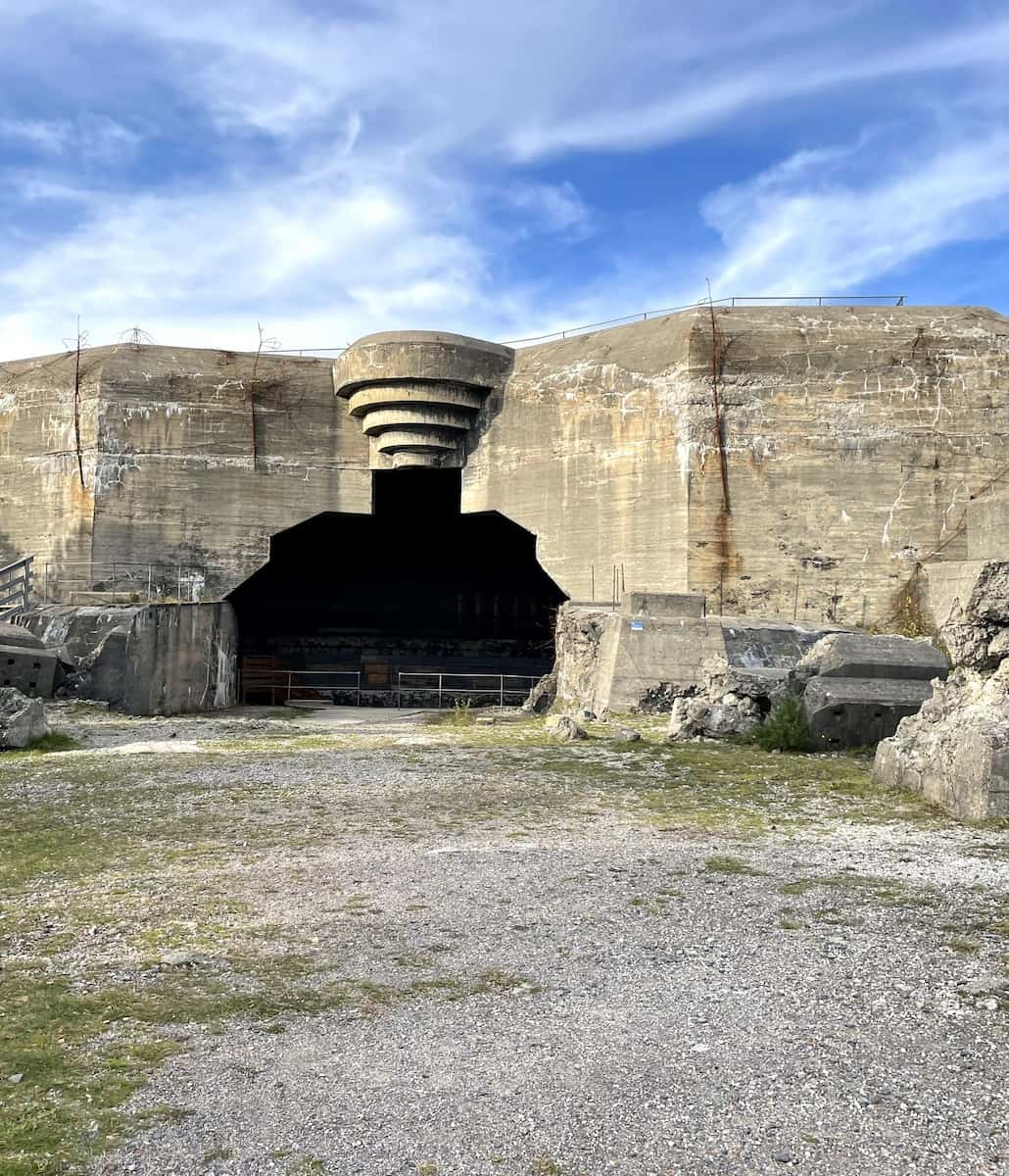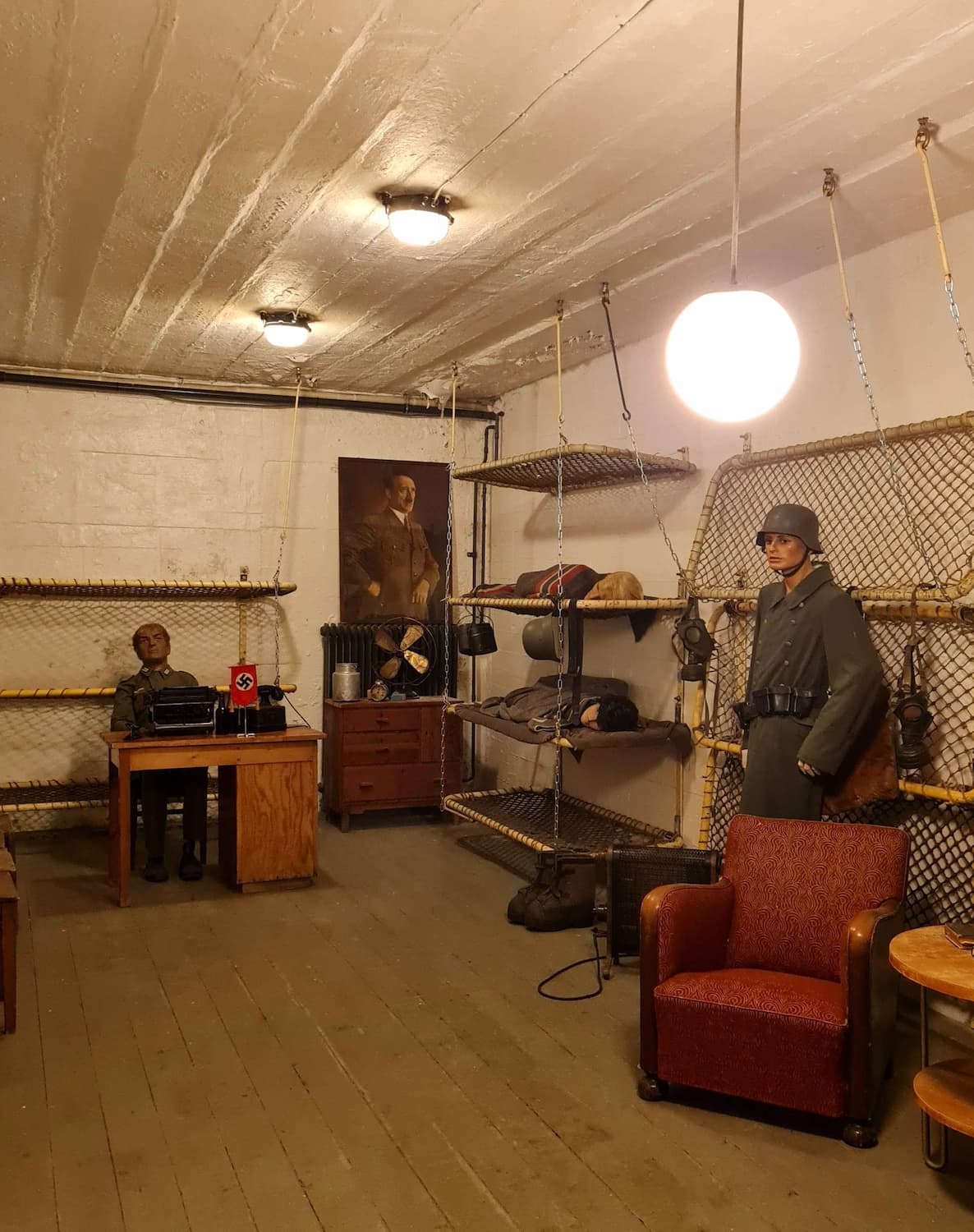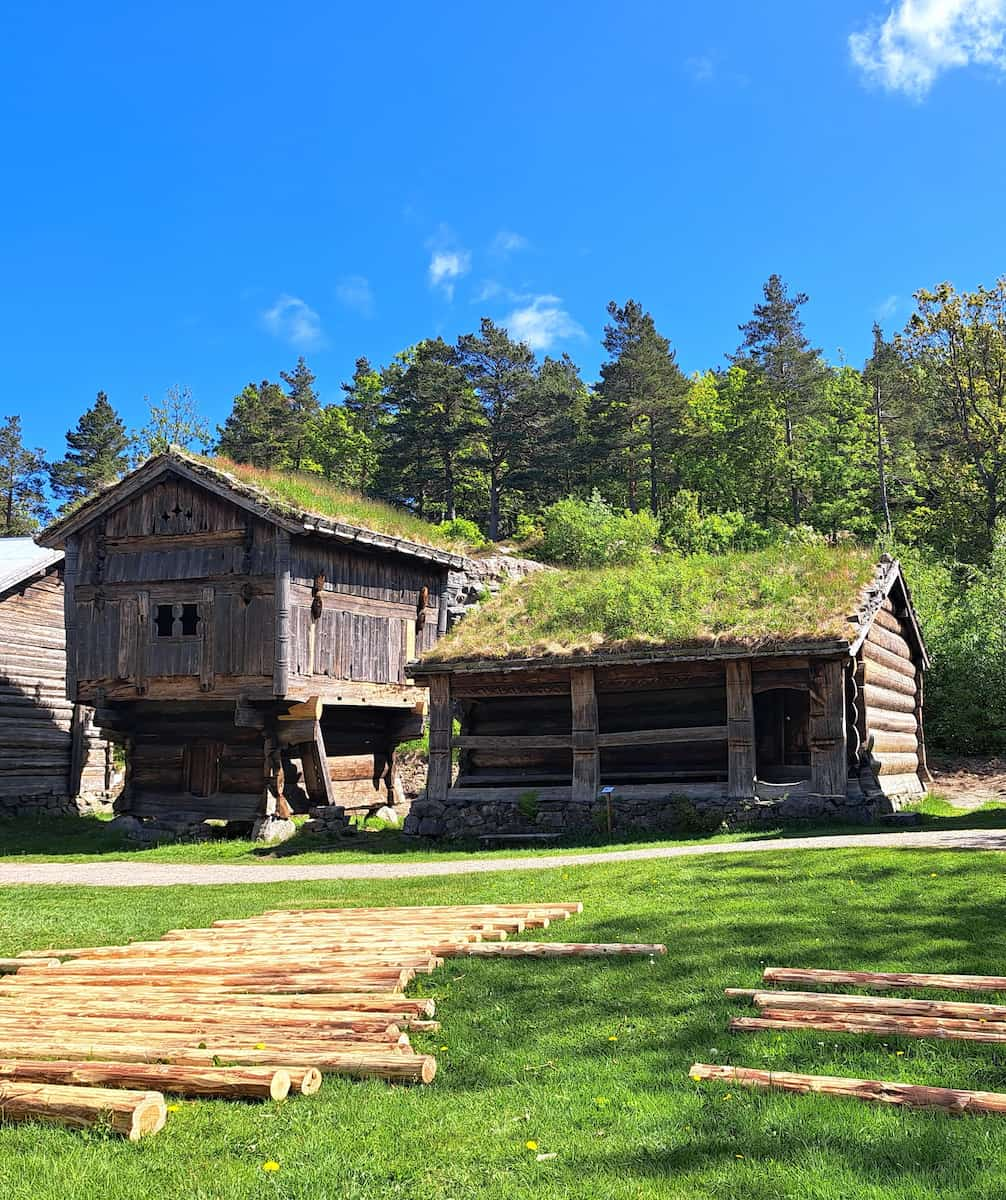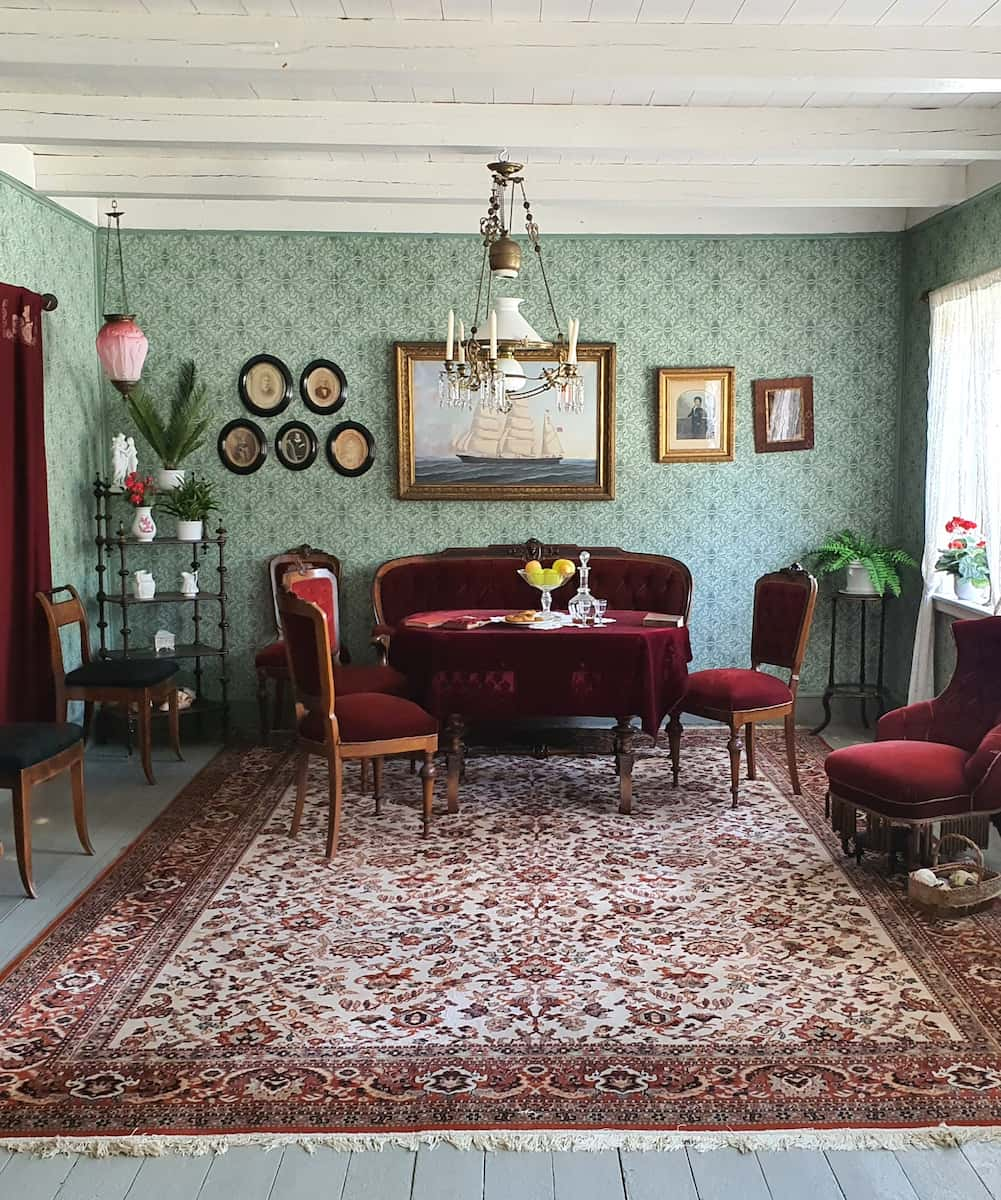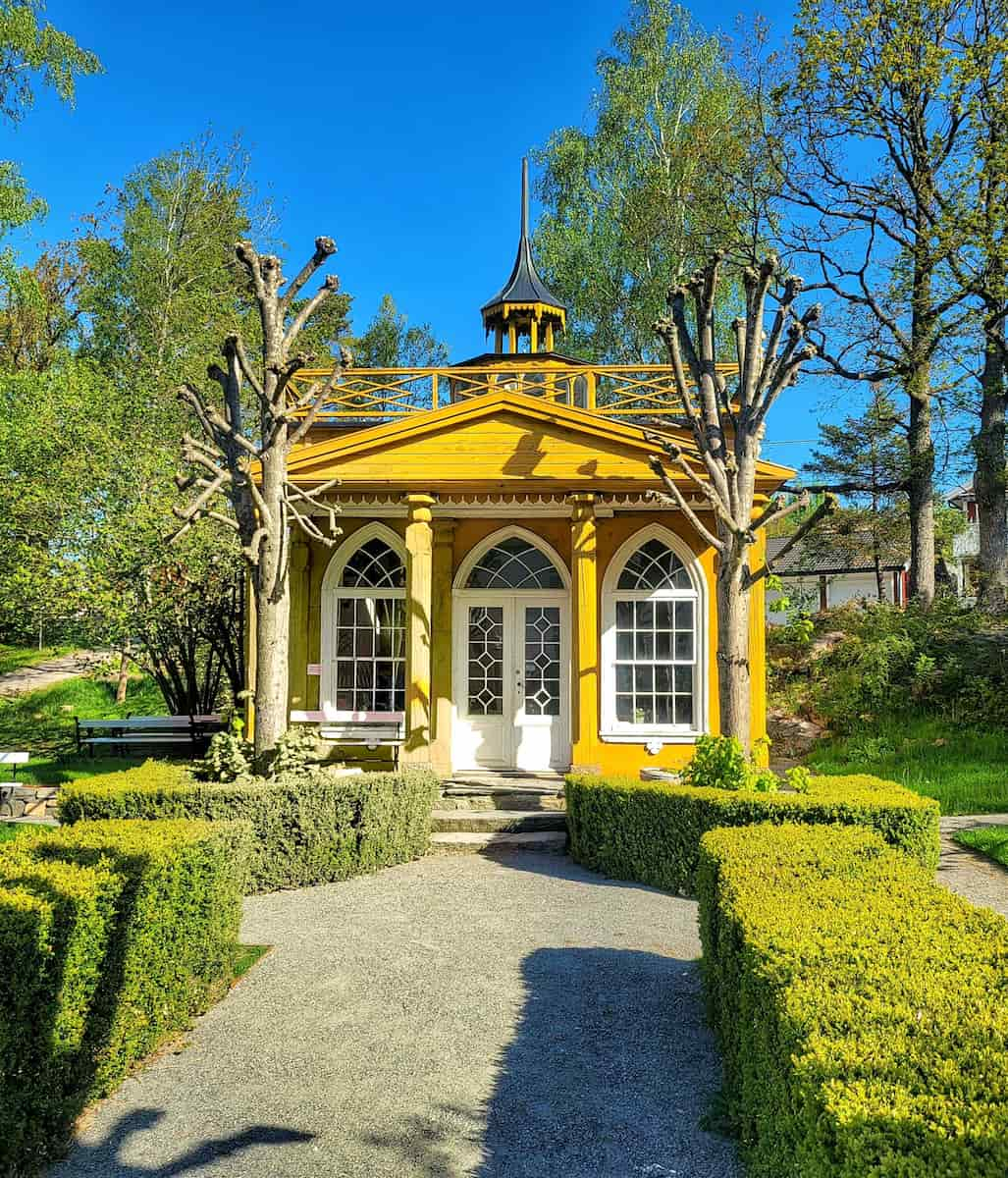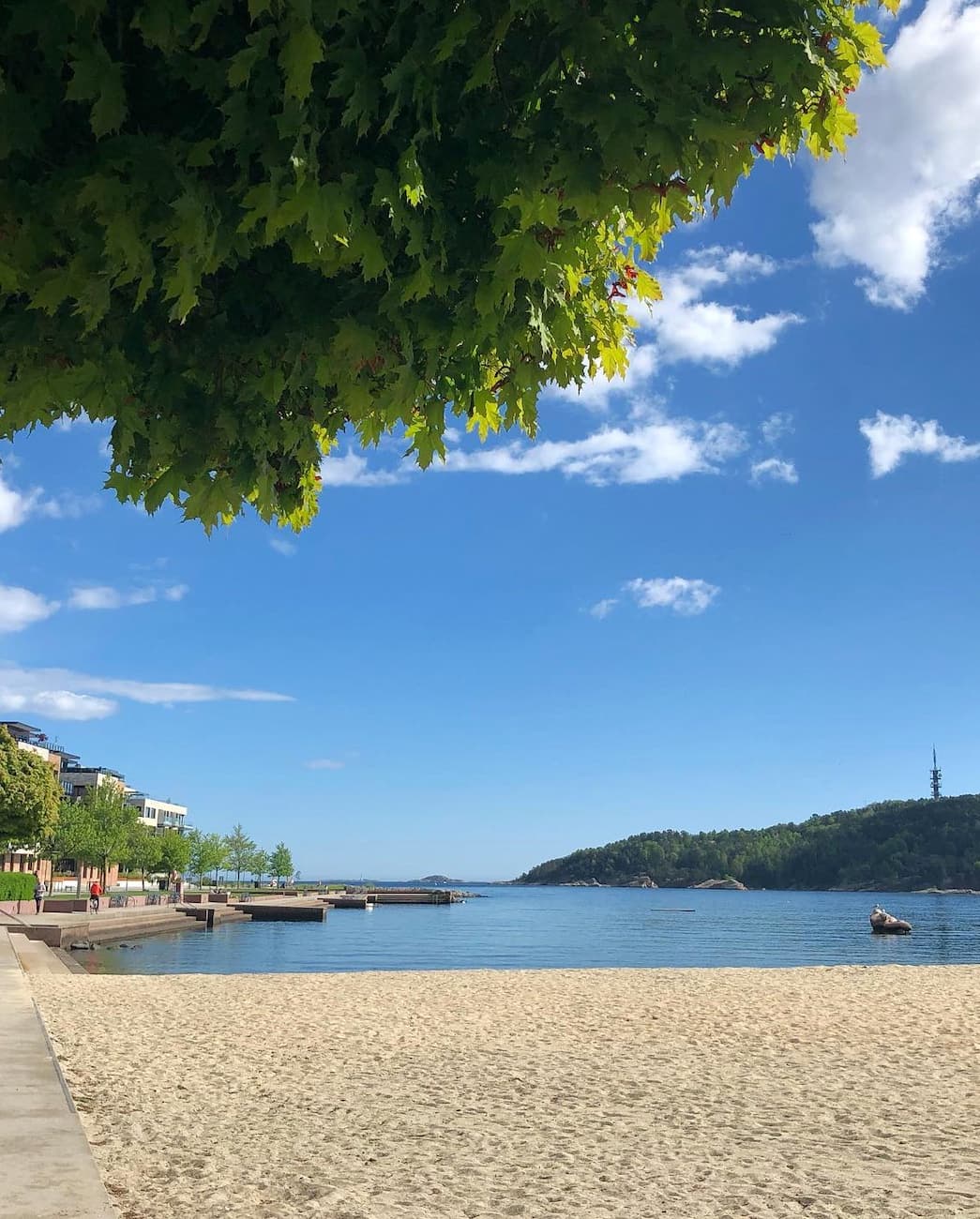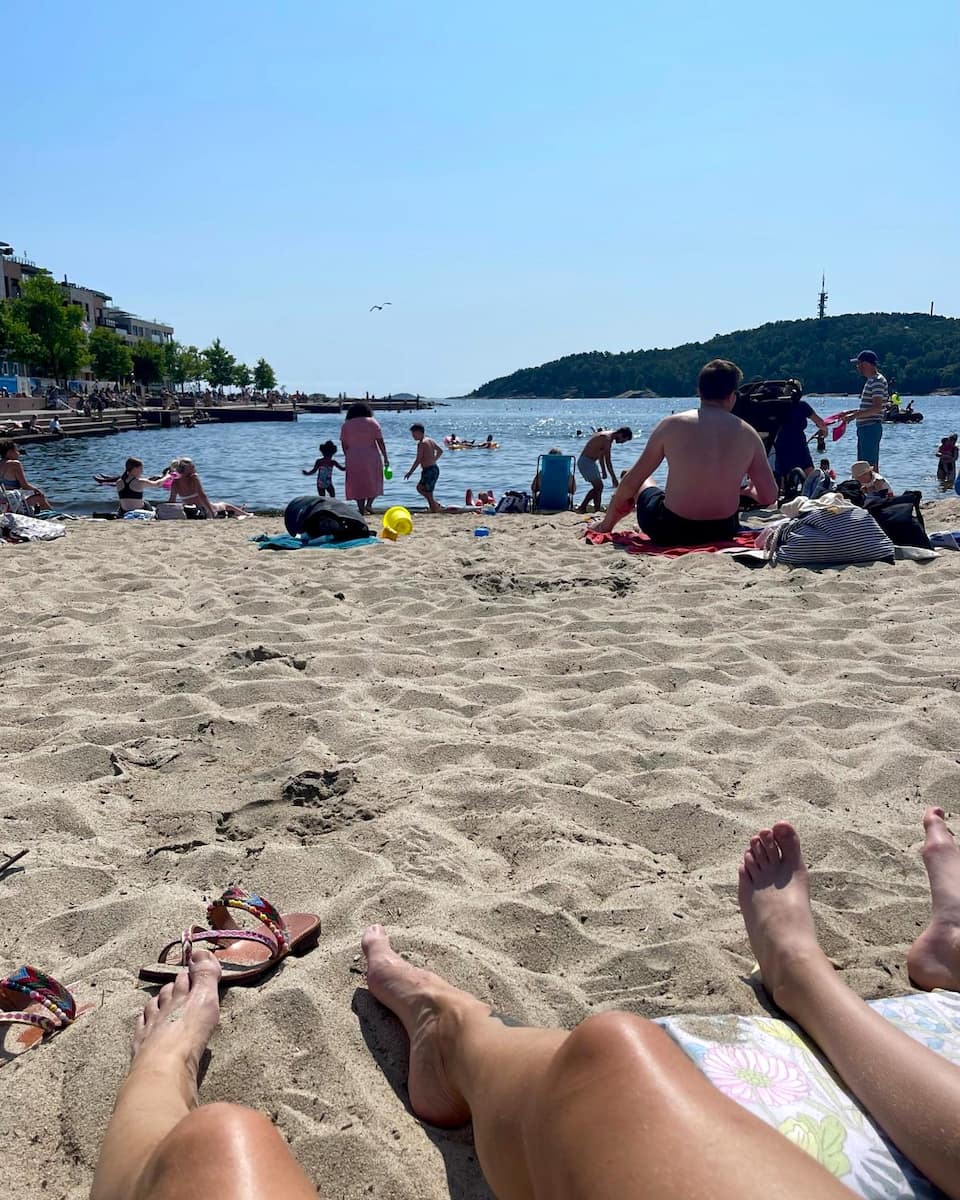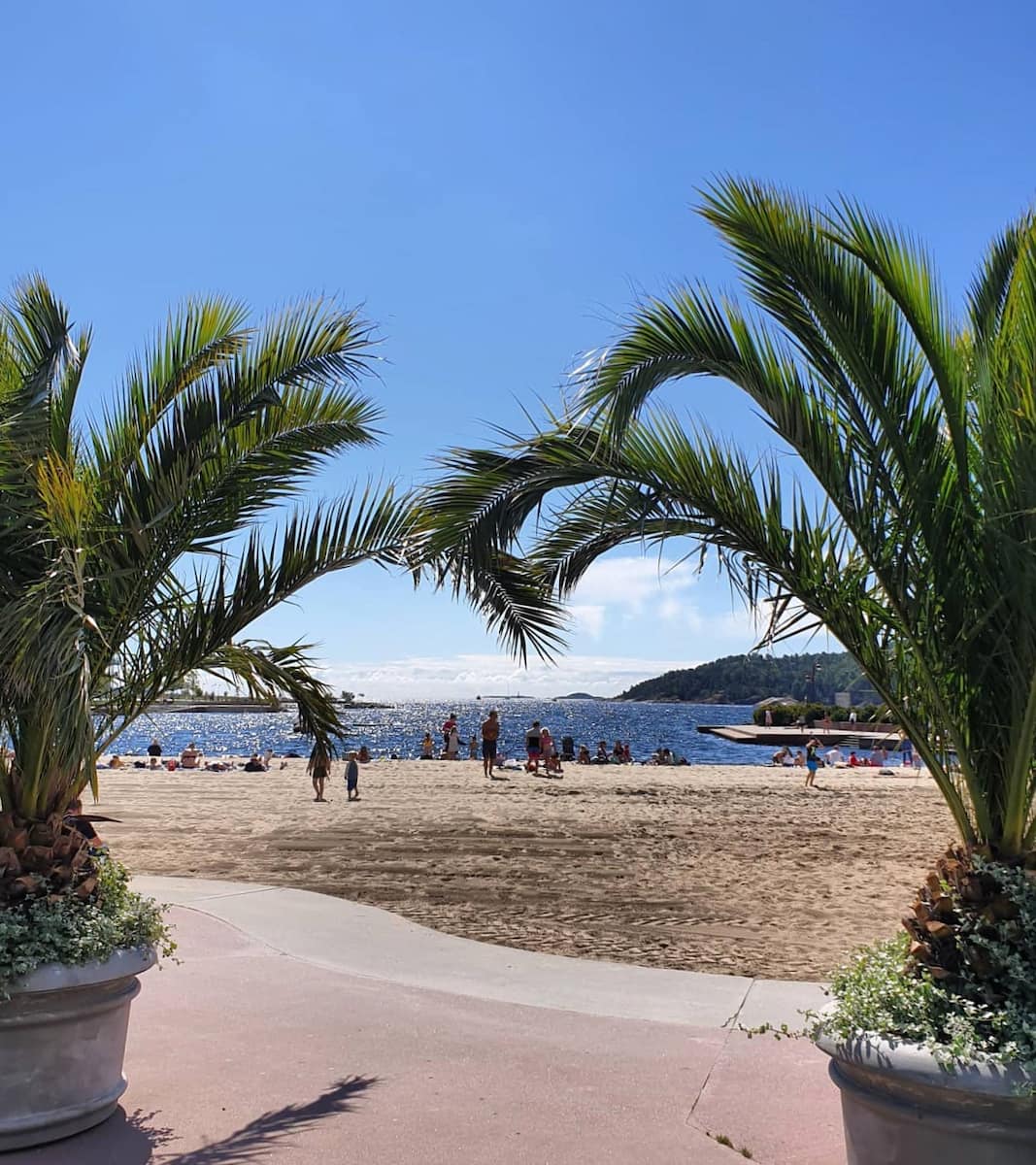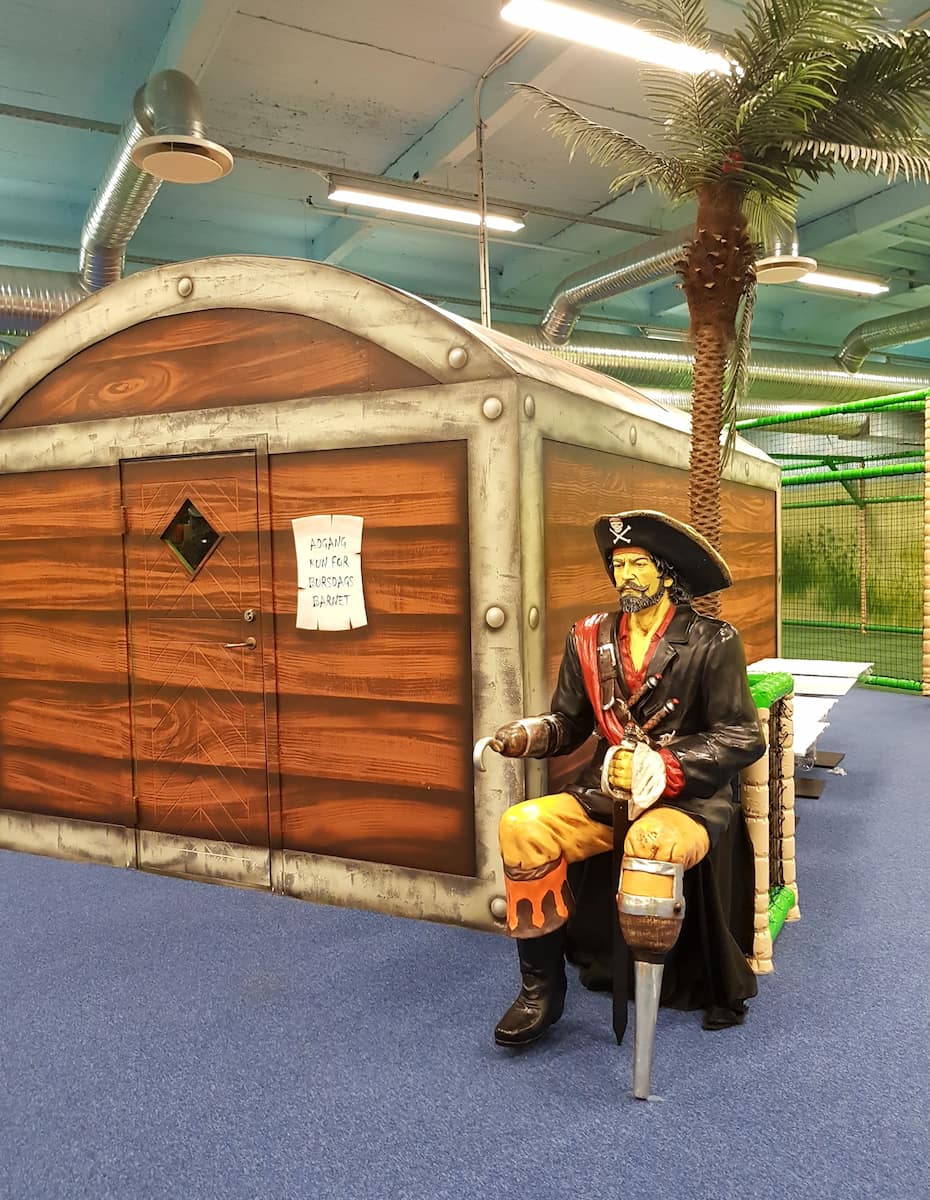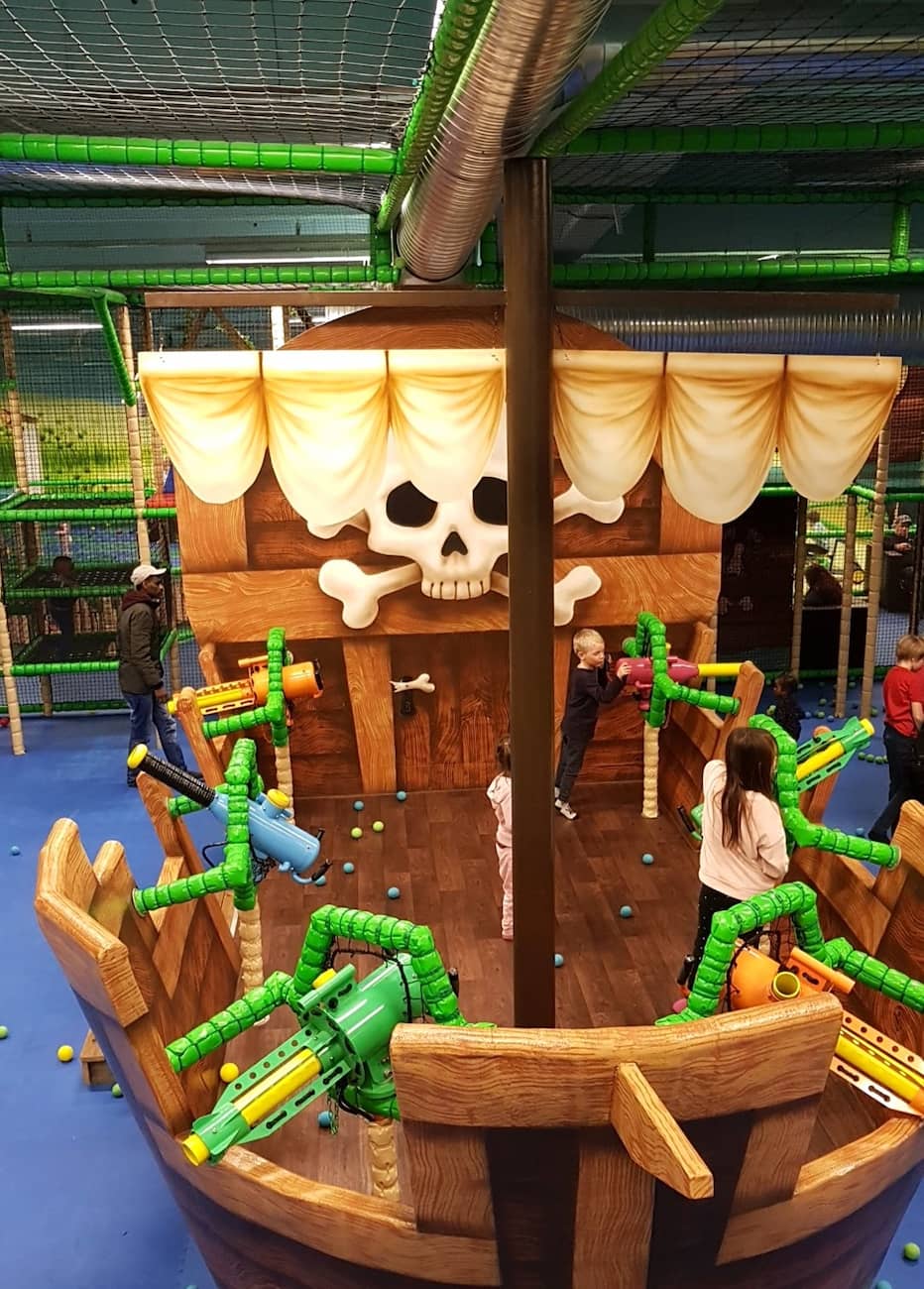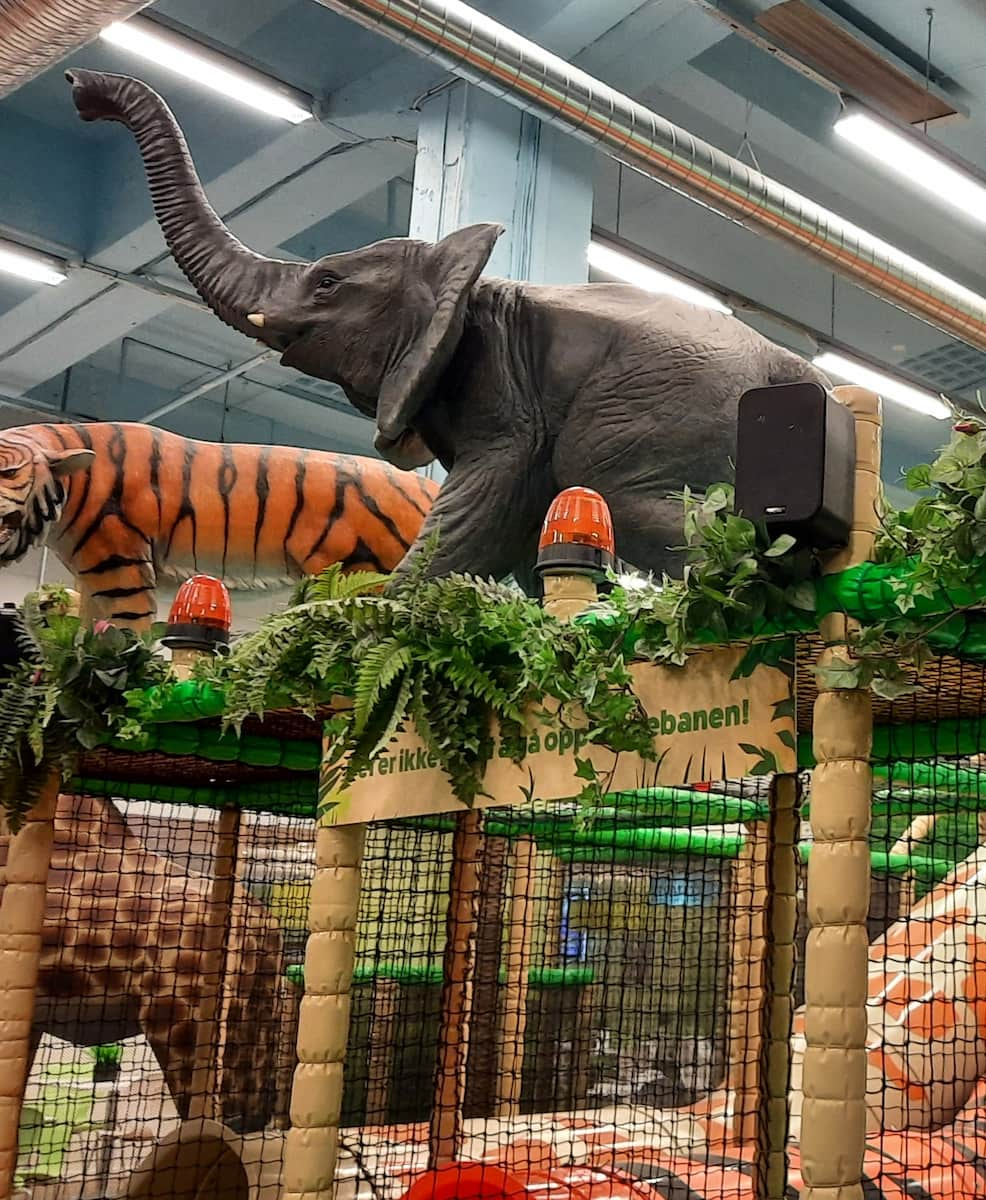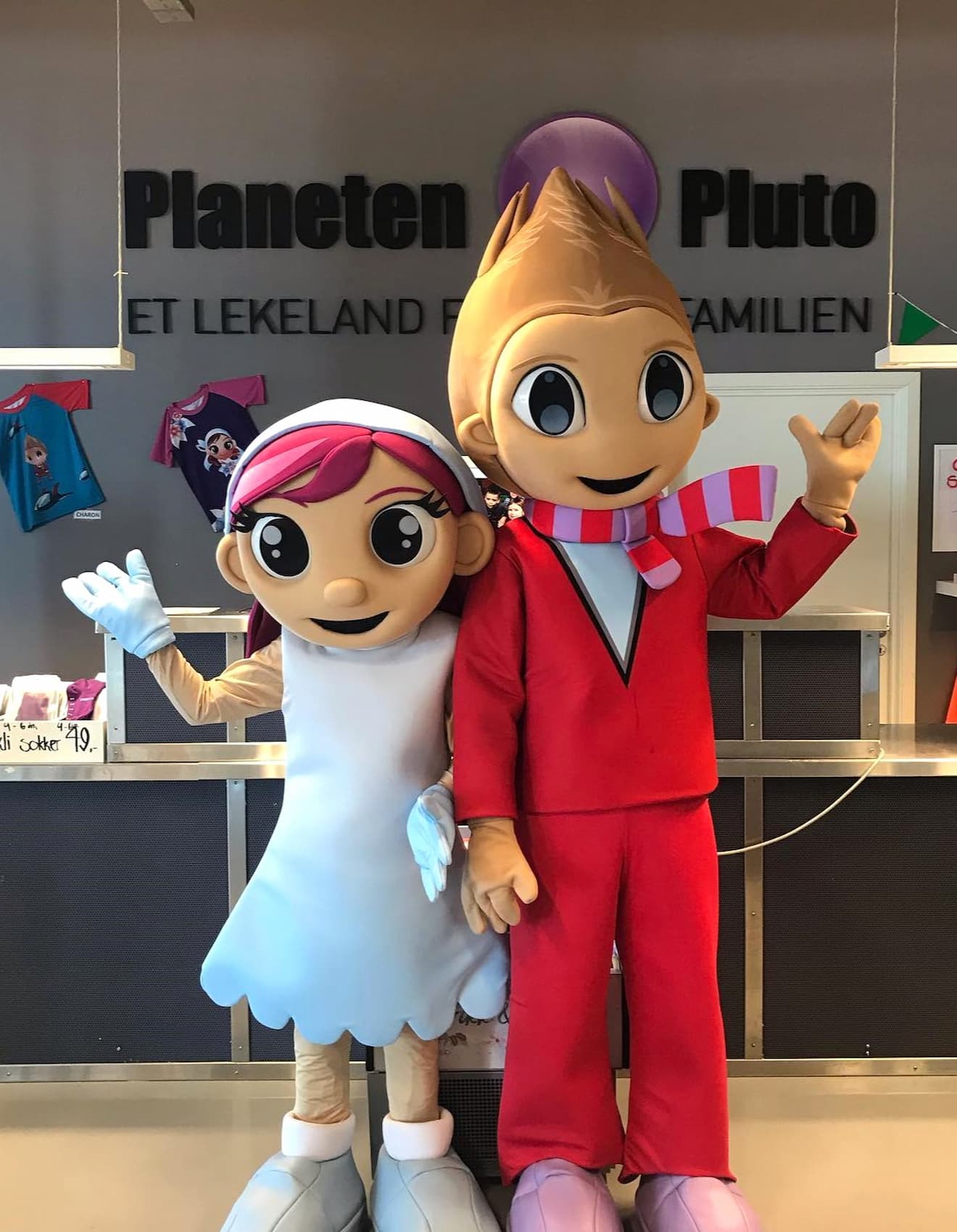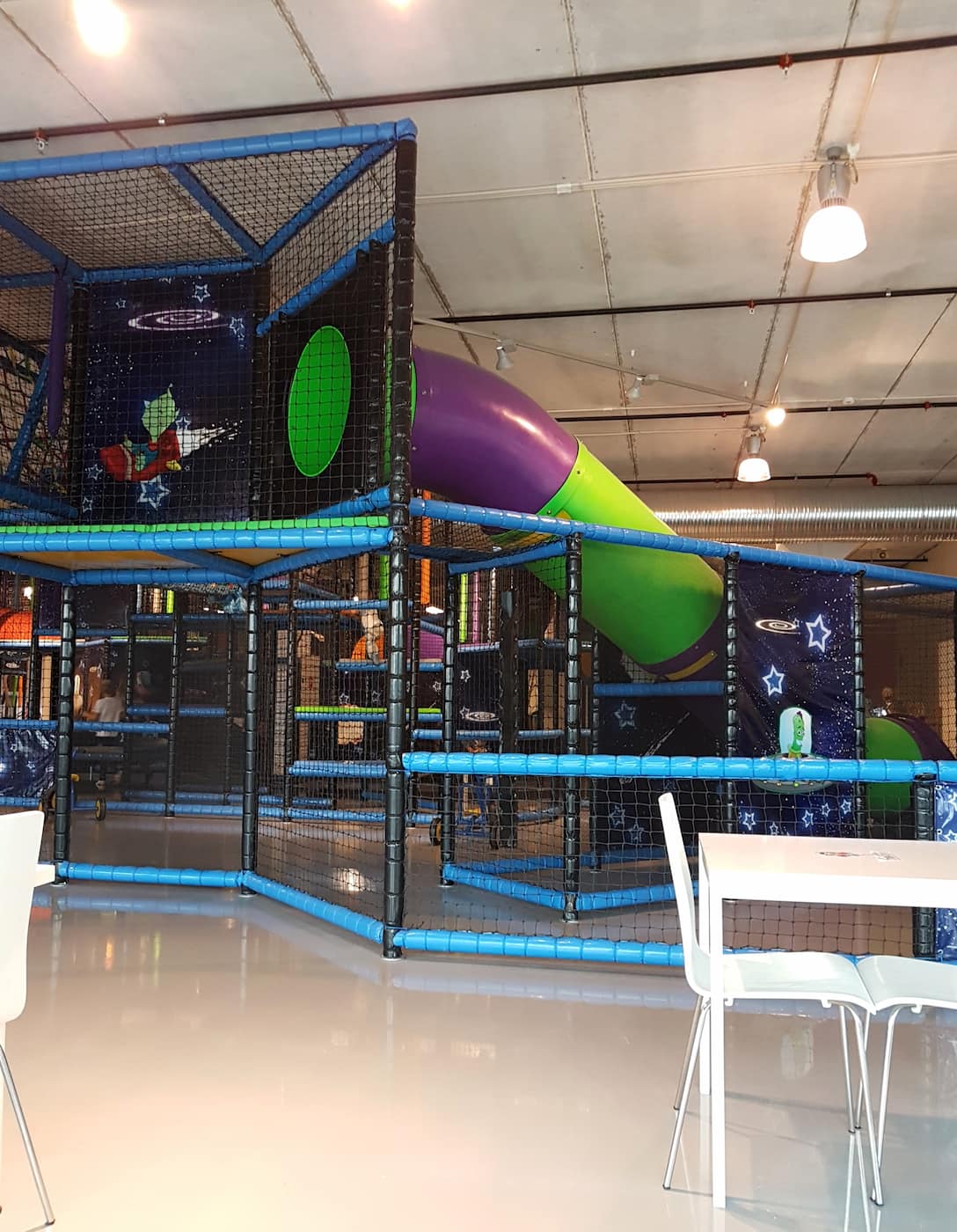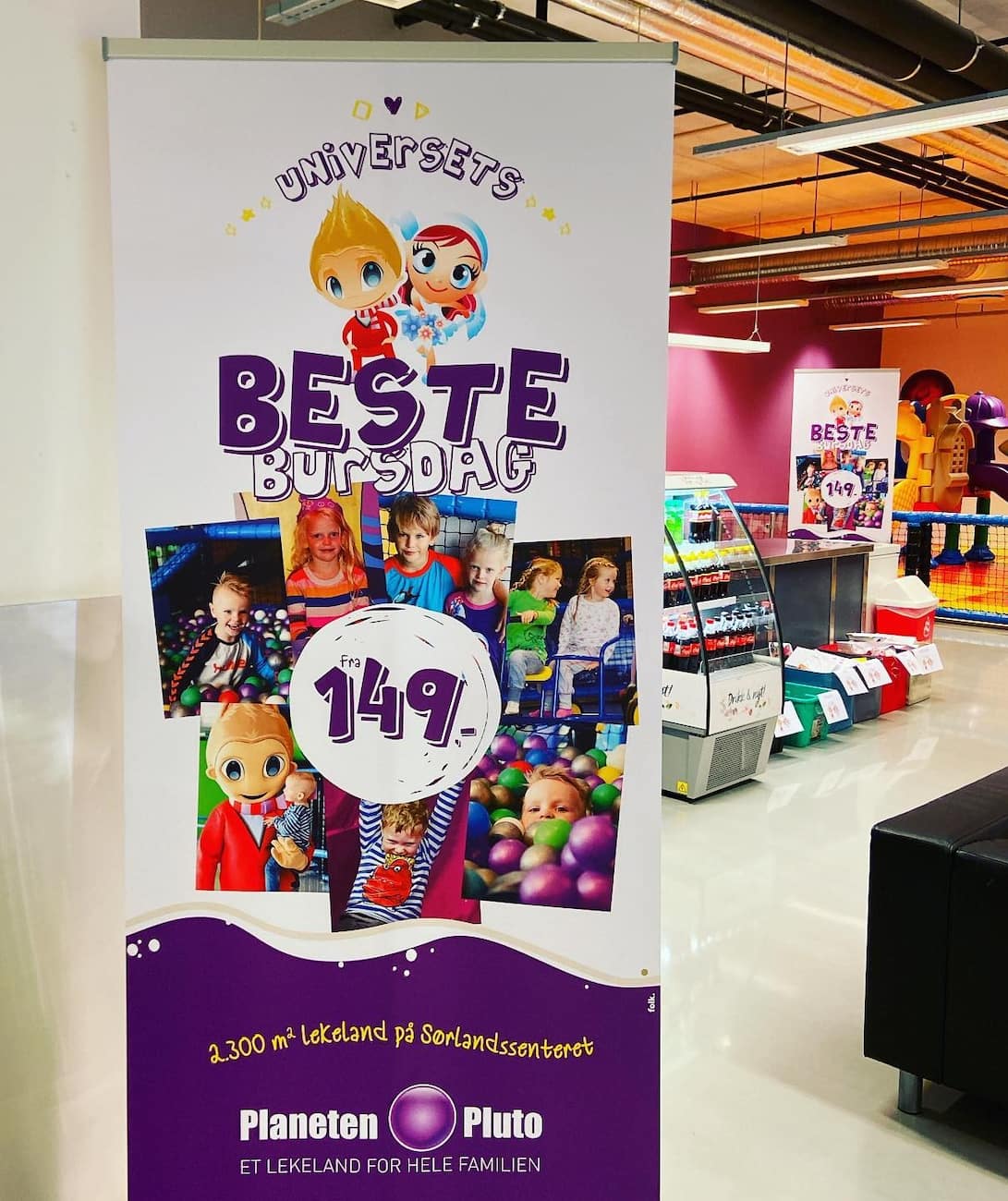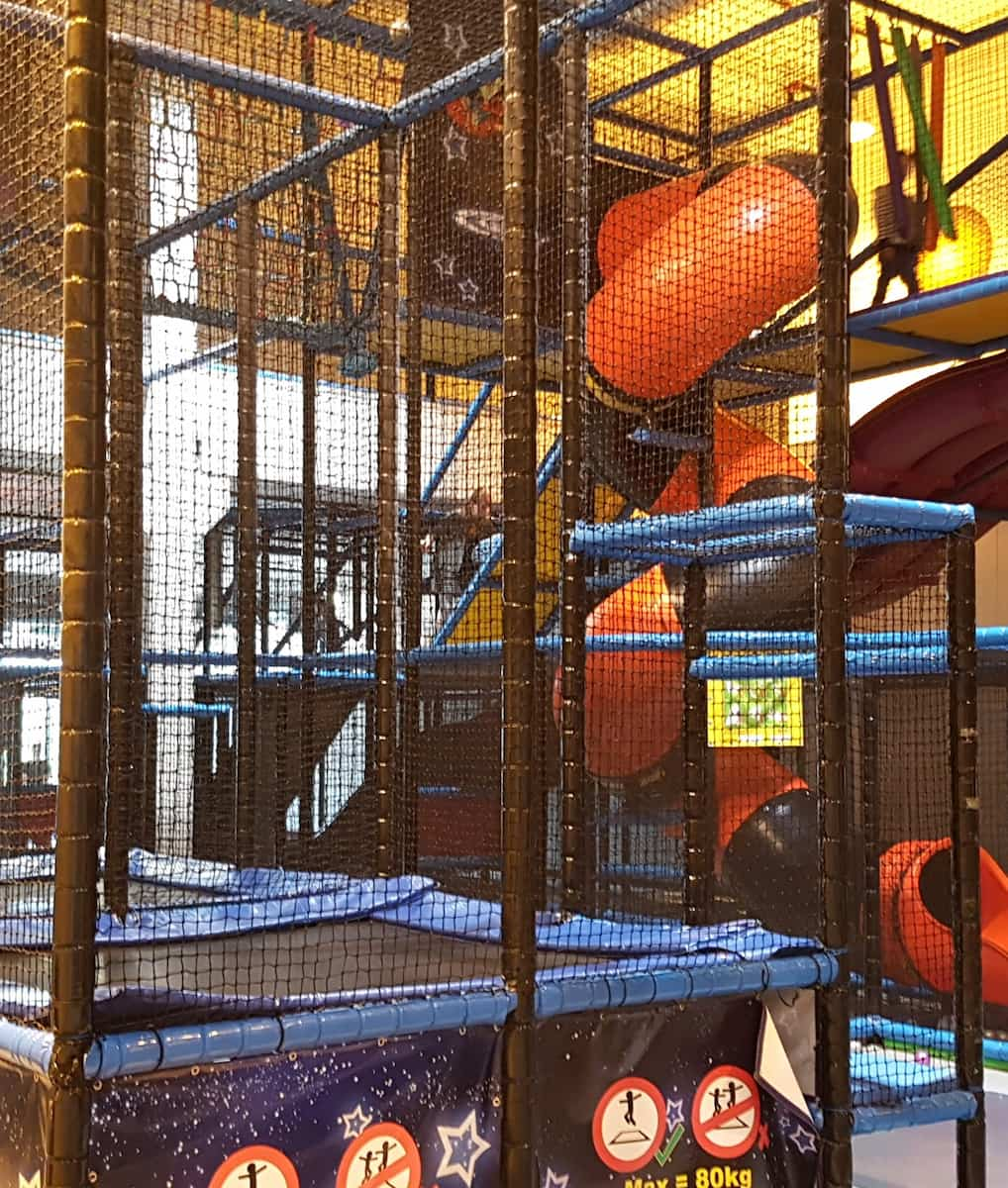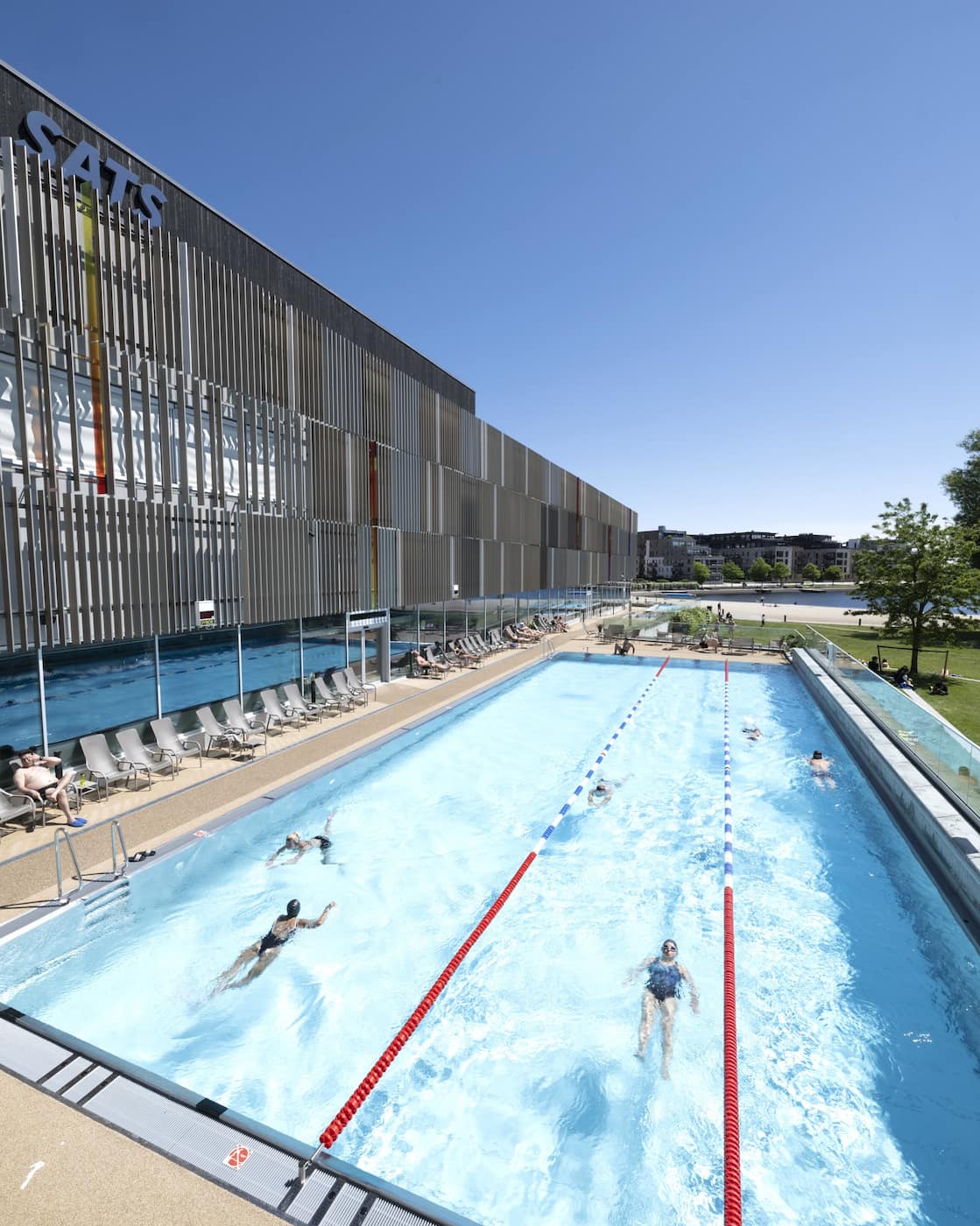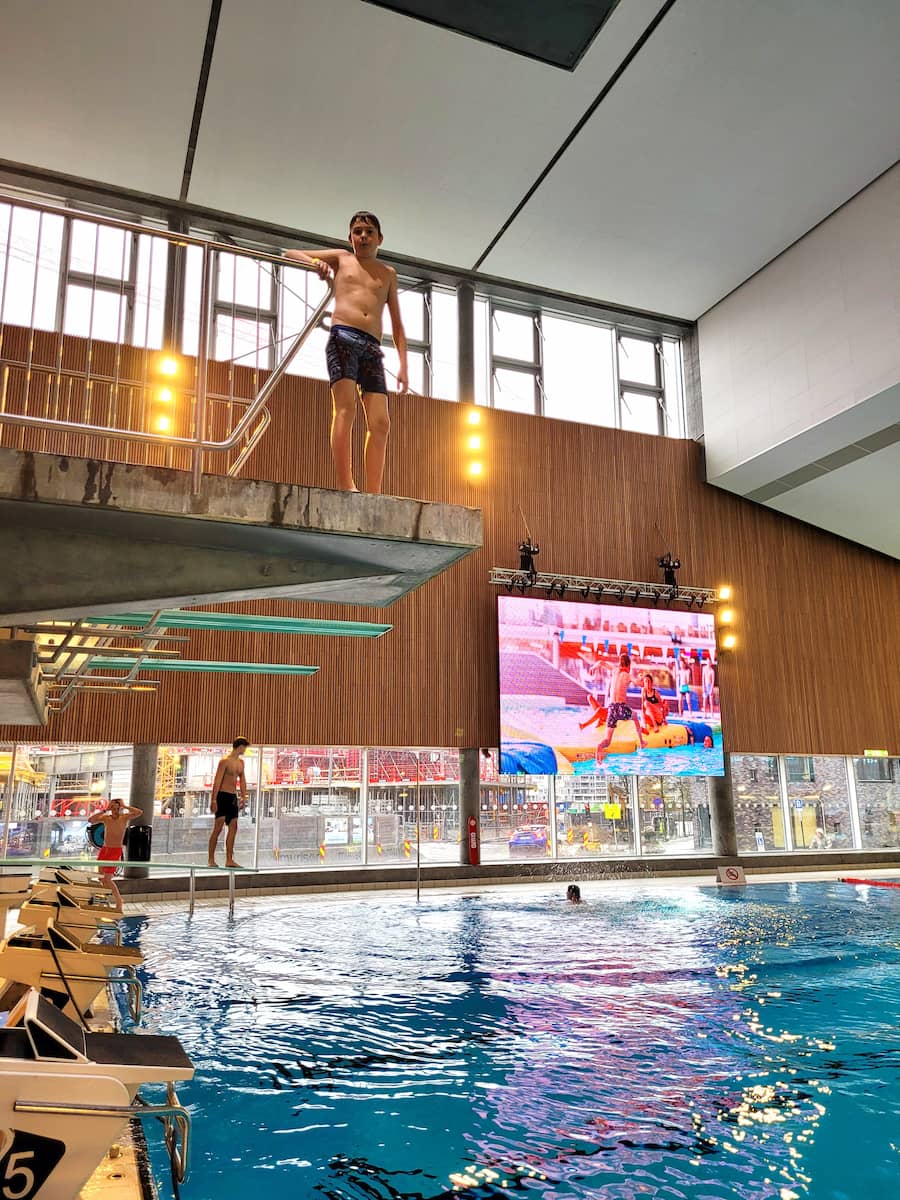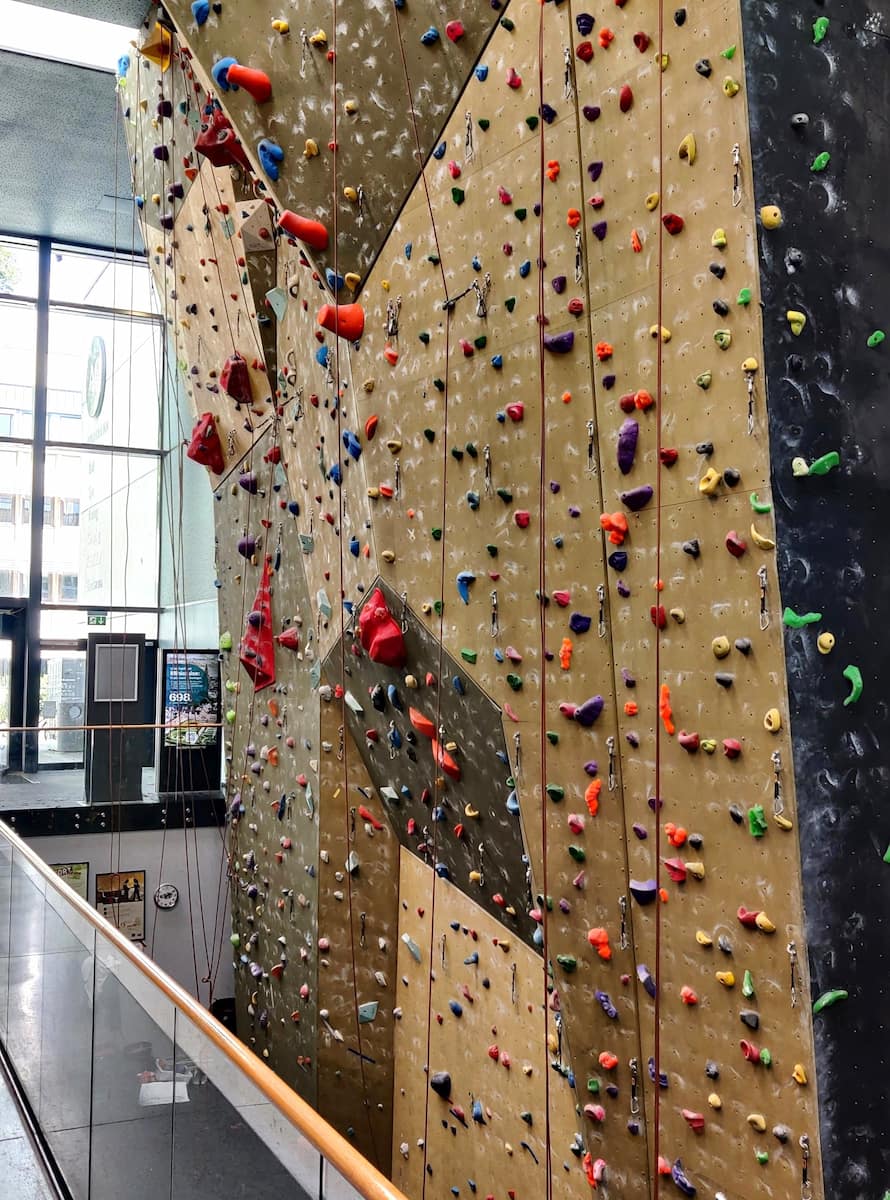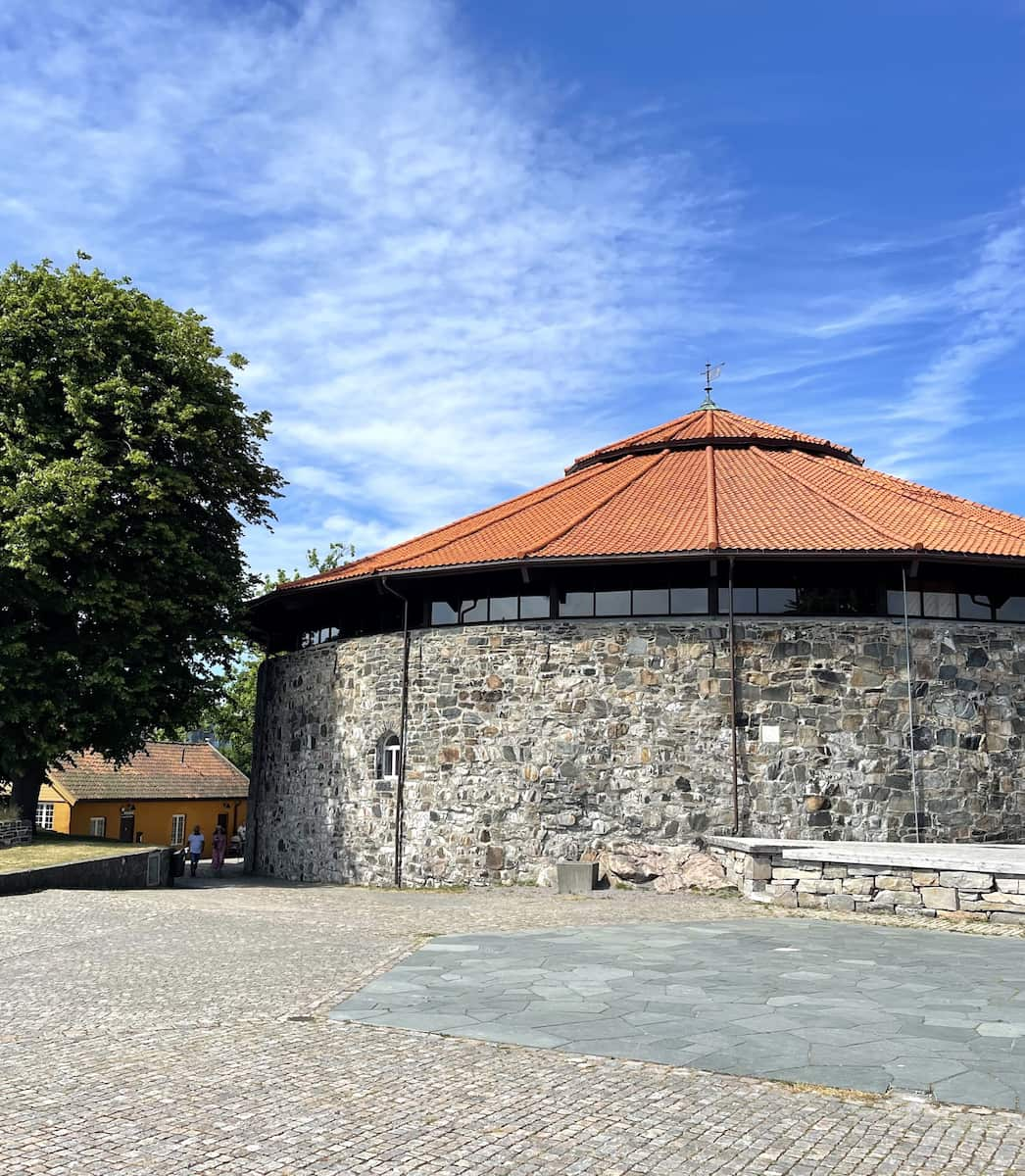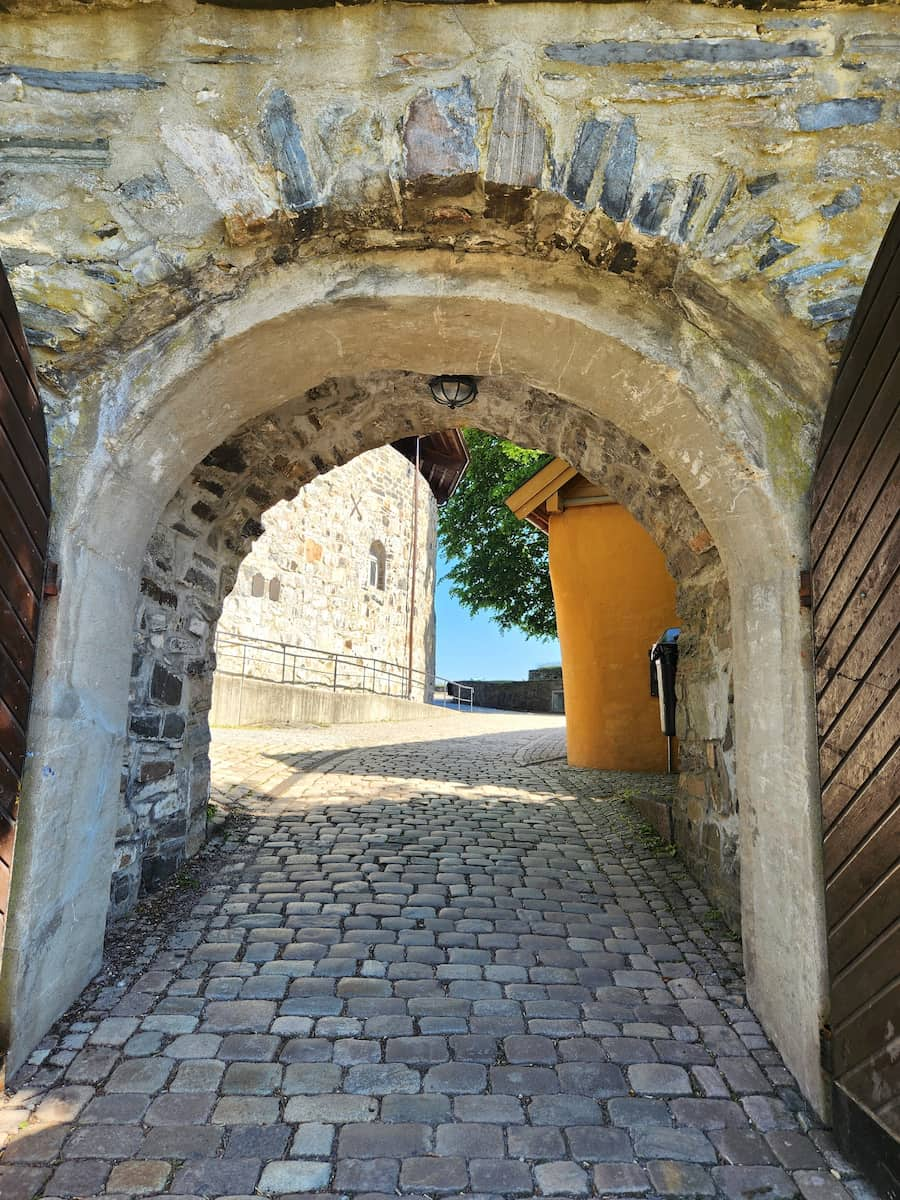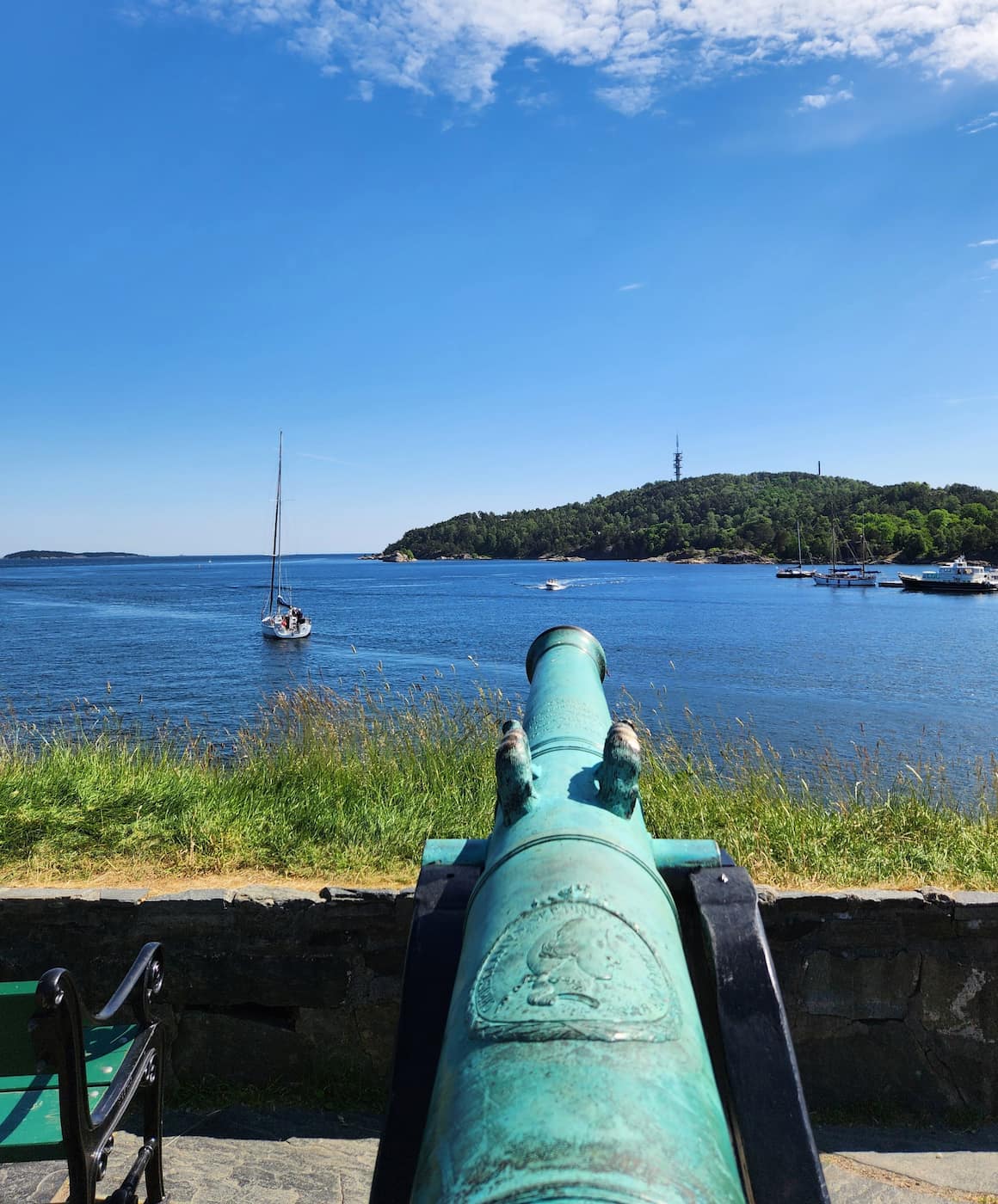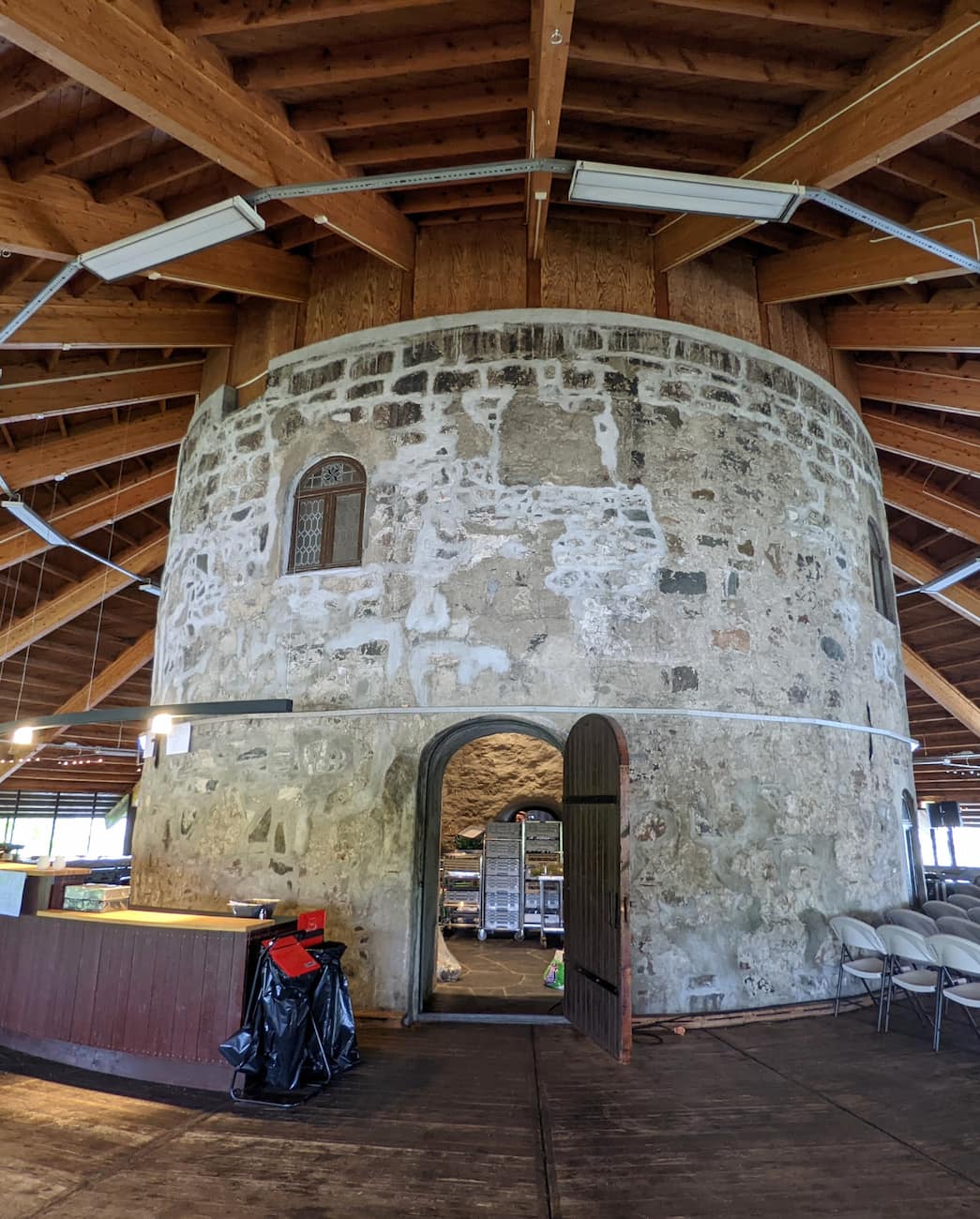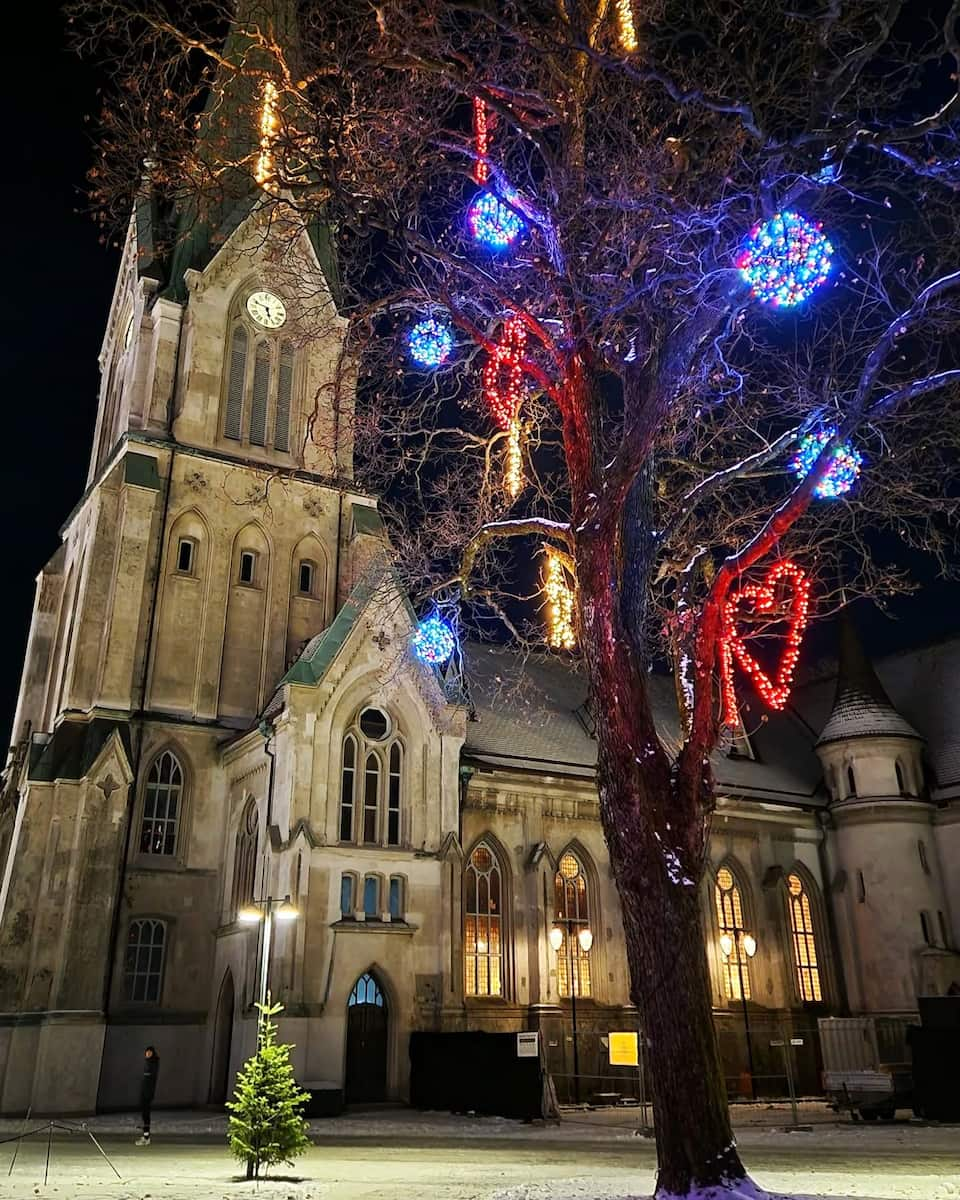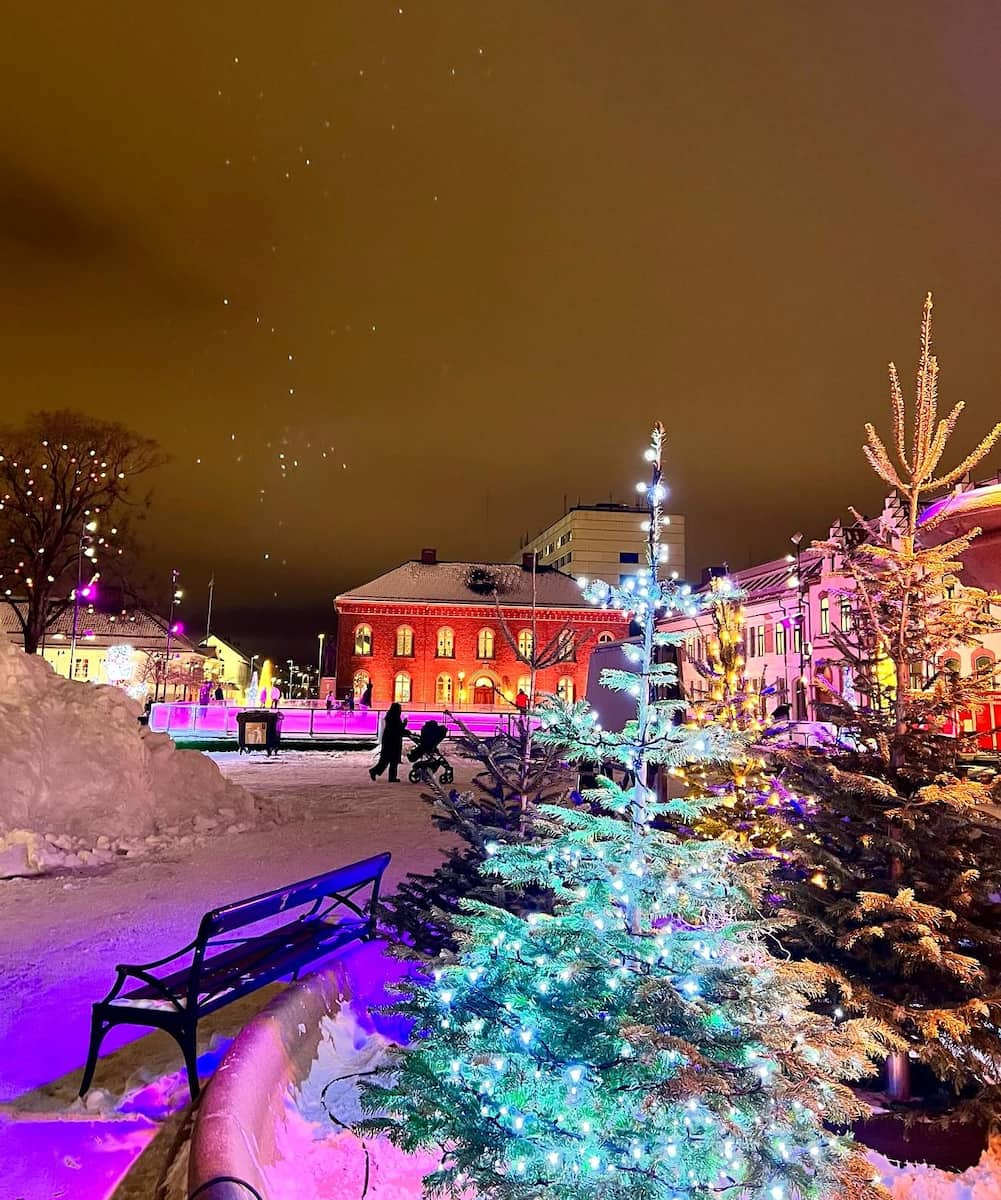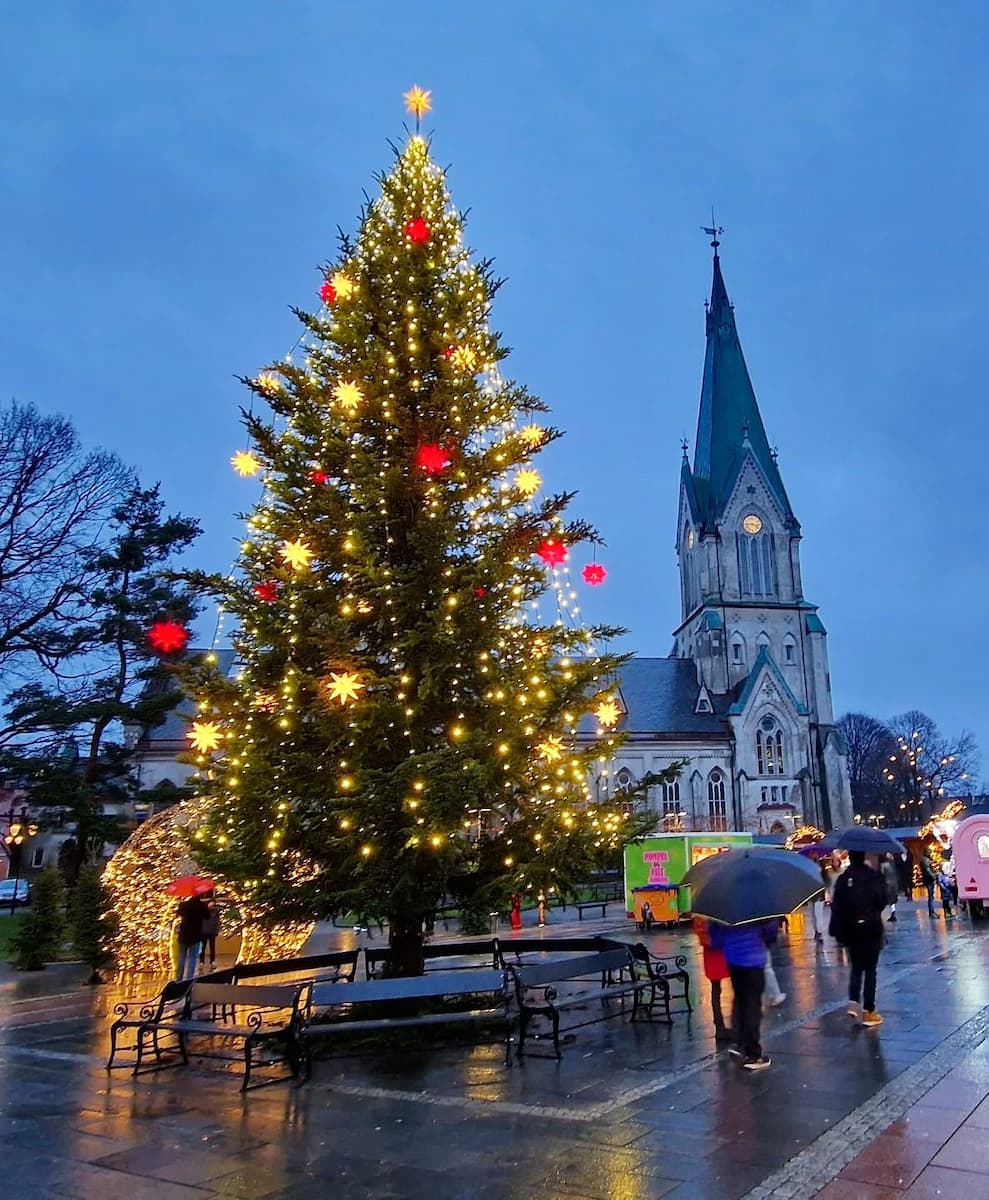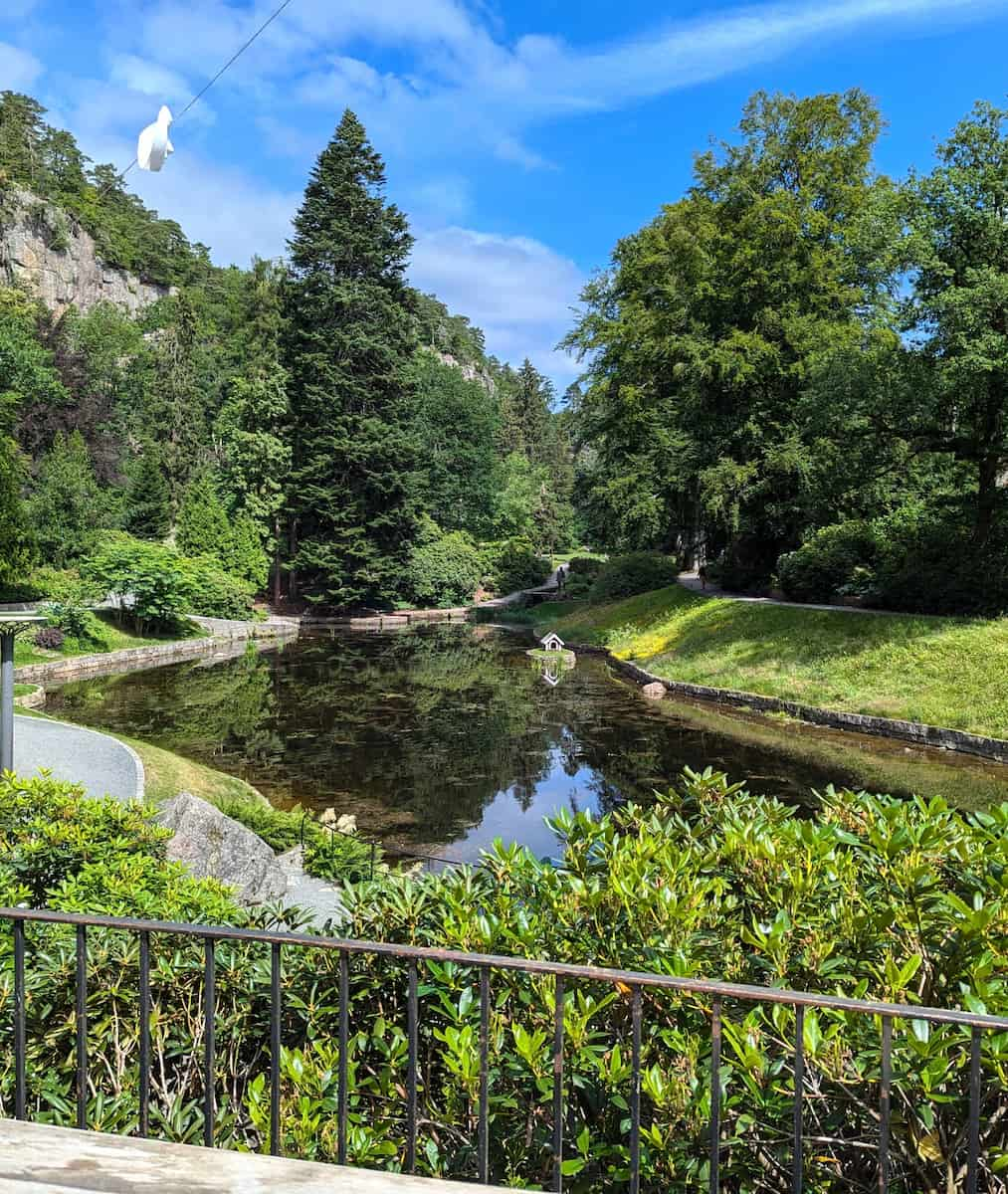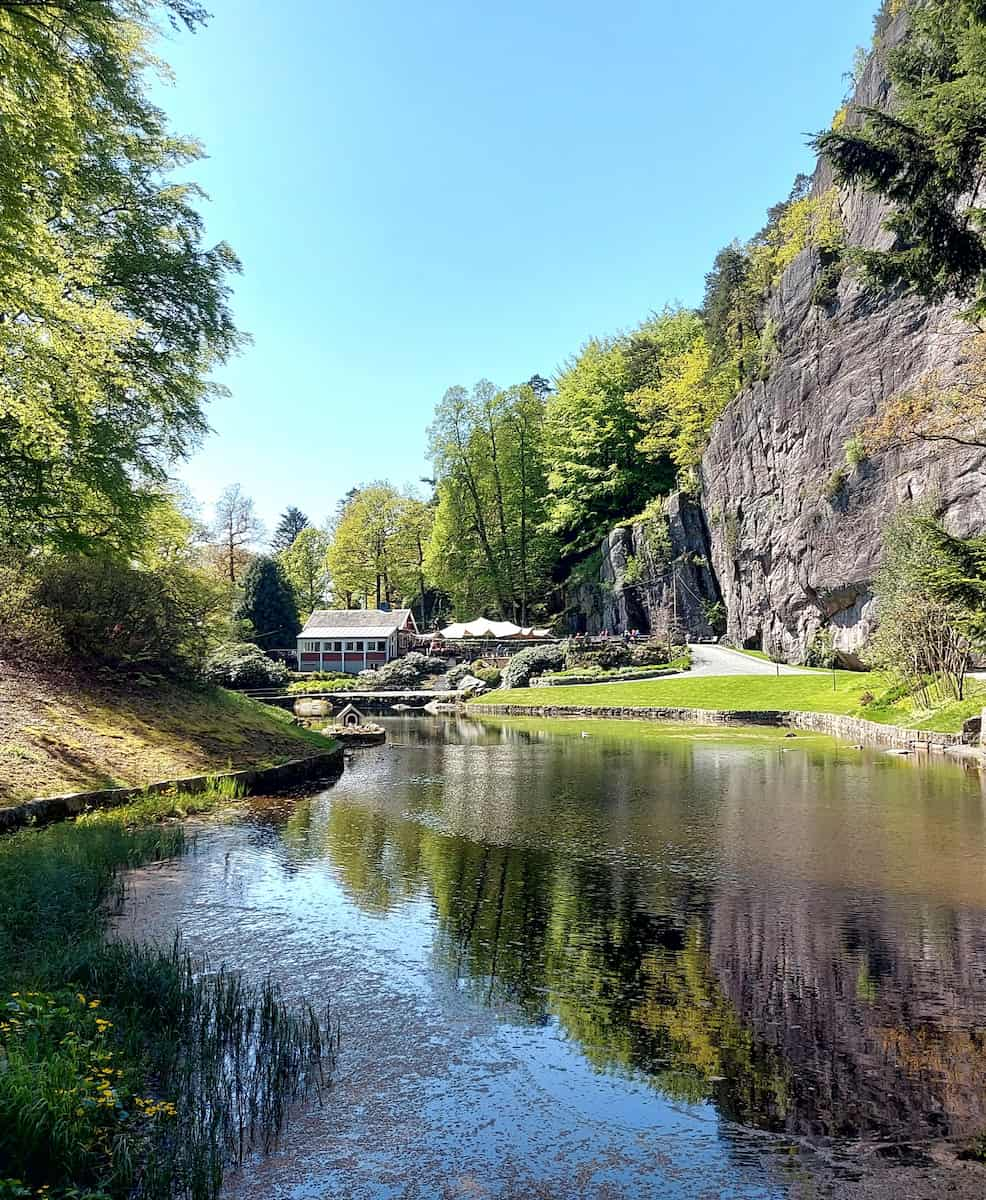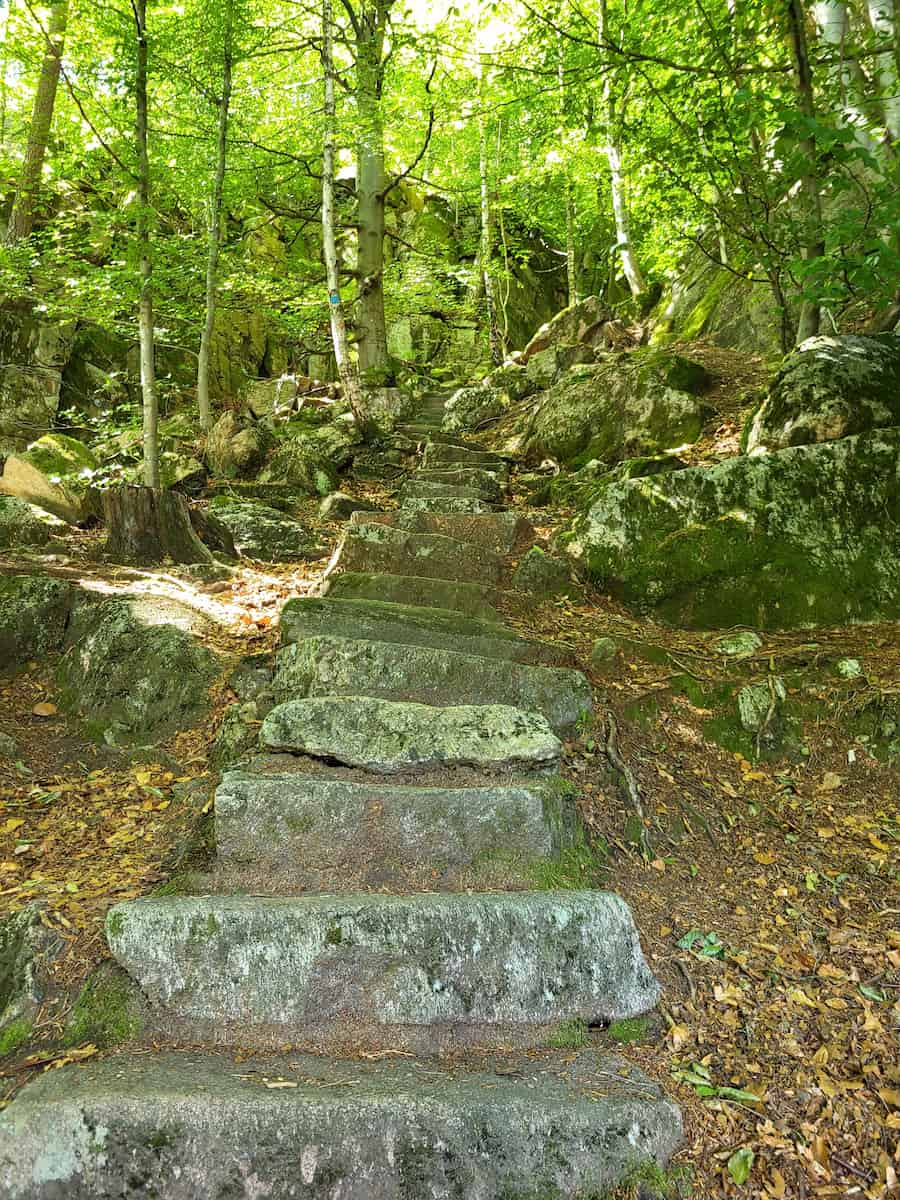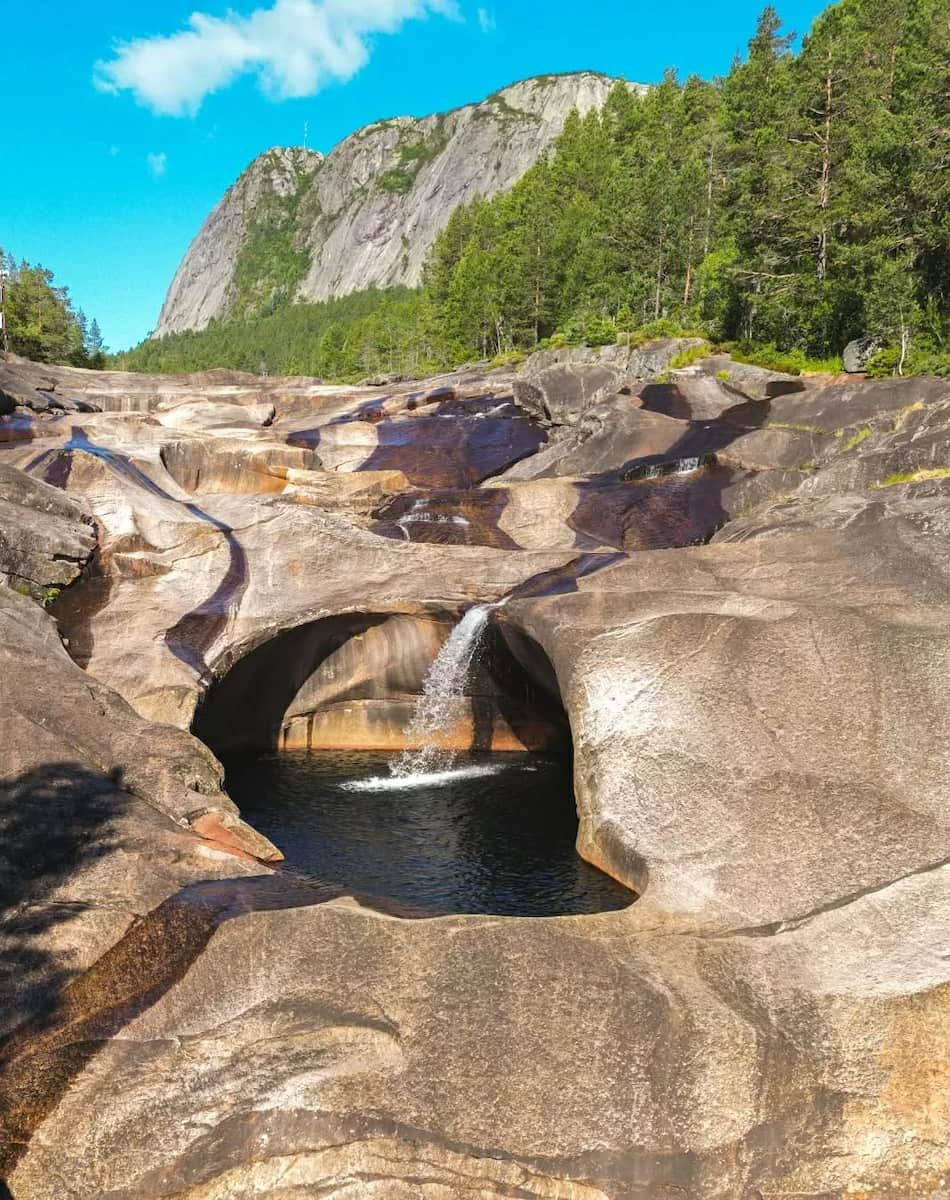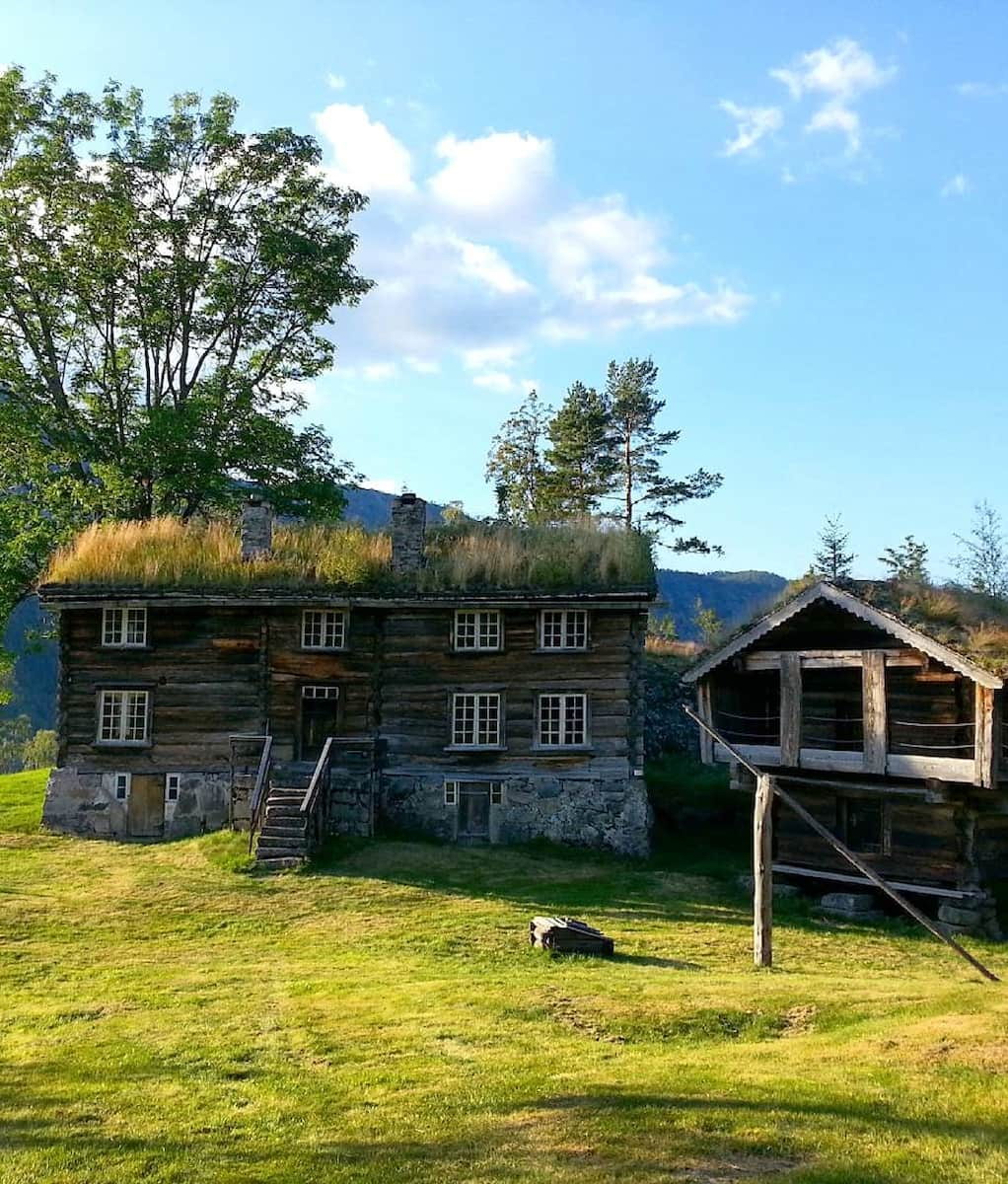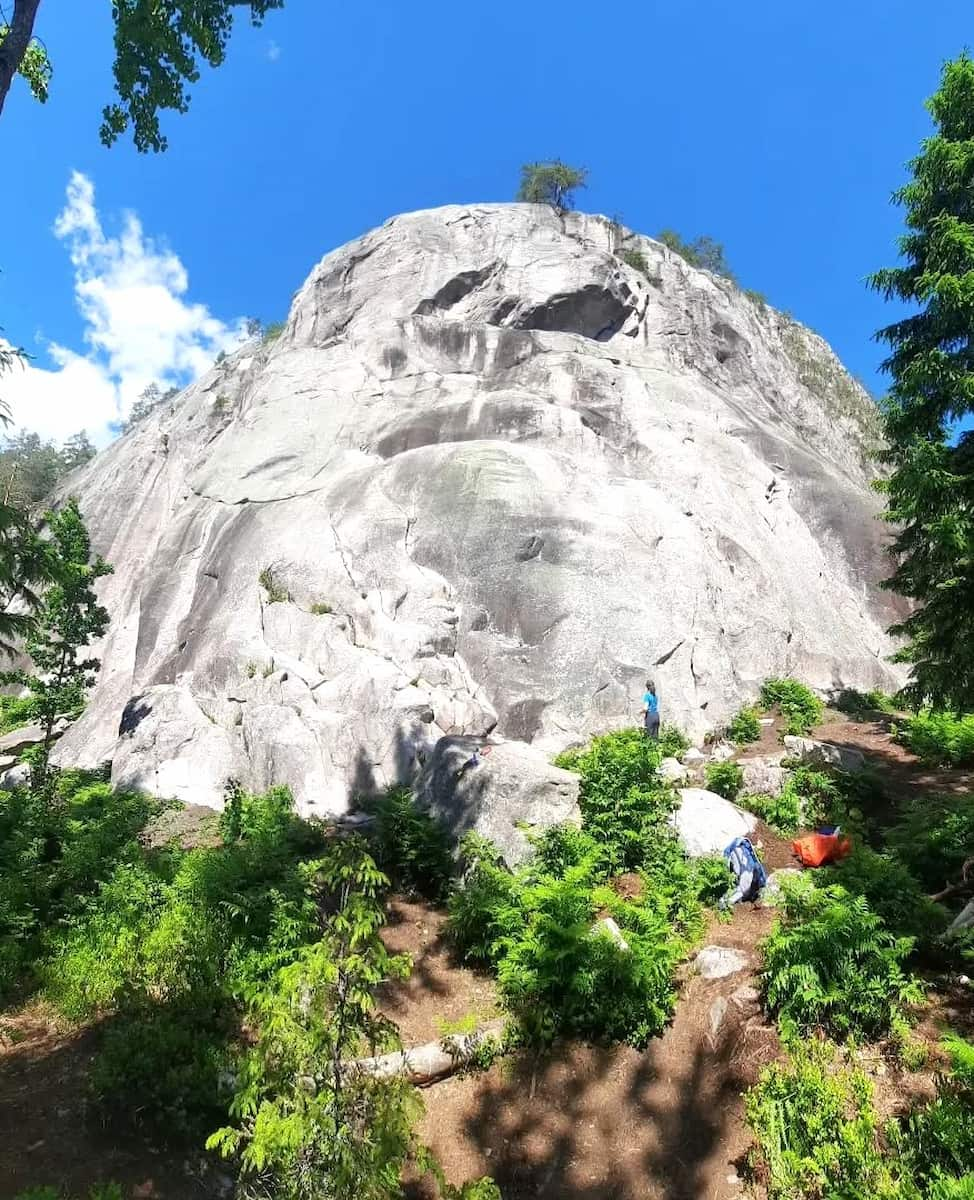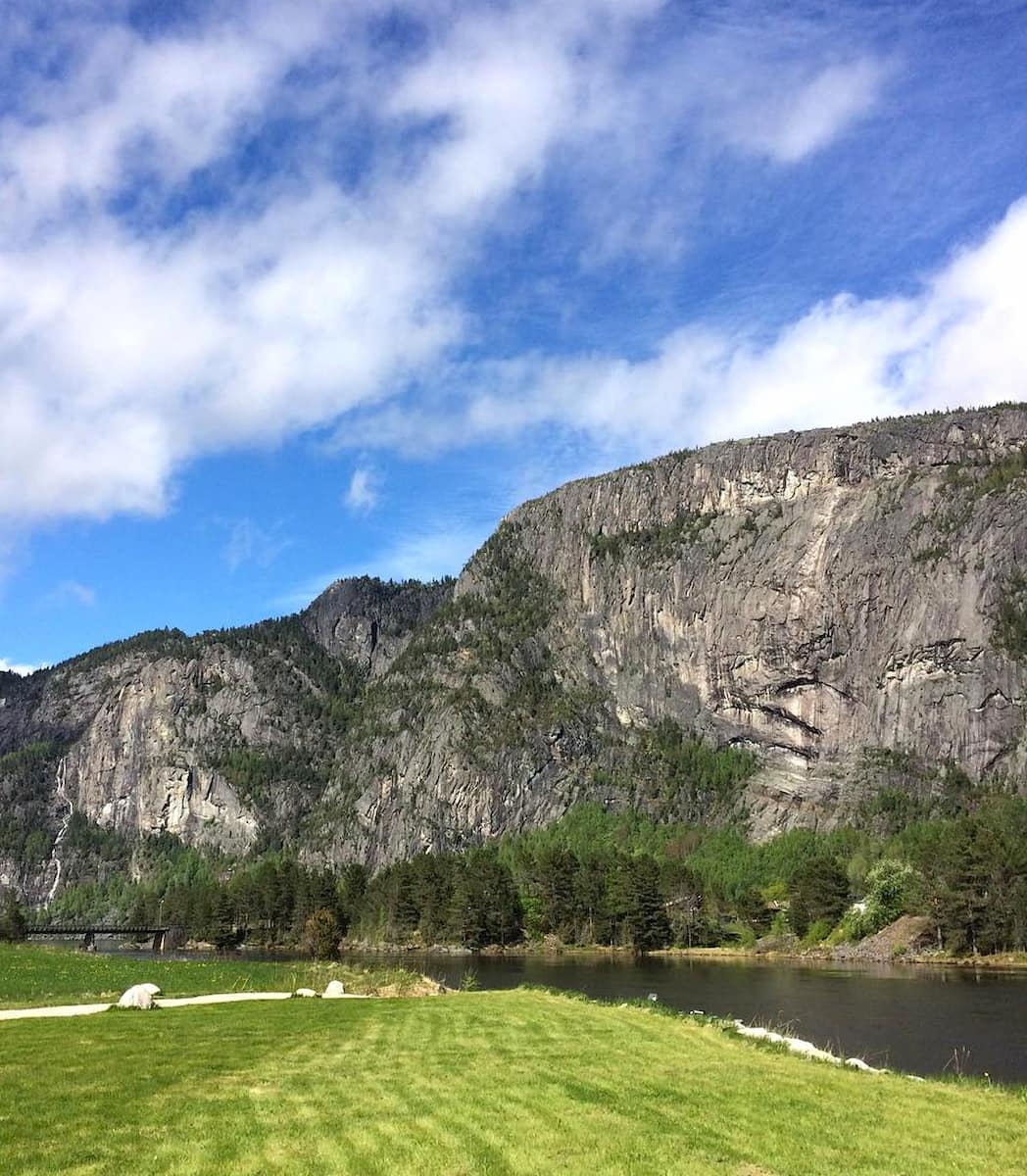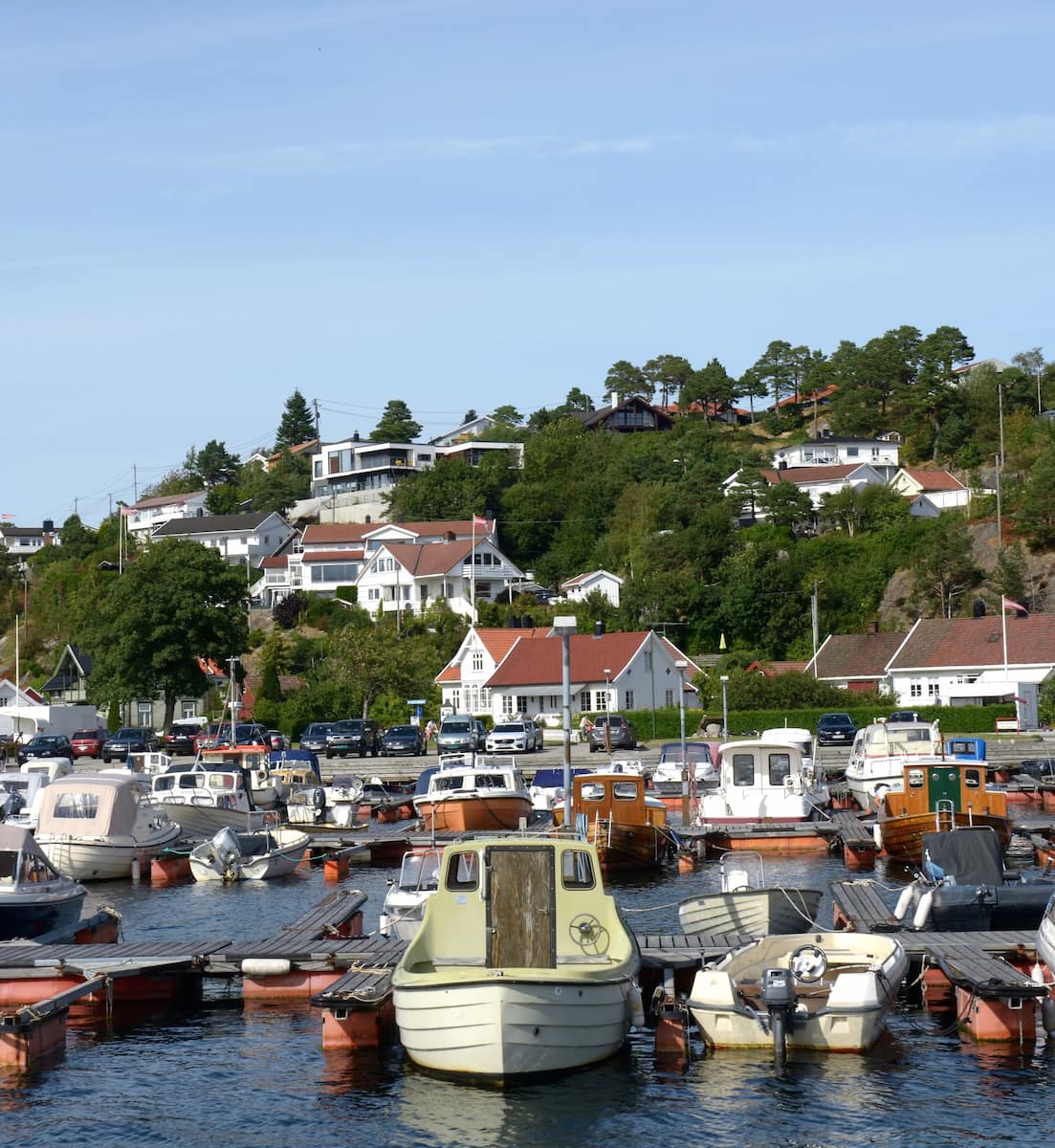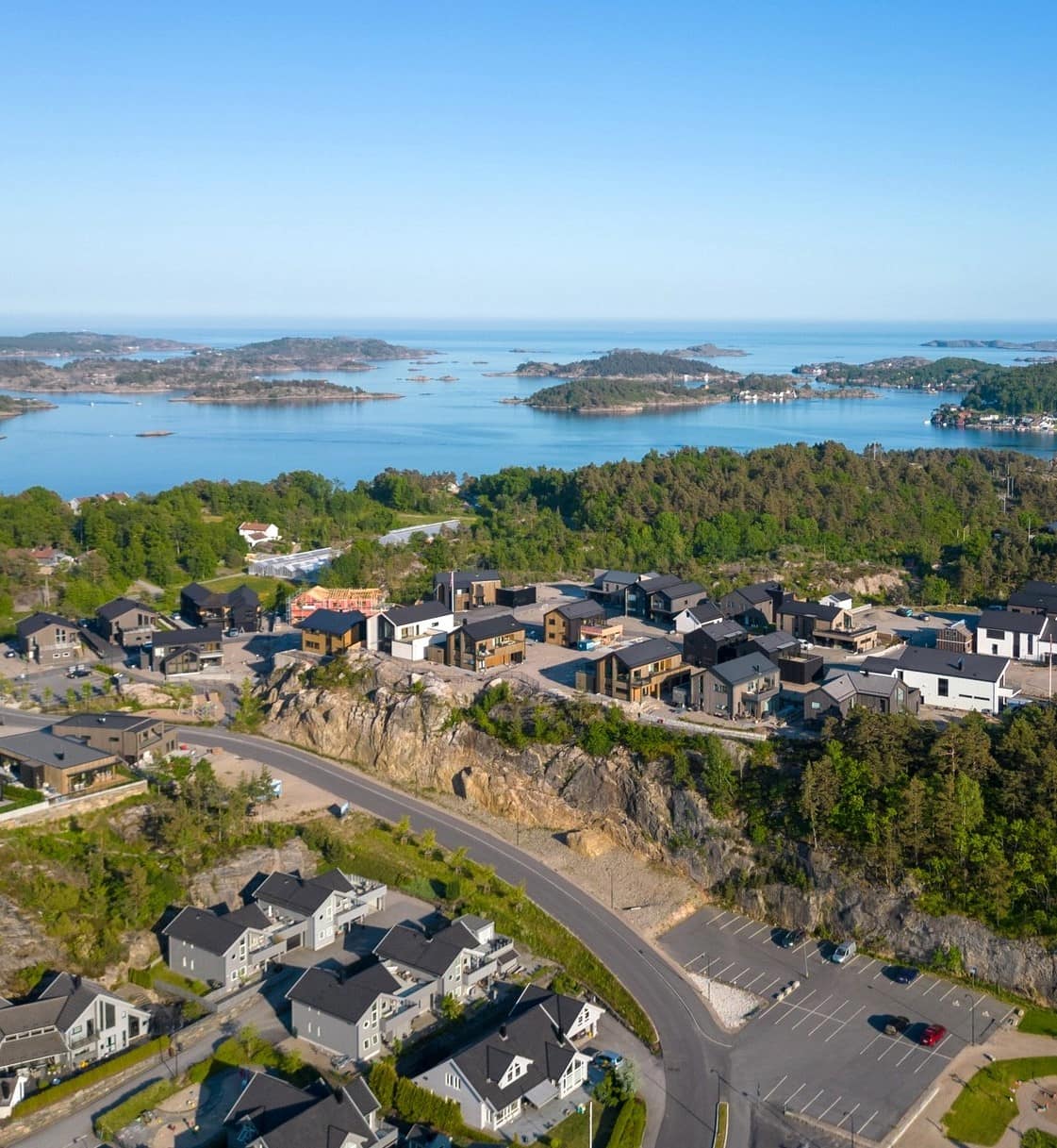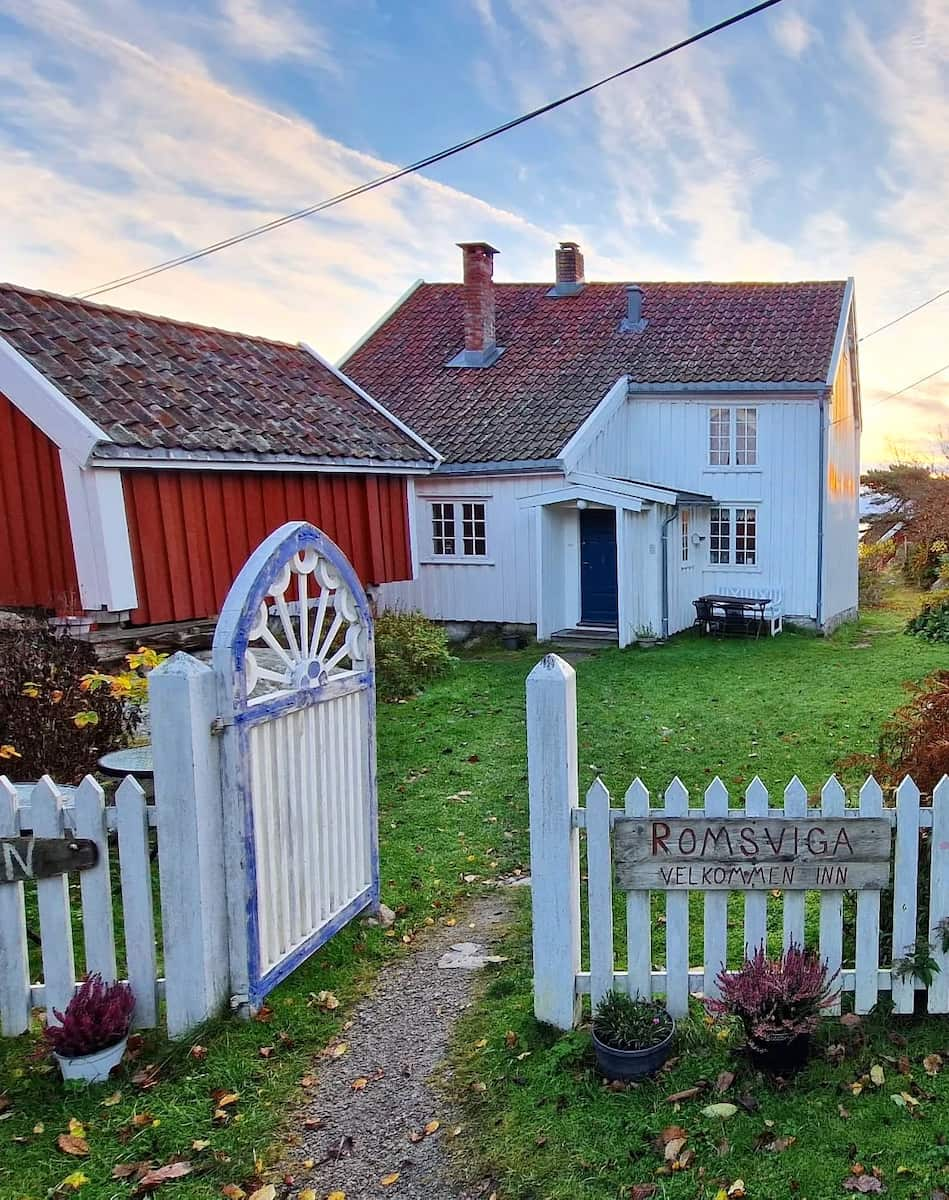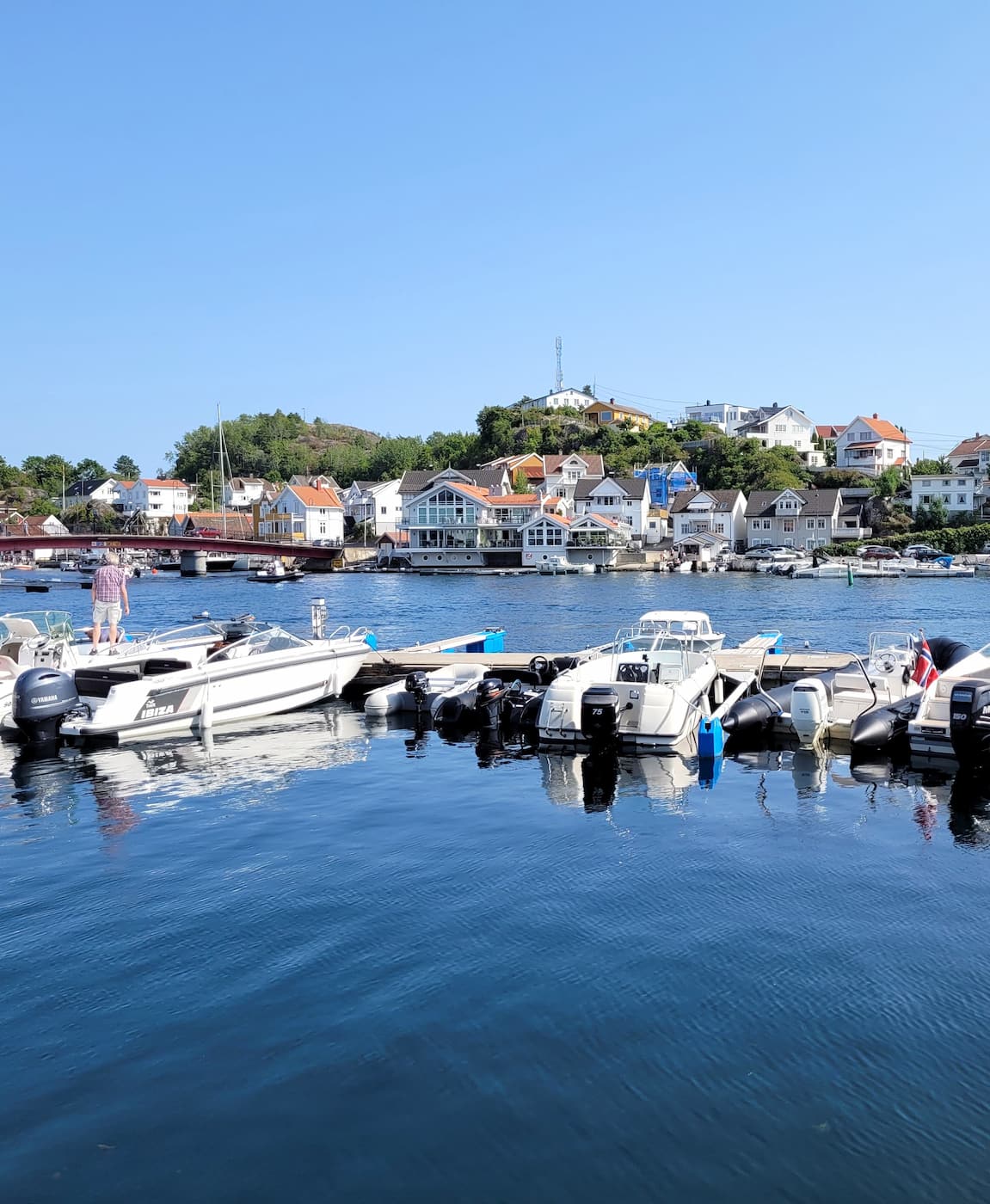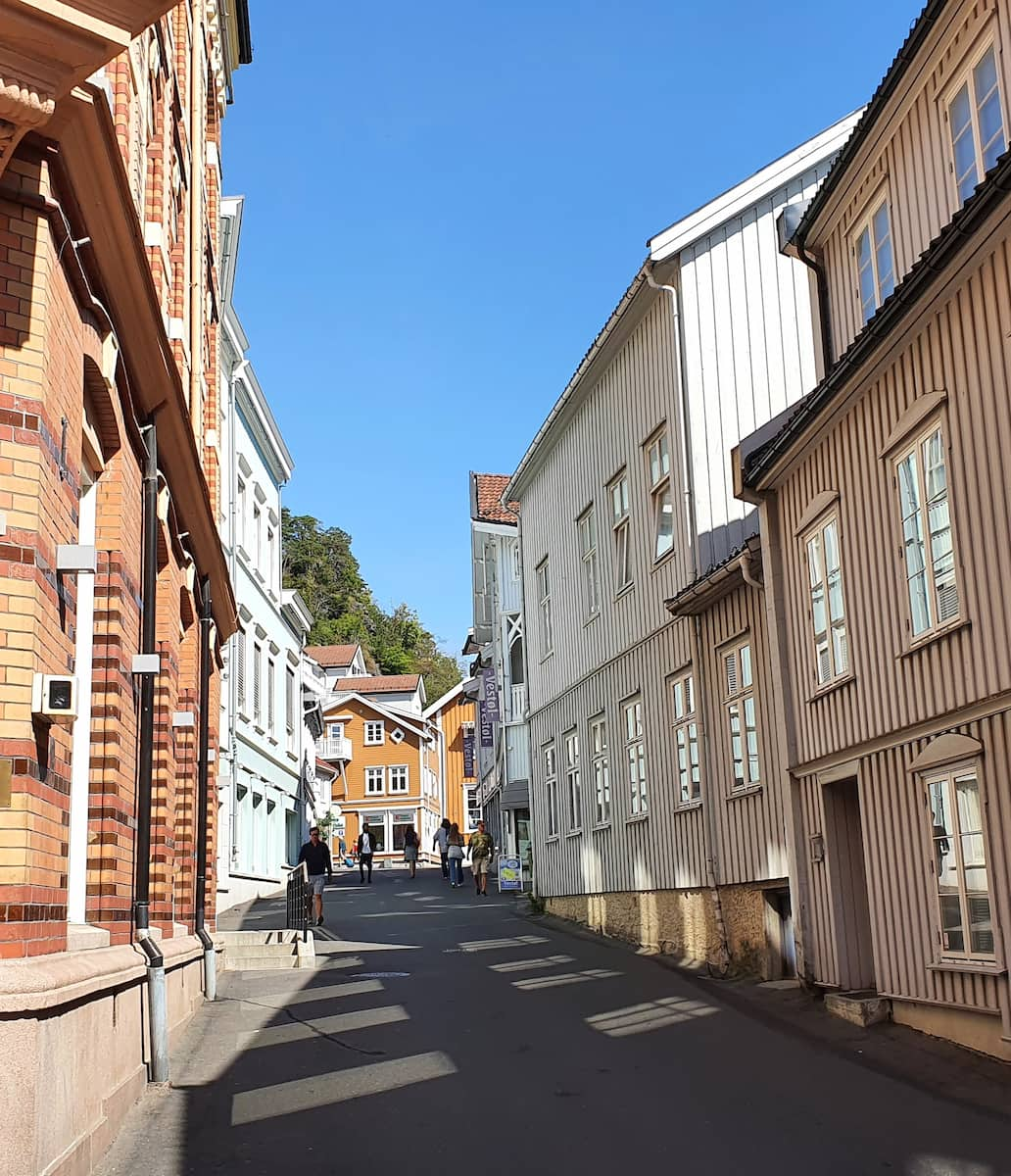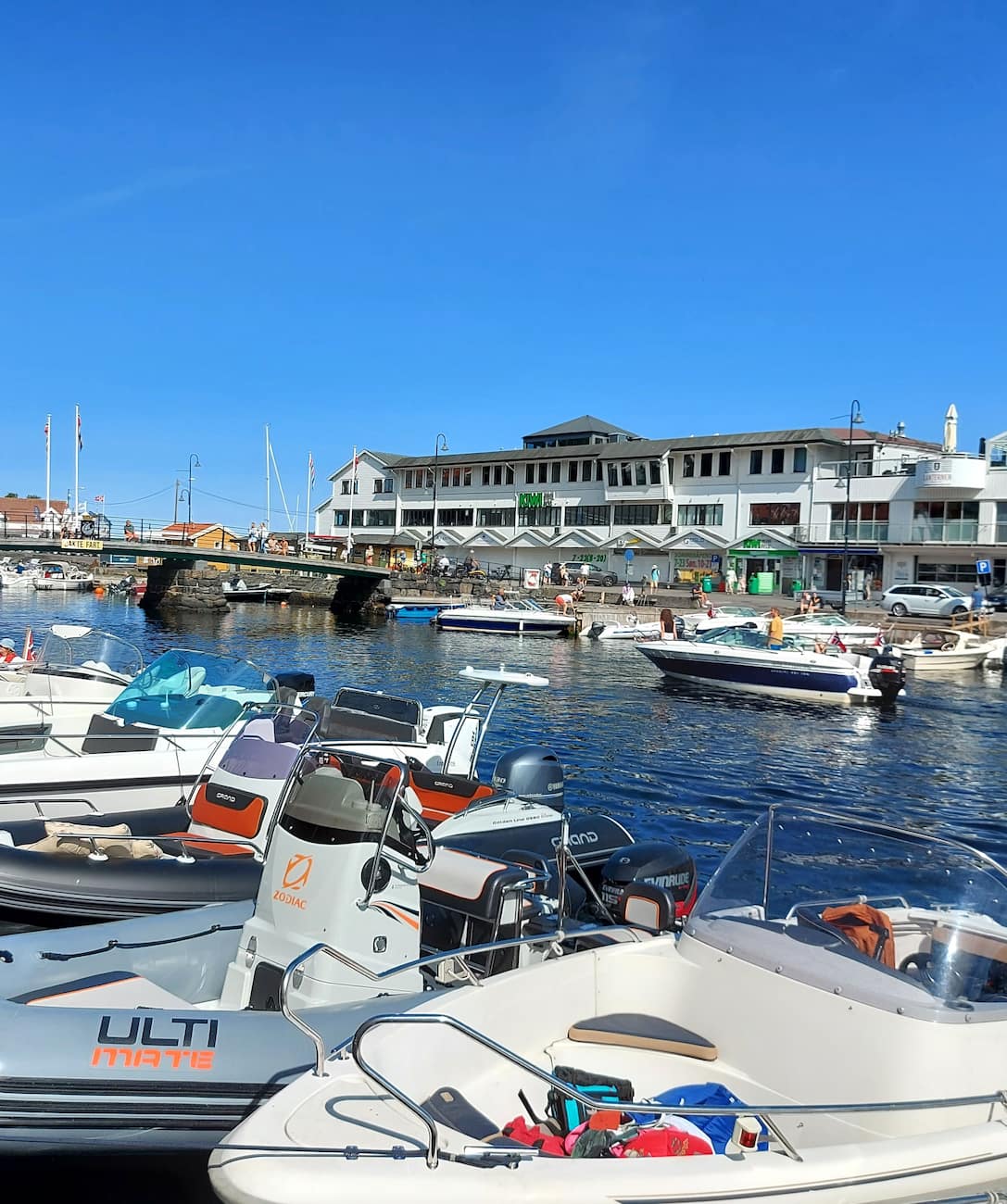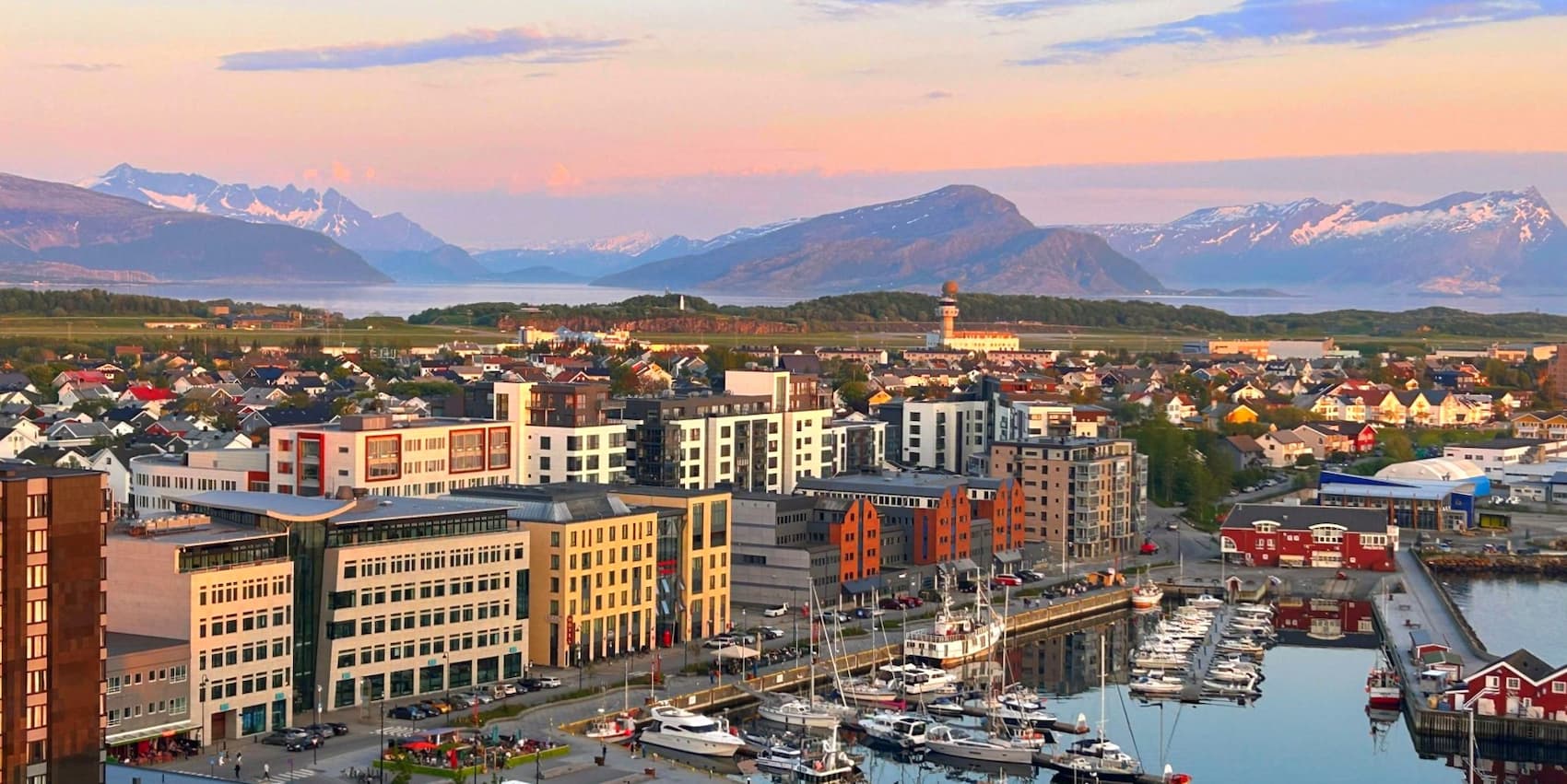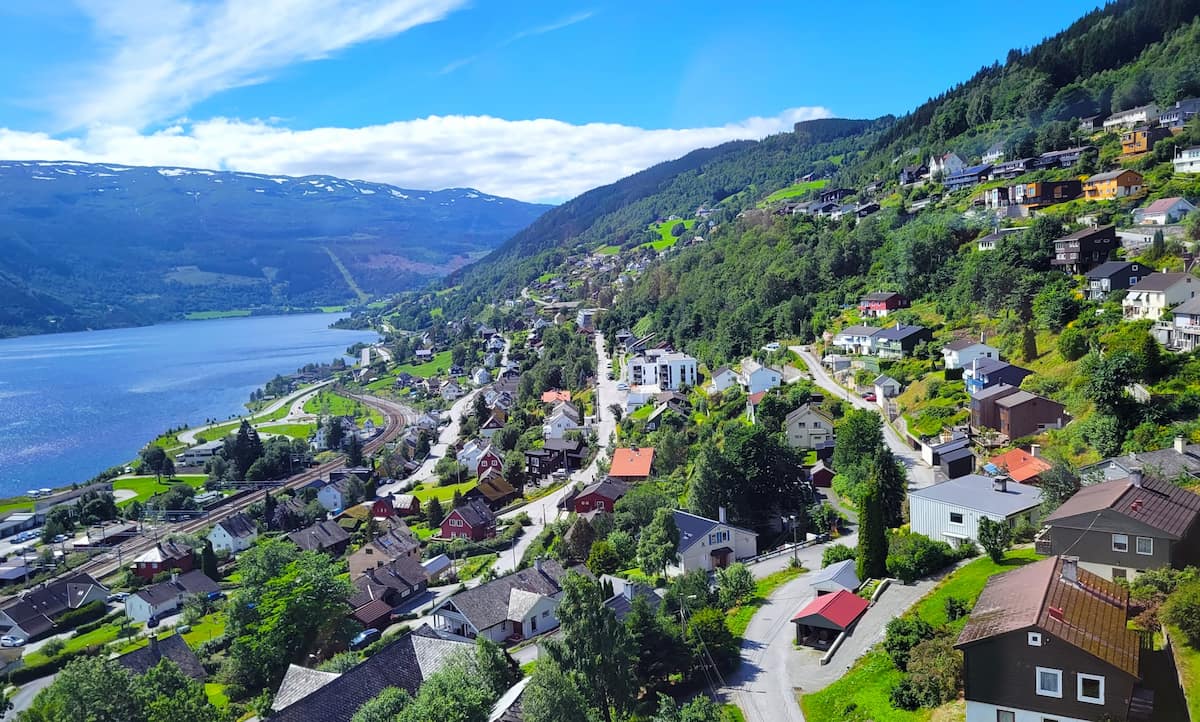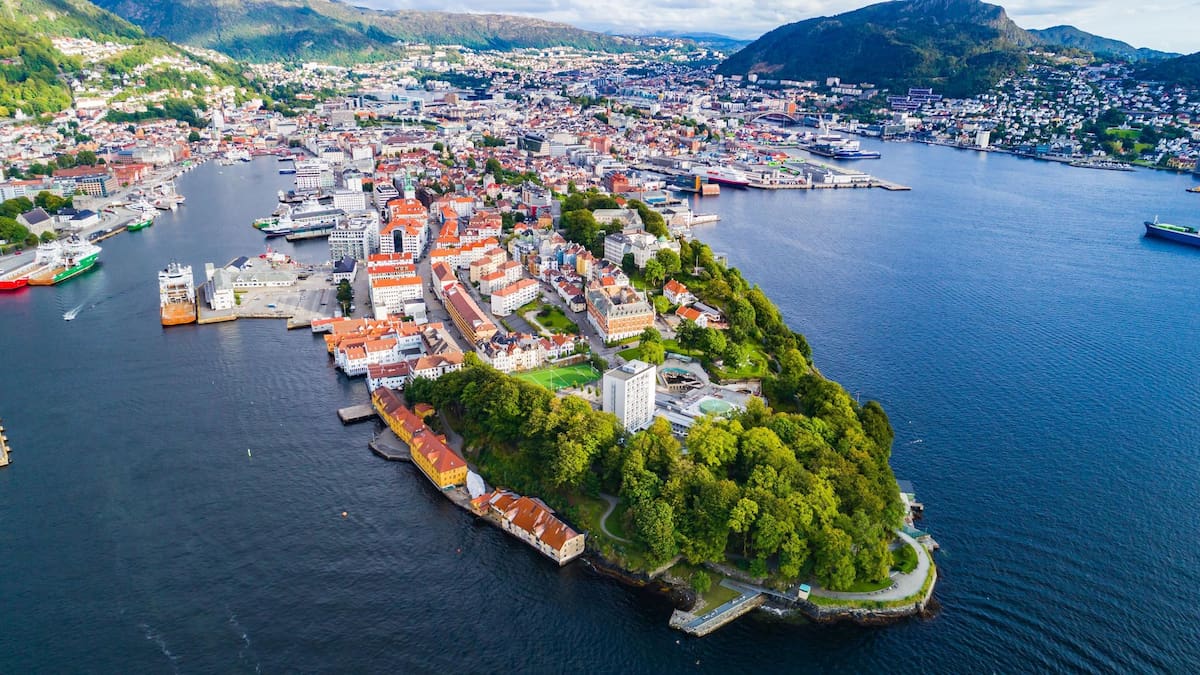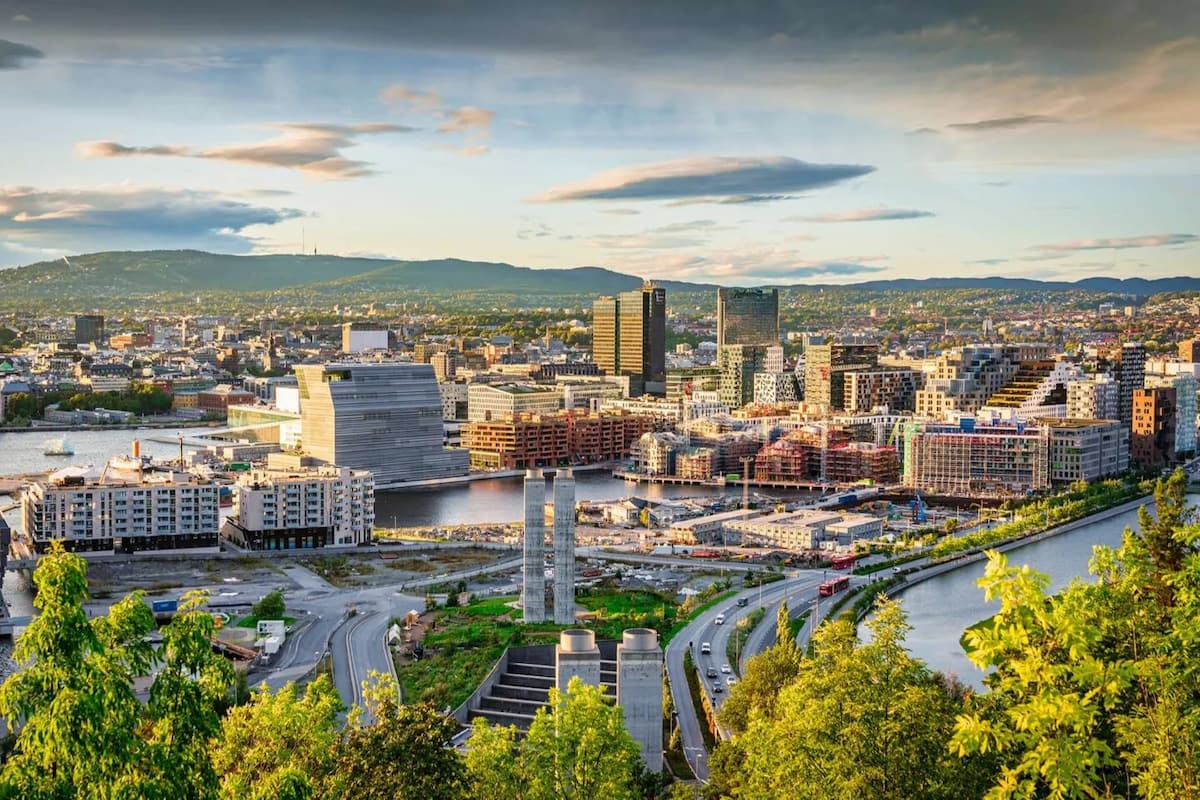Nestled along the stunning southern coast of Norway, Kristiansand offers a perfect blend of natural beauty, cultural experiences, and family-friendly attractions. As a frequent visitor who’s fallen in love with this charming coastal city, I’m excited to share my favorite discoveries – from the world-class Kristiansand Zoo to hidden gems like Ravnedalen Nature Park that many tourists miss.
Whether you’re arriving on a cruise ship, planning a family vacation, or seeking a peaceful getaway, this guide covers everything you need to make the most of your time in Kristiansand. I’ve personally tested each attraction, sampled the local cuisine, and explored the seasonal activities that make this city special year-round. Let me take you on a journey through the best this Norwegian gem has to offer!
🏠 Best Hotels in Kristiansand
- 💎 Luxury Hotel: Boen Gård
- ✨ 5-Star: Radisson Blu Caledonien Hotel
- 🏨 4-Star: Thon Partner Hotel Parken
- 🛏 3-Star: Scandic Kristiansand Bystranda
- 💸 Cheap: Q42 Hotel
- 🏢 Apartment: 2 Bedrooms Apartment near City & UIA
- 👨👩👧👦 For Families: Villa Baneheia
- 🏩 For Couples: Villa Villekulla
💁 Best Guided Tours
- Kristiansand Express Archipelago Tour by RIB Speedboat from 790 NOK (⭐4.8/5)
- Guided Double Sea Kayak Tours Kristiansand from 690 NOK (⭐5.0/5)
- Kristiansand Cultural Walk from 350 NOK (⭐4.9/5)
- South Norway Via Ferrata Climbing Adventure from 1,190 NOK (⭐5.0/5)
- Kristiansand Highlights Tour with Museum Ticket from 690 NOK (⭐4.8/5)
Best Things To Do in Kristiansand, Norway
1. Kristiansand Zoo and Amusement Park (Dyreparken)
Animal paradise. I was blown away by Kristiansand Dyrepark, Norway’s number one tourist attraction drawing nearly 1 million visitors annually. With over 150 different animal species living in spacious, natural environments, it’s refreshingly different from typical European zoos with bars and padlocks.
Family fun. The park combines three experiences in one – a zoo, amusement park, and water park called Badelandet. I spent over three hours exploring and still didn’t see everything! The park is open daily from 10:00 AM to 5:00 PM, perfect timing for families.
Shows and entertainment. Don’t miss the feeding presentations, especially the lions! I caught the performance in Hakkebakkeskogen (The Forest of Huckybucky) which was absolutely worth the 50 NOK ticket. The themed train ride takes you through a magical forest where you meet Claus Climbermouse and other characters.
My advice. Visit early in the morning to see animals when they’re most active. Most shops and restaurants only accept card payments or the park’s app, so come prepared!
Highlights of Dyreparken:
- Kardemomme By – a faithful recreation of Thorbjørn Egner’s beloved children’s book universe
- Nordic Wilderness – where animals roam freely and visitors walk along elevated paths
- Tribunetoget train ride – a unique attraction with 35 actors bringing stories to life
- Pirate-themed accommodations at Abra Havn with 171 themed apartments
- Daily animal presentations where you can get up close with fascinating species
2. Posebyen
Historic charm. Walking through Posebyen was like stepping back in time. This district is more than 300 years old and represents Northern Europe’s longest continuous wooden housing development, miraculously surviving the great city fire of 1892.
Architectural delight. I wandered through winding streets lined with charming white houses, each meticulously maintained with colorful flower boxes and unique decorations. The district follows a Renaissance-style square plan laid out when King Christian IV founded Kristiansand in 1641.
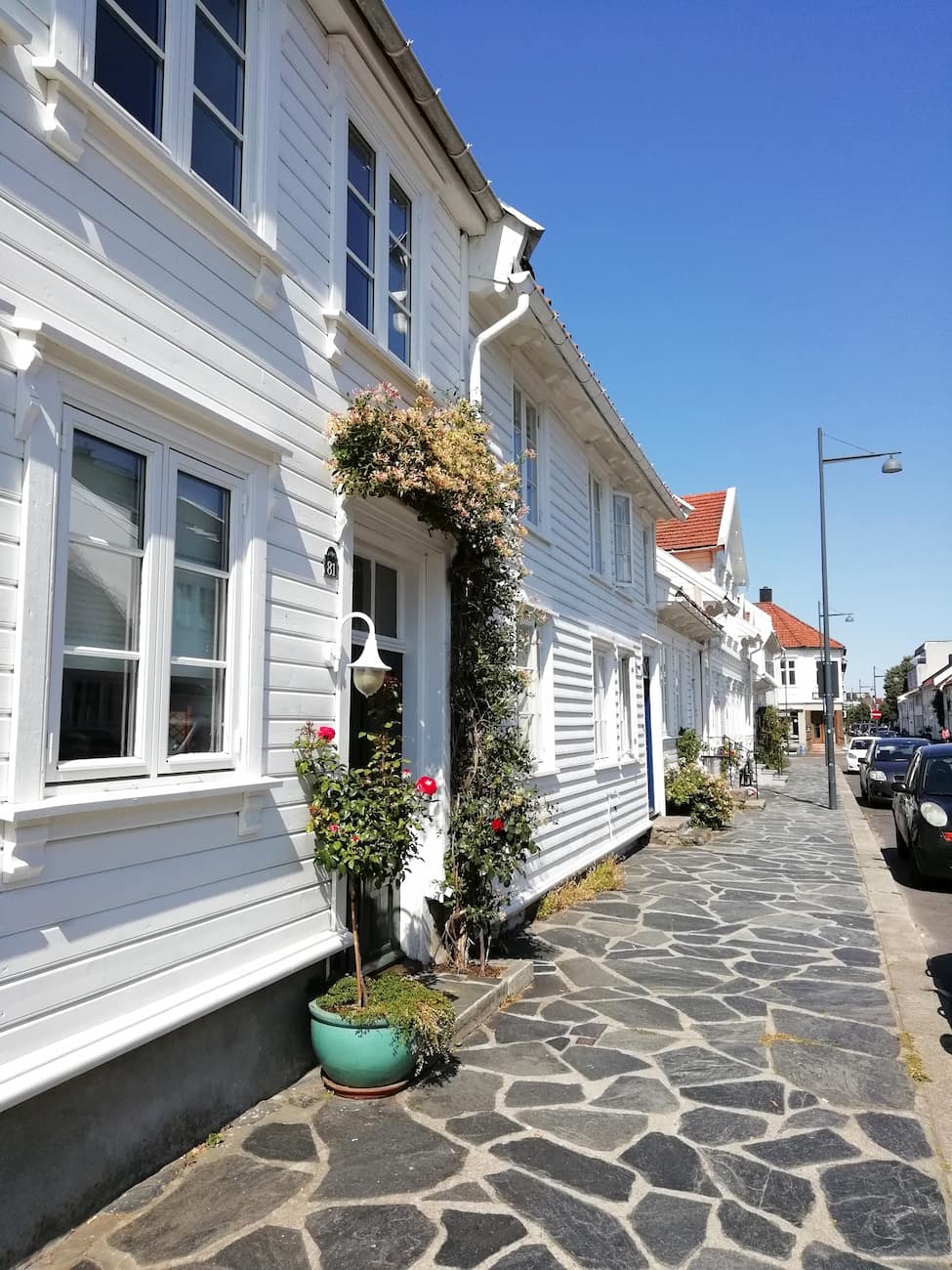
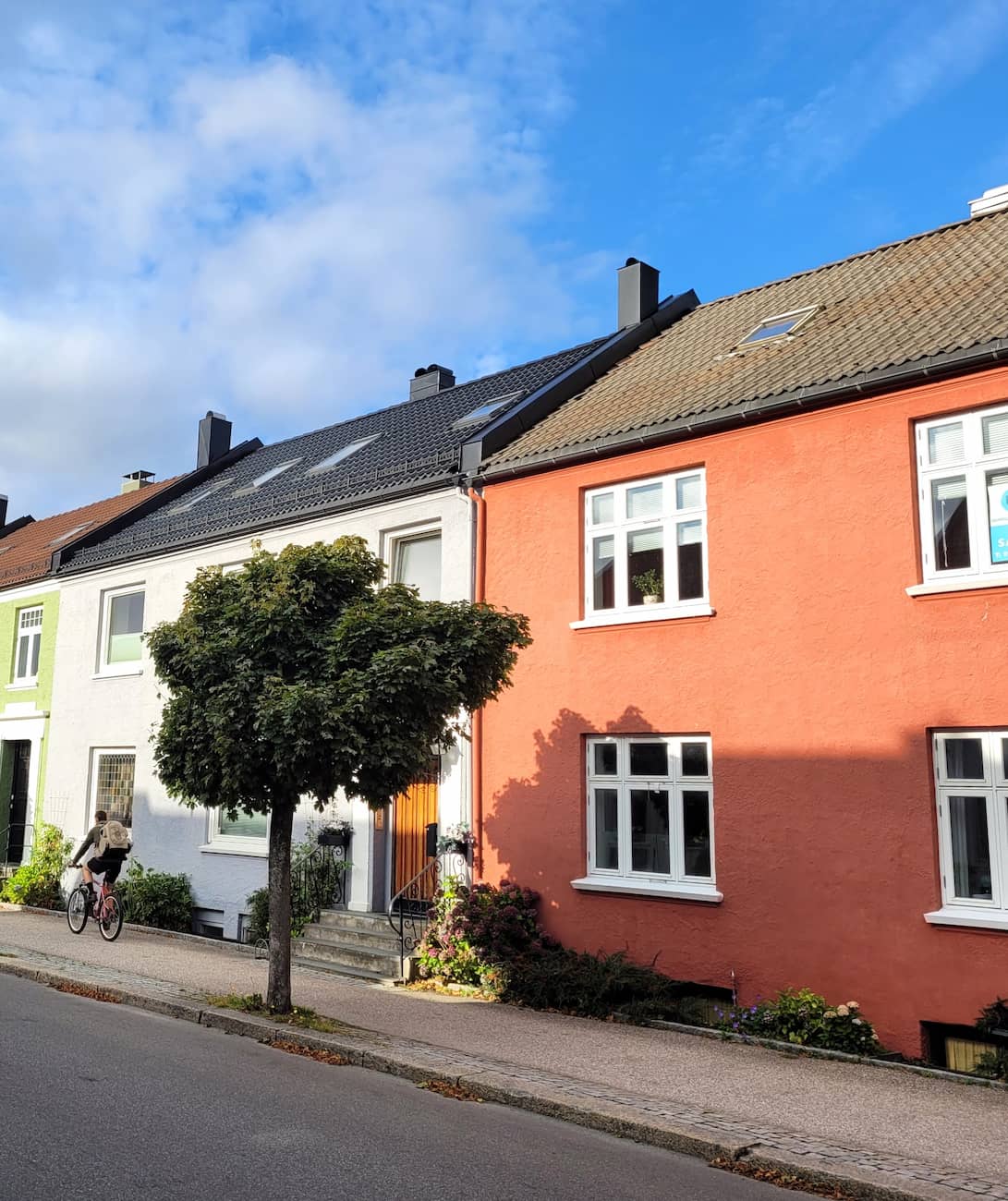
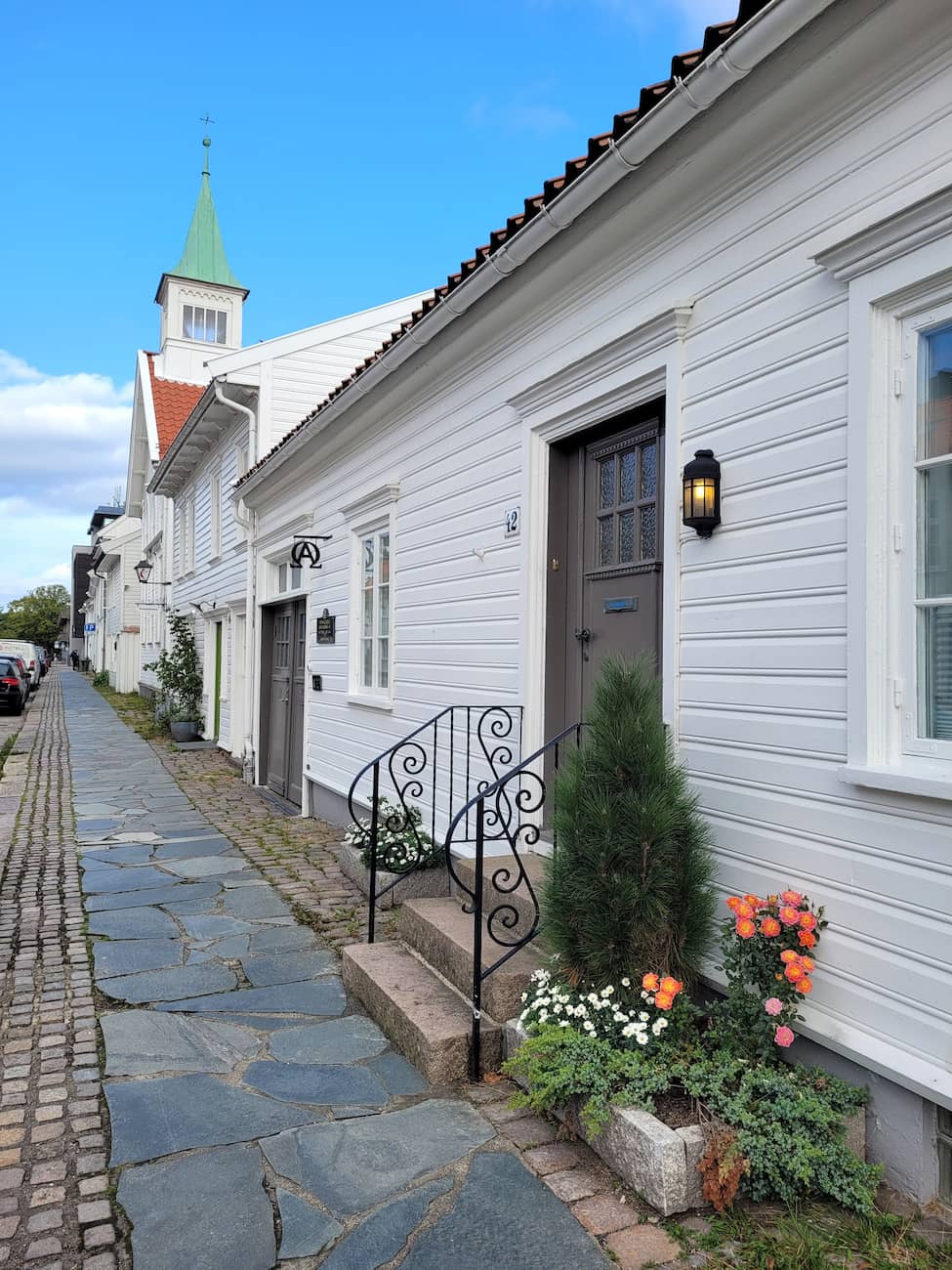
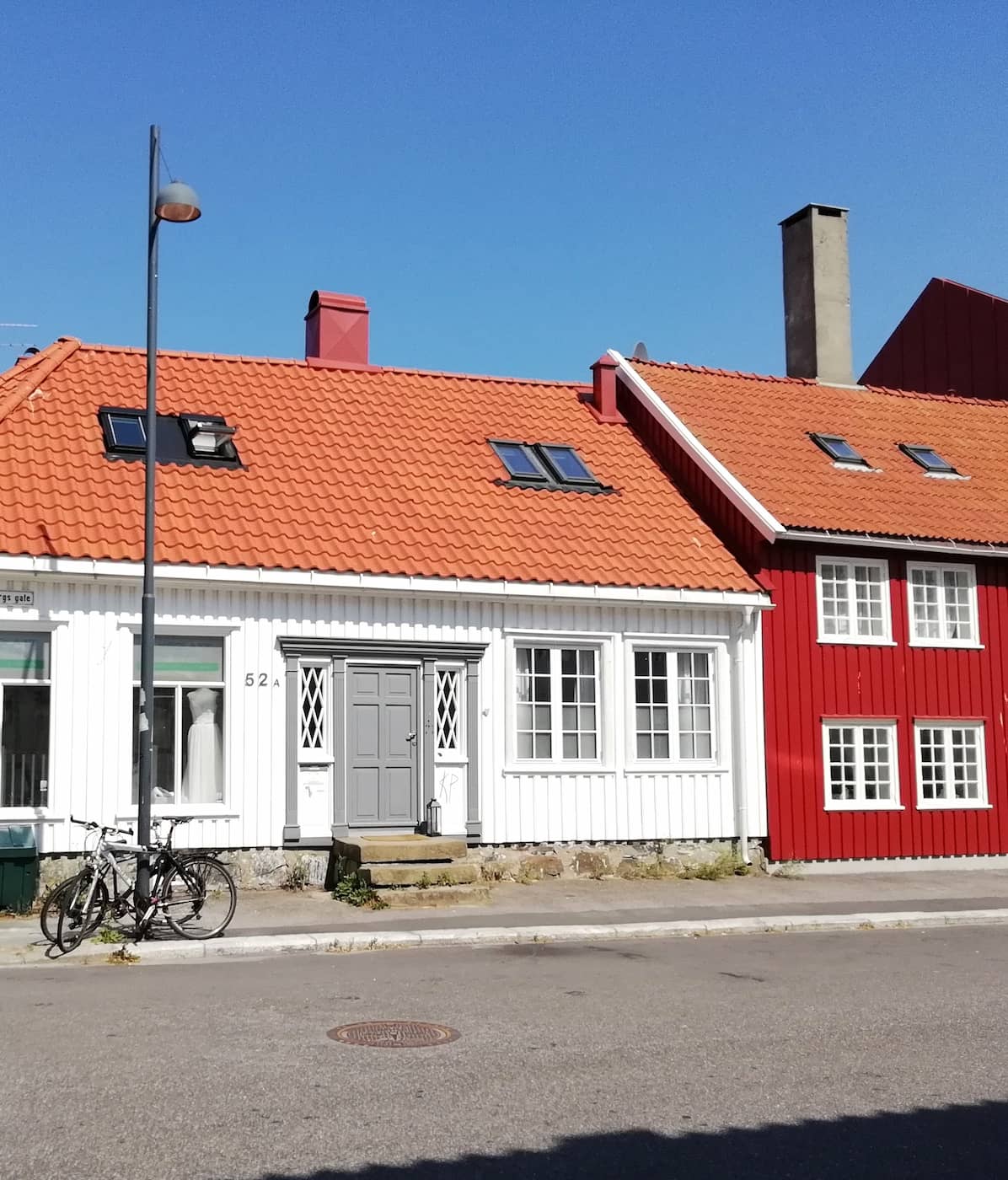
Hidden gems. My favorite discovery was Posebyhaven, a delightful backyard area with cafés, niche shops, and a bakery. During summer, they even host concerts here! The association “Foreningen Posebyen” actively works to preserve this historic treasure.
Sweet treats. Don’t miss Kafé Blåstua at Gyldenløvesgt. 60, famous for its homemade cakes and waffles. The café maintains its original décor, giving you an authentic taste of old Kristiansand while you rest your feet.
Historic buildings. I particularly enjoyed exploring Bentsens Hus (built in 1855) and the former Post Office (dating back to 1695). Each building has its own fascinating story, often told on blue signs you’ll spot throughout the neighborhood.
Highlights of Posebyen:
- Guided walking tours available from the tourist office on Rådhusgata 18
- Block-based layout making it easy to explore the winding streets
- Well-maintained decorations and beautiful flowers in window boxes
- Historic buildings with blue signs telling their fascinating stories
- Cozy atmosphere with friendly locals proud of their neighborhood
⭐ Best Tours
- Kristiansand Cultural Walk: Discover the rich history and culture of Kristiansand on this informative walking tour. Visit key landmarks including Posebyen (Old Town), Christiansholm Fortress, and the vibrant Fiskebrygga (Fish Market) while learning about the city’s development from its founding by King Christian IV to the present day.
- Kristiansand Express Archipelago Tour by RIB Speedboat: Experience the thrill of exploring Kristiansand’s stunning archipelago on a high-speed RIB boat tour.
3. Fiskebrygga (Fish Market)
Seafood heaven. Fiskebrygga quickly became my favorite spot in Kristiansand. This vibrant fish market and dining area sits right on the harbor, offering the freshest seafood I’ve tasted in Norway. The market has been operating since 1992 but continues the city’s centuries-old fishing traditions.
Restaurant row. I counted at least five excellent seafood restaurants along the wooden boardwalk. My meal at Reinhartsen was unforgettable – I splurged on their famous fish soup (189 NOK/~$18) packed with local cod, mussels, and shrimp in a creamy broth with fresh herbs.
Market browsing. Beyond restaurants, the indoor fish market offers everything from smoked salmon to live lobsters. Prices are reasonable compared to Oslo – I bought 200g of fresh shrimp for just 65 NOK (~$6) and enjoyed them on a nearby bench watching boats come and go.
Harbor activities. What makes Fiskebrygga special is the blend of commerce and recreation. I watched families feeding swans while fishermen unloaded their daily catch. Several tour boats depart from here, including the MS Bragdøya which offers island-hopping trips for 150 NOK (~$14) during summer.
Evening atmosphere. I returned at sunset when the wooden buildings glowed golden against the water. Most restaurants stay open until 10 PM, with outdoor seating areas filling up with both tourists and locals enjoying the long summer evenings with a glass of wine and seafood platters.
4. Odderøya Island
Island escape. Just a 10-minute walk from downtown Kristiansand, I discovered Odderøya Island – a surprising wilderness retreat connected to the mainland by a short bridge. This former naval base has transformed into a recreational paradise with hiking trails crisscrossing its 1.5 square kilometers.
Military remnants. I explored fascinating WWII bunkers and abandoned military installations scattered throughout the island. The Germans occupied Odderøya during WWII, leaving behind concrete structures now covered in colorful graffiti and moss – creating an eerie yet photogenic landscape.
Coastal views. Following the coastal path, I reached several viewpoints offering spectacular vistas of the Kristiansand archipelago. My favorite spot was near the old lighthouse, where I watched ferries departing for Denmark while seabirds soared overhead. The contrast between rugged cliffs and calm waters was mesmerizing.
Cultural hub. Beyond nature, Odderøya houses a thriving arts community. I stumbled upon several galleries and studios in converted military buildings. During summer, the island hosts Sommerbris festival with live music performances against the backdrop of the sea – tickets start at 450 NOK (~$43).
Outdoor activities. Kayaking around Odderøya’s caves and cliffs was my ultimate adventure (rental: 350 NOK/~$33 for 2 hours). The island also offers swimming spots with smooth rocks perfect for sunbathing. Pack water and snacks as there are limited facilities once you’re on the trails.
⭐ Best Activities
- Guided Double Sea Kayak Tours Kristiansand: Paddle through the serene waters around Kristiansand in a double sea kayak with an experienced guide. This adventure allows you to explore hidden coves, observe local wildlife, and enjoy the coastal landscape from a unique perspective, suitable for both beginners and experienced kayakers.
5. Ravnedalen Nature Park
Hidden valley. I almost missed Ravnedalen Nature Park, tucked away just northwest of the city center. This lush valley with dramatic rock walls, a serene lake, and manicured gardens feels like stepping into a fairytale setting that locals have enjoyed since the 1870s.
Garden oasis. The carefully maintained gardens feature exotic plants, colorful flower beds, and peaceful walking paths. I spent a relaxing afternoon admiring the landscaping while listening to the gentle sounds of small waterfalls trickling down the rock face – a perfect escape from city noise.
Culinary surprise. The park café serves what locals insist is Kristiansand’s best burger (179 NOK/~$17). I enjoyed mine on the outdoor terrace overlooking the lake, watching ducks glide across the water while savoring locally sourced beef with lingonberry sauce – a Norwegian twist on a classic.
Summer concerts. Ravnedalen transforms into a natural amphitheater during summer evenings. I was lucky to catch an outdoor classical concert with the valley’s acoustics enhancing every note. Check the schedule at the tourist office – tickets for performances range from 200-500 NOK (~$19-48).
Autumn colors. According to my local guide, Ravnedalen is particularly stunning during autumn when the surrounding trees burst into fiery reds and golds reflected in the lake’s surface. The park remains accessible year-round, though the café operates with reduced hours outside summer months.
6. Kilden Performing Arts Centre
Architectural marvel. I was awestruck by Kilden’s striking design – a massive oak wave seems to crash into a glass and concrete structure right on the waterfront. This 2,276-seat venue is Kristiansand’s cultural epicenter, hosting everything from opera to rock concerts.
World-class performances. I caught a mesmerizing performance by the Kristiansand Symphony Orchestra. The acoustics were impeccable, rivaling some of Europe’s most famous concert halls. Ticket prices vary, but I paid 450 NOK (~$43) for an excellent seat.
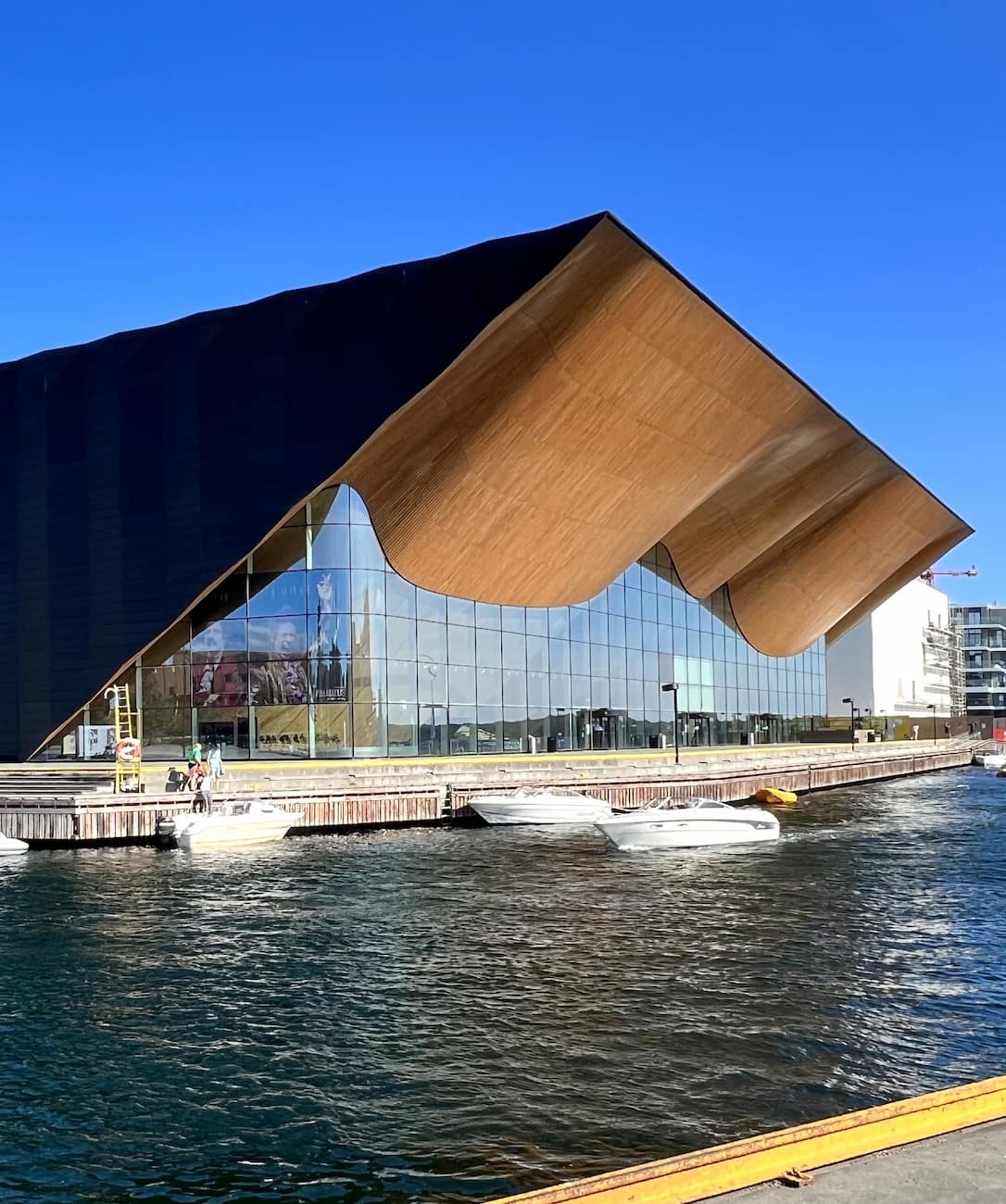
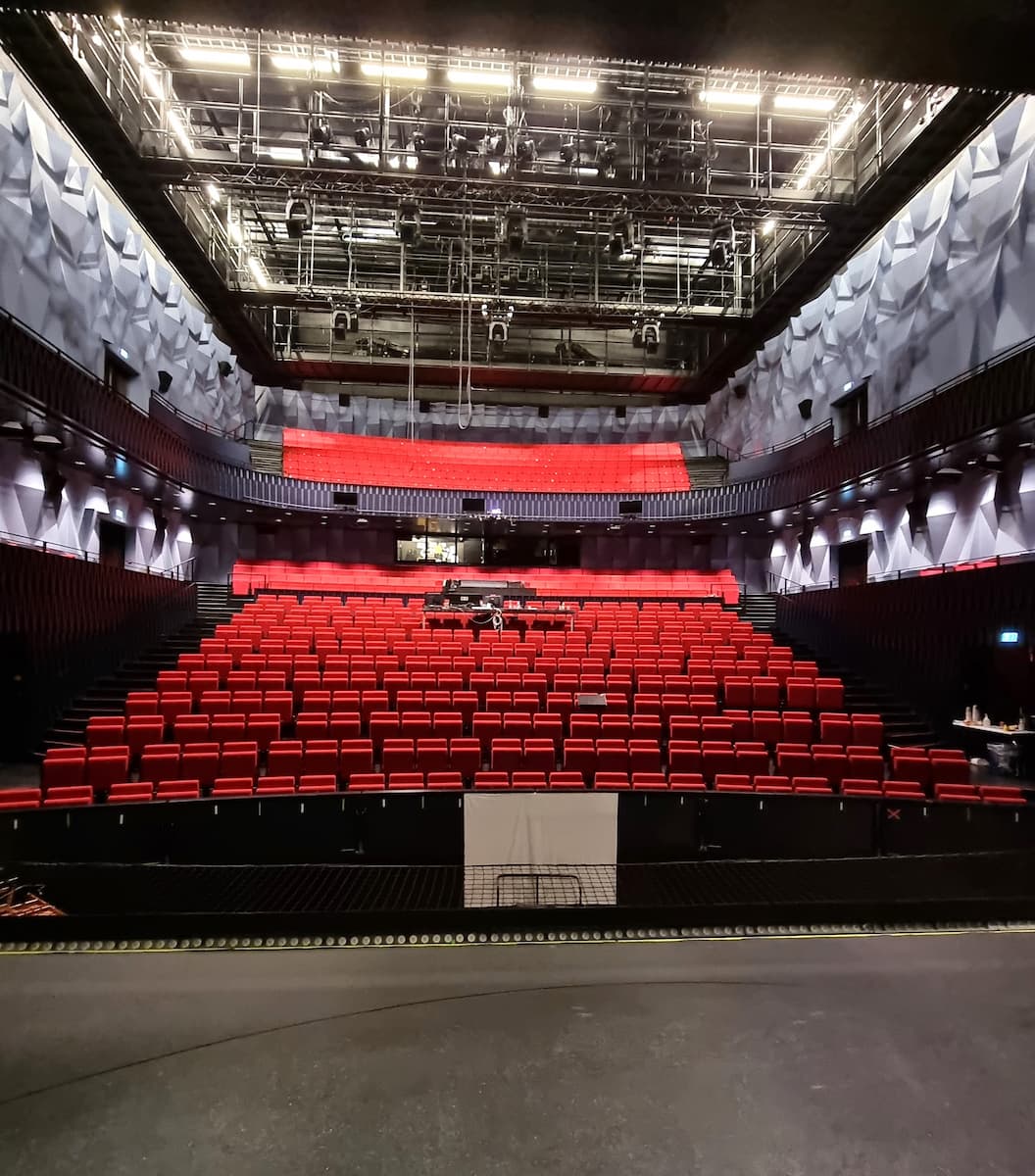
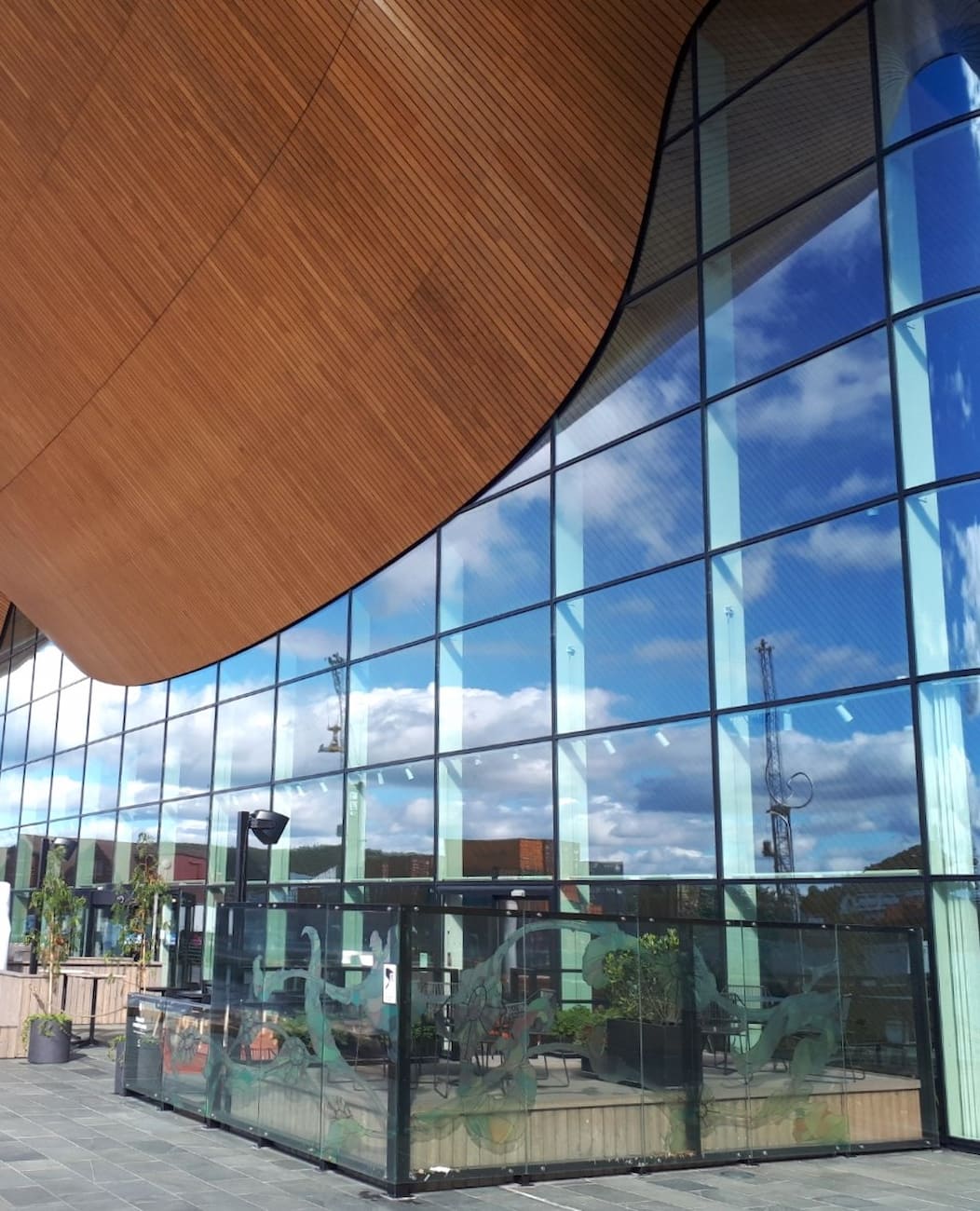
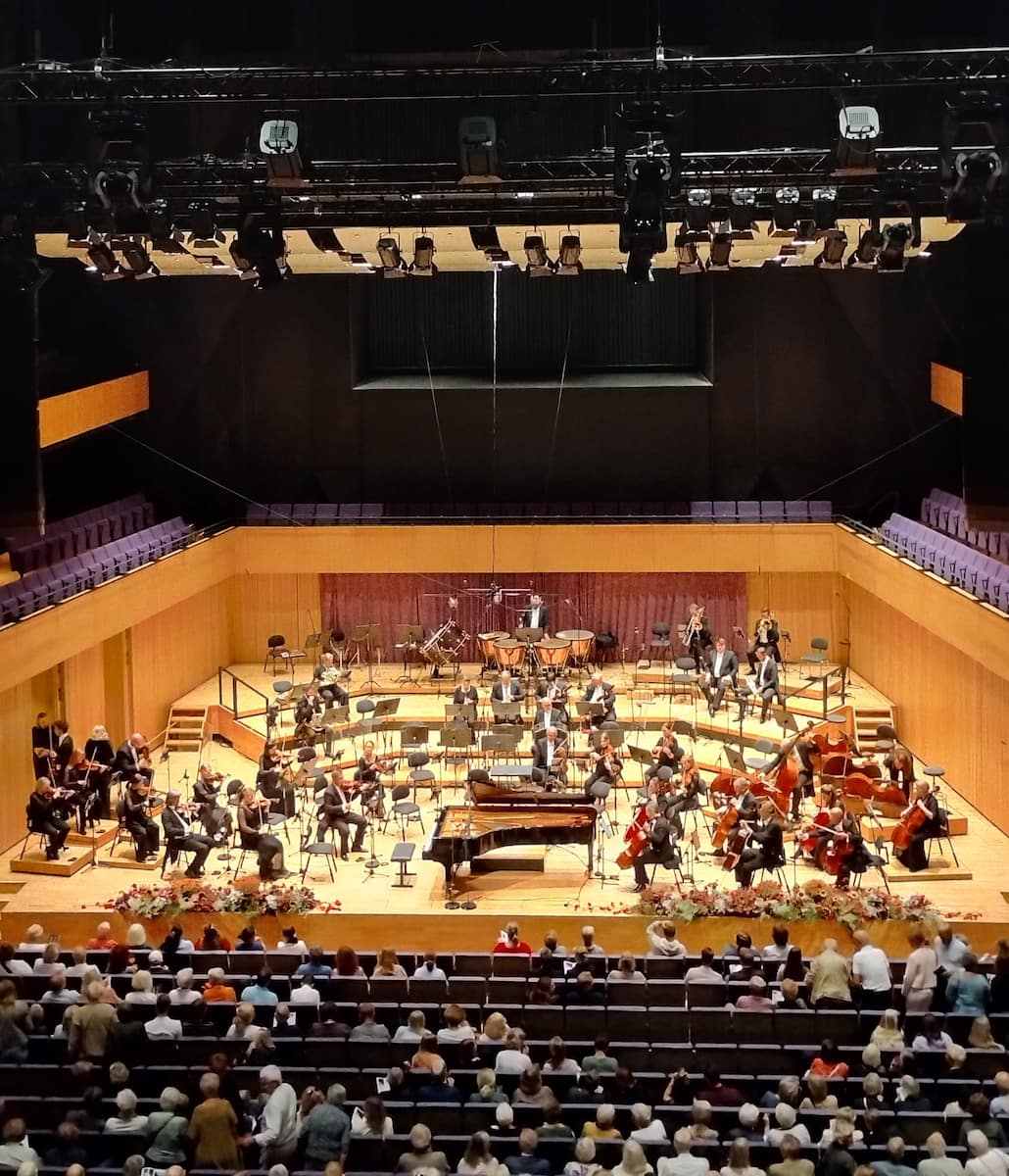
Behind the scenes. The guided tour (150 NOK/~$14) was eye-opening. I learned how the oak wave isn’t just for show – it’s an integral part of the building’s acoustics. The guide demonstrated how different parts of the stage can be raised or lowered for various productions.
Pre-show drinks. Arriving early, I enjoyed a glass of Norwegian aquavit (95 NOK/~$9) at the waterfront bar. The panoramic views of the harbor at sunset created the perfect prelude to an evening of culture.
Booking tip. Shows often sell out, especially during the summer festival season. I recommend booking tickets online at least a week in advance to secure good seats and potentially save on booking fees.
7. Kristiansand Kanonmuseum
WWII relic. Just outside the city, I discovered the Kristiansand Cannon Museum – home to the world’s second-largest land-based cannon. This massive 38cm gun, part of the German coastal defenses during WWII, left me in awe of its sheer size and destructive power.
Underground exploration. The real highlight was exploring the extensive underground bunker system. Winding through dimly lit corridors, I saw ammunition storage rooms, living quarters, and command centers – all preserved as they were in 1945.
Hands-on history. What sets this museum apart is its interactive nature. I got to operate some of the smaller anti-aircraft guns (safely decommissioned, of course) and peer through original rangefinders used to spot enemy ships.
Scenic location. Perched on a hill overlooking the Skagerrak Strait, the museum offers stunning coastal views. I spent some time just taking in the landscape, imagining how it must have looked during wartime.
Visitor info. Open daily from May to September, 10 AM to 4 PM. Admission is 120 NOK (~$11.50) for adults, with guided tours available for an additional 50 NOK. Wear comfortable shoes – there’s a fair bit of walking and climbing involved.
8. Kristiansand Museum
Living history. Kristiansand Museum transported me back in time through its collection of 40 historic buildings gathered from across Southern Norway. Located just 2 km from the city center, this open-air museum offers a tangible connection to Norwegian rural life spanning several centuries.
Farmstead exploration. I wandered through authentically furnished farmhouses, barns, and workshops arranged in small clusters. The Setesdal farmstead was my favorite – complete with traditional rose-painted furniture and a central hearth where costumed interpreters demonstrated bread baking (samples included with admission!).
Interactive experiences. What sets this museum apart is its hands-on approach. I tried my hand at traditional rope making, watched a blacksmith forge iron tools, and even participated in feeding the heritage breed farm animals that roam the grounds.
Miniature marvels. The museum’s unique feature is its collection of detailed miniature models showing how old Kristiansand looked before modernization. I spent nearly an hour examining these intricate recreations, spotting buildings that still exist alongside those long demolished.
Visitor information. The museum is open daily from May through August (10 AM-5 PM) with limited weekend hours in shoulder seasons. Admission prices:
⭐ Best Activities
- Kristiansand Highlights Tour with Museum Ticket: Maximize your time in Kristiansand with this comprehensive highlights tour that includes admission to the fascinating Kristiansand Museum.
9. Baneheia Trails
Nature escape. Just a 10-minute walk from Markens Street, I discovered Baneheia – an extensive network of trails winding through pristine forest and around serene lakes. This 300-acre recreational area has been Kristiansand’s green lung since the late 1800s.
Lake swimming. On a warm day, I joined locals at Stampetjønn, the larger of Baneheia’s two lakes. The wooden swimming platforms and smooth rock outcroppings provided perfect entry points into the refreshingly cool water. Unlike crowded beaches, this spot felt like a local secret.
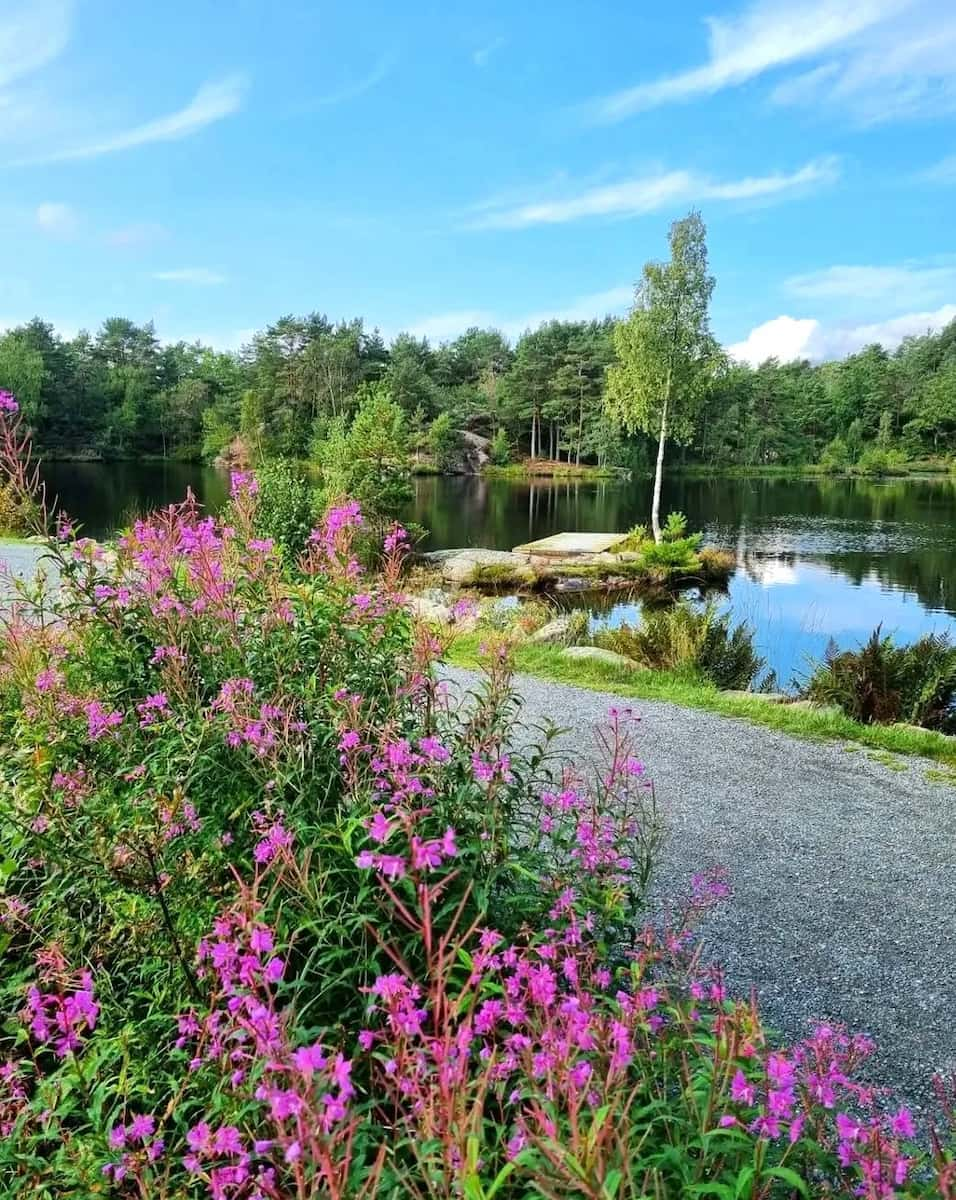
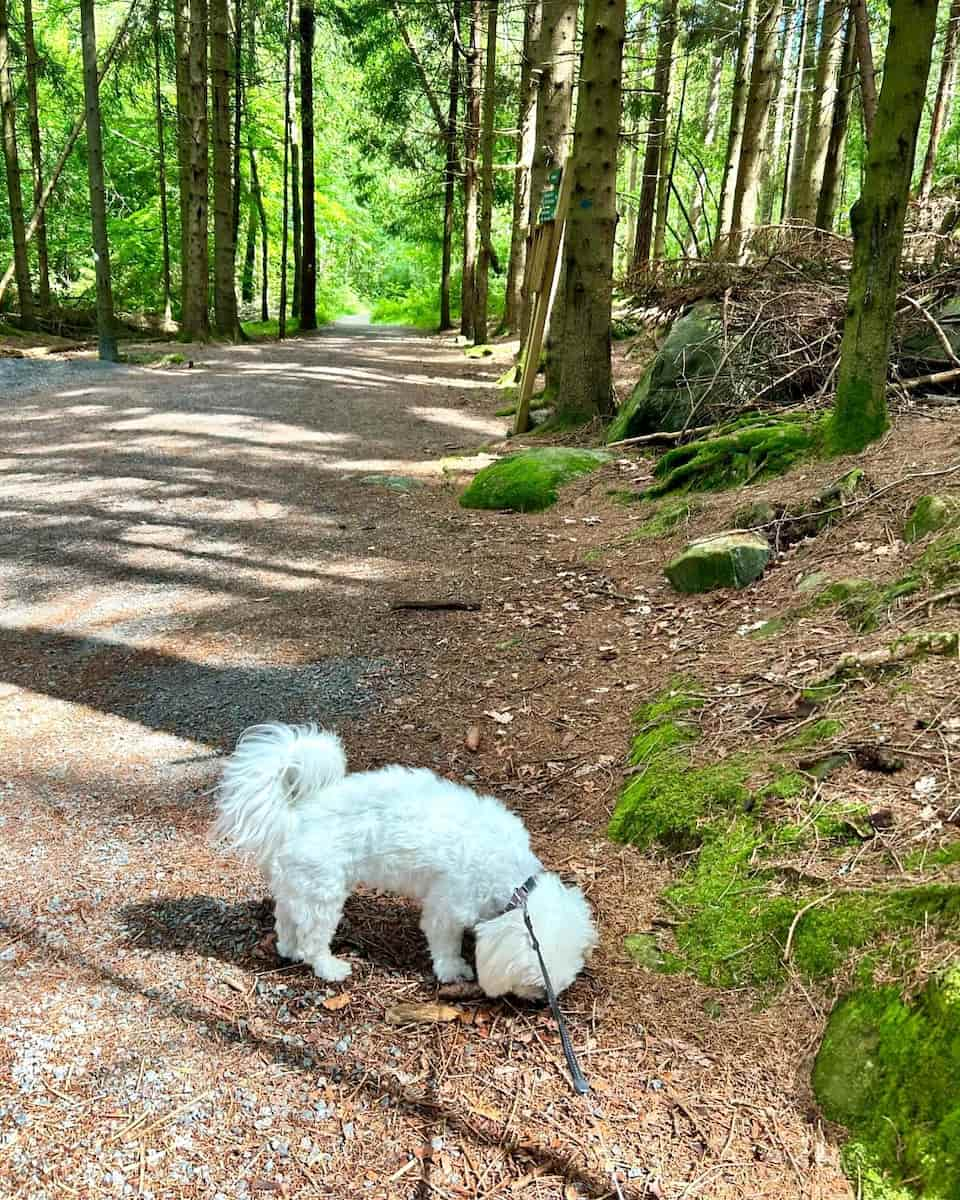
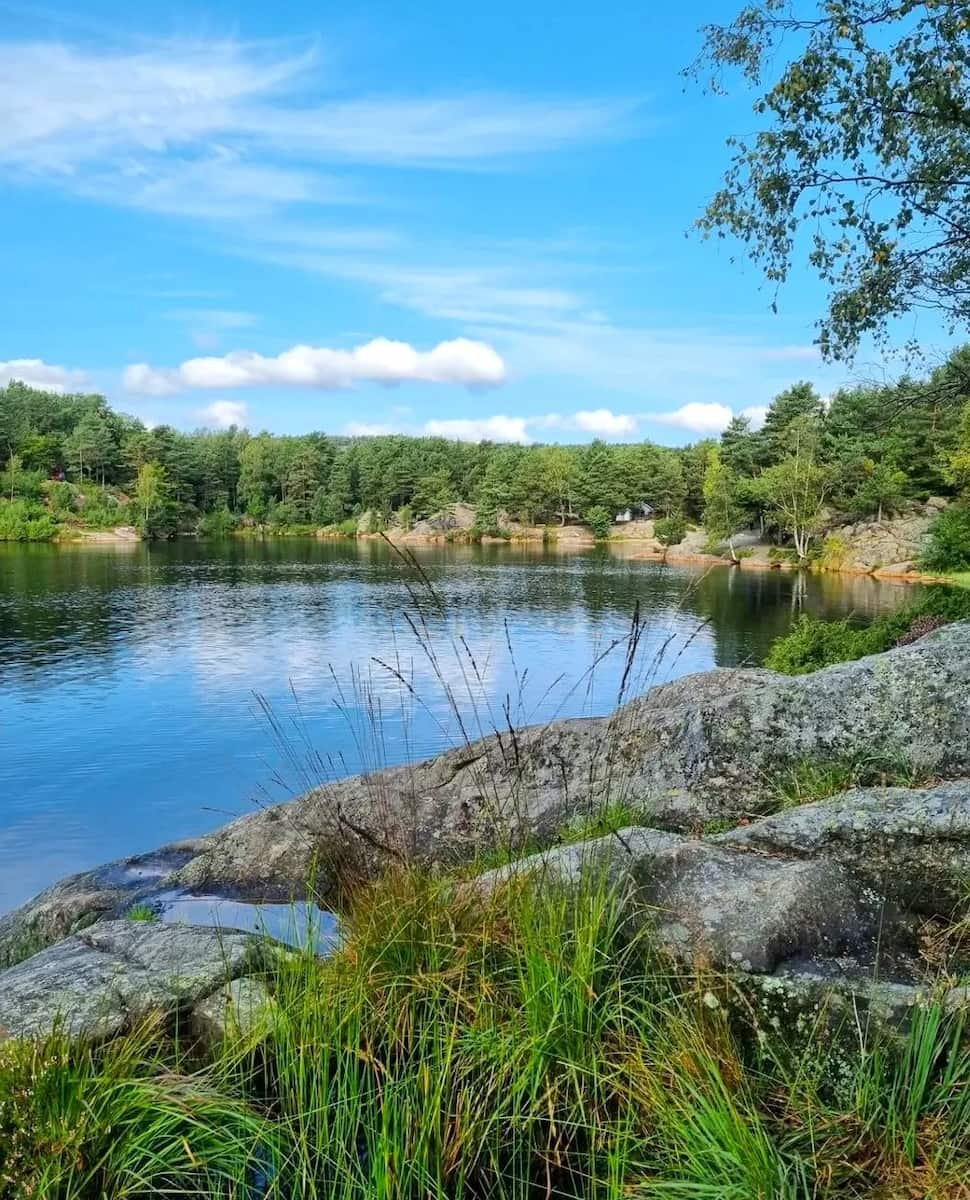
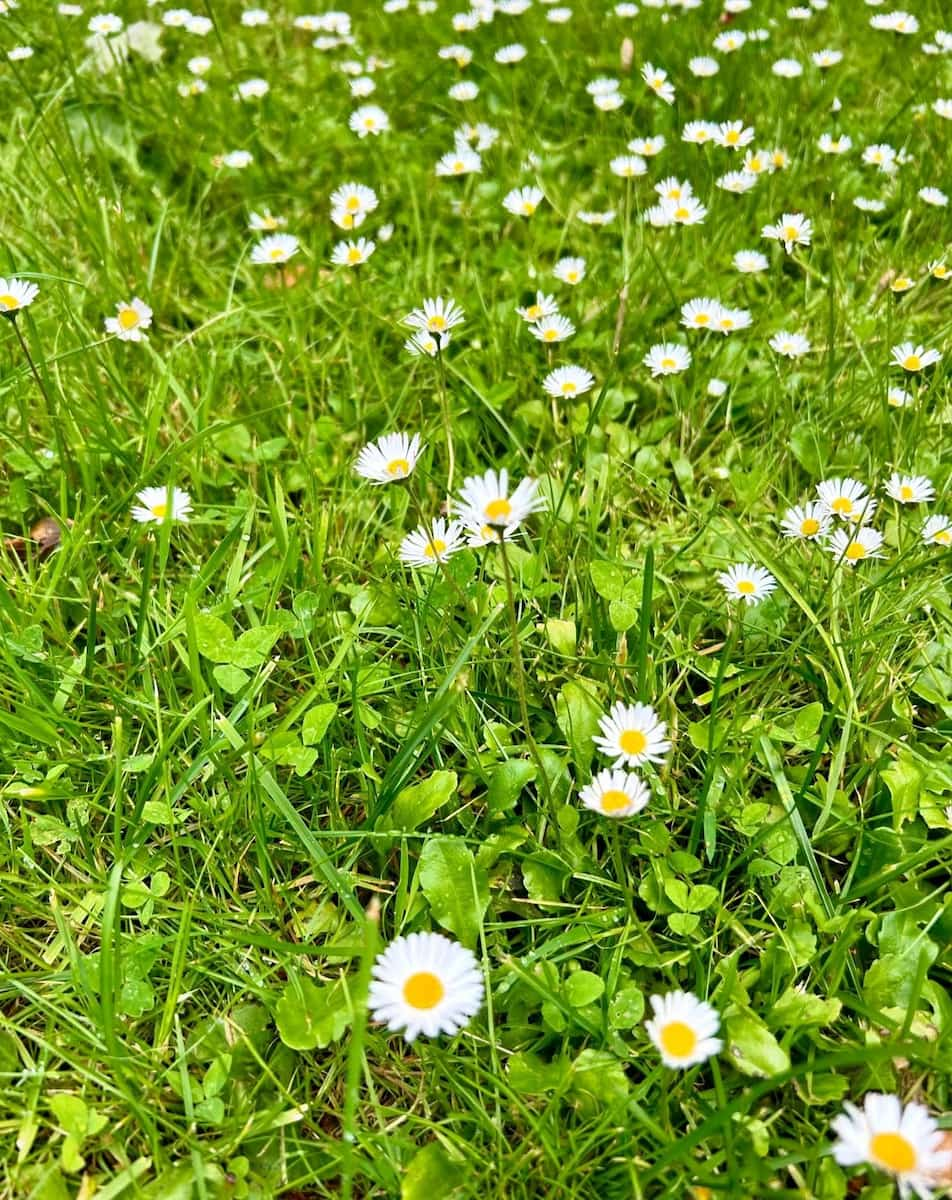
Trail options. Baneheia offers paths for every fitness level. I particularly enjoyed the 3.5 km illuminated gravel trail that loops around both lakes. For those seeking more challenge, the marked path up to Ravneheia viewpoint rewards with panoramic views of Kristiansand and the archipelago beyond.
Seasonal beauty. A local runner I met explained why Baneheia is special year-round: spring brings wildflowers and bird songs, summer offers swimming and berry picking, autumn transforms the forest into a canvas of red and gold, while winter creates a magical snow-covered wonderland for cross-country skiing.
Practical tips. Entry is completely free, with well-maintained facilities including restrooms, picnic areas, and even barbecue spots. I recommend downloading the “Outtt” app for detailed trail maps before visiting, as some path junctions can be confusing for first-timers.
⭐ Best Activities
- South Norway Via Ferrata Climbing Adventure: Challenge yourself on this exciting via ferrata climbing adventure near Kristiansand. Scale dramatic rock faces using fixed cables, ladders, and bridges while enjoying spectacular views of South Norway’s landscape. Perfect for thrill-seekers looking to combine adventure with natural beauty.
10. Bystranda Beach
Urban beach. I was skeptical about a city beach, but Bystranda completely changed my mind. This Blue Flag-certified stretch of golden sand sits right in Kristiansand’s heart, creating a surprising tropical atmosphere against the backdrop of urban architecture.
Beach facilities. What impressed me most was the thoughtful design – clean changing rooms, outdoor showers, volleyball courts, and even exercise equipment. The beach is meticulously maintained, with staff regularly raking the sand and emptying recycling bins.
Water activities. I rented a stand-up paddleboard from the beachside kiosk (200 NOK/~$19 per hour) and explored the coastline from a new perspective. The protected swimming area is perfect for families, with gentle waves and lifeguards on duty during summer months.
Beachside dining. After working up an appetite paddleboarding, I enjoyed a delicious fish burger (165 NOK/~$16) at Strand Café right on the promenade. Watching the sunset over the water while sipping a local craft beer made for a perfect summer evening.
Festival venue. If you visit in July, you might catch Palmesus – Scandinavia’s largest beach festival. I missed the main event but saw crews setting up the massive stage directly on the sand. Locals told me tickets (starting at 1,295 NOK/~$124 for a day pass) sell out months in advance.
11. Markens Street Promenade
Shopping paradise. Walking down Markens Street (Markens gate), I immediately understood why it’s Kristiansand’s beating heart. This pedestrianized promenade stretches nearly a kilometer through the city center, lined with colorful shops, cafés, and street performers that create a lively atmosphere.
Local boutiques. Beyond the expected international chains, I discovered unique Norwegian shops like Bunad Butikken, where traditional folk costumes (bunads) are displayed in window cases like works of art. Though priced from 20,000 NOK (~$1,900), even just browsing these intricate garments was fascinating.
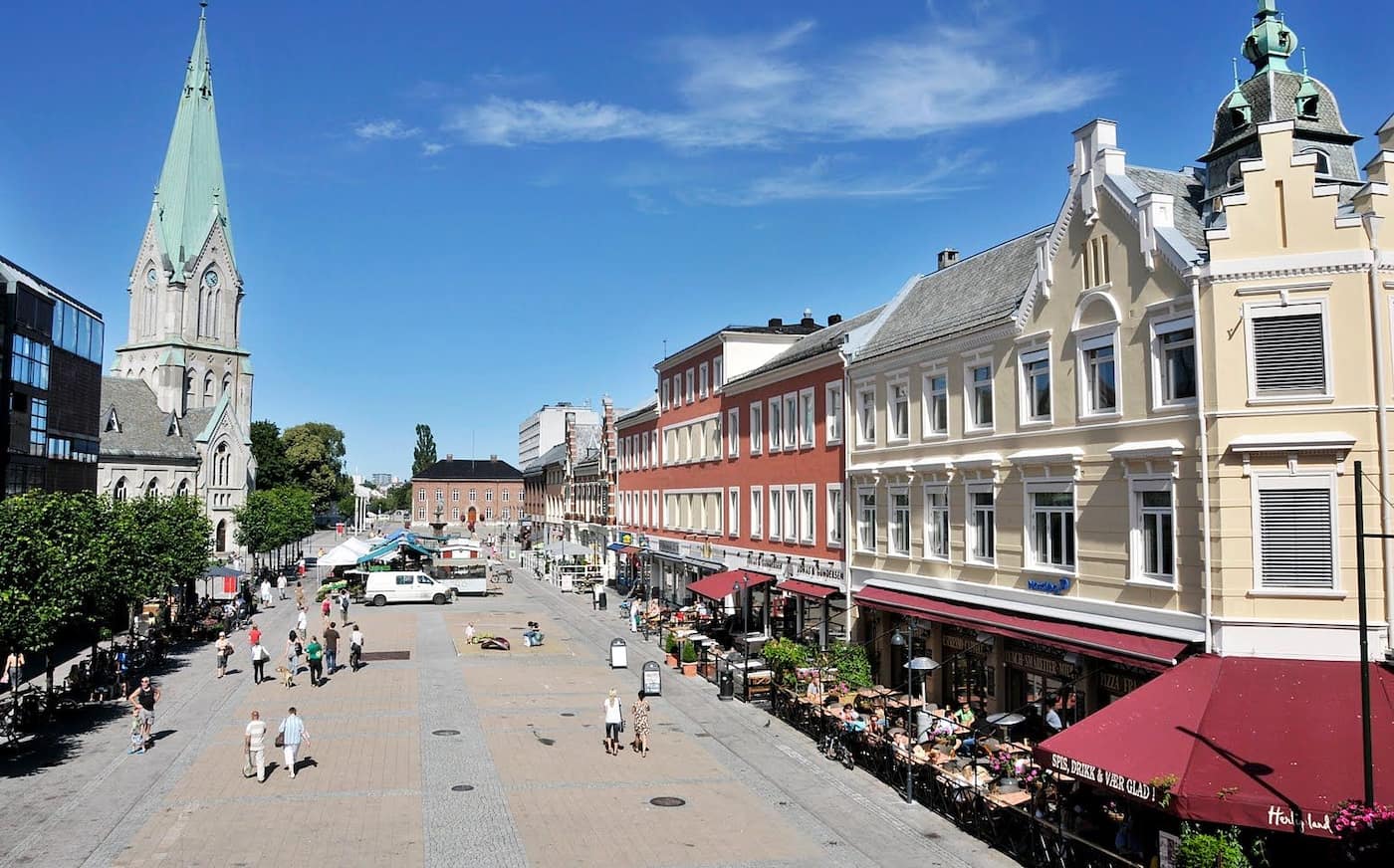
Café culture. I joined locals for the Norwegian tradition of “kaffe og kake” at Drømmeplassen Café. Their cinnamon buns (45 NOK/~$4.30) paired perfectly with strong black coffee while I people-watched from their outdoor seating area.
Street entertainment. On Saturday afternoon, the promenade transformed into an open-air performance space. I stopped to watch a local folk dance group in traditional costumes, followed by a young violinist playing haunting Nordic melodies that echoed between the buildings.
Practical tip. Markens connects directly to Strandpromenaden (the beach promenade), creating a perfect walking route from shopping to swimming. Most shops close by 6 PM on weekdays (4 PM Saturdays), but restaurants and ice cream parlors stay open later, especially during summer.
Things to Do in Kristiansand with Kids
1. Leos Lekeland Play Center
Indoor adventure. When rain threatened to ruin our Kristiansand family day, Leos Lekeland saved us! This massive indoor play center near Sørlandssenteret shopping mall became our sanctuary for five hours of non-stop fun. My kids literally begged to stay longer as closing time approached.
Play structures. I watched my children disappear into a labyrinth of colorful tubes, nets, and slides spanning three stories high. The most impressive feature was the massive air cannon area where kids loaded soft balls into pneumatic guns, creating a chaotic but thrilling battlefield of flying foam projectiles.
Parent comfort. Unlike many play centers, Leos actually caters to adults too. I relaxed in their comfortable seating area with surprisingly good coffee (35 NOK/~$3.30) and free WiFi while keeping an eye on the kids. The center’s clever design allows visibility into most play areas from the café.
Food options. We refueled with their family pizza deal (299 NOK/~$28.50 for a large pizza, four drinks, and ice cream), which was tastier than expected. The staff happily accommodated my daughter’s food allergies, even checking ingredients in the kitchen – a level of service I didn’t anticipate.
Practical info. Entry prices are based on height rather than age, which I found refreshing. My kids were thrilled to be measured at the entrance like a theme park ride!
2. Planeten Pluto Playland
Toddler paradise. While Leos caters to all ages, I found Planeten Pluto perfect for my younger child. Located in Vågsbygd, this colorful indoor playground specializes in activities for children under 10, with dedicated zones for different age groups.
Space theme. My 4-year-old was captivated by the space-themed décor – climbing through rocket ships, sliding down meteor showers, and bouncing on moon-surface trampolines. The cosmic sound effects and gentle background music created an immersive atmosphere that sparked his imagination.
Safety focus. What impressed me most was the attention to safety. Play areas for different ages are clearly separated, with the toddler section completely enclosed. Staff members regularly circulated through the facility, ensuring equipment was clean and children were playing appropriately.
Birthday option. We happened to visit during a birthday celebration and I was amazed by the themed party rooms. The birthday child received a special “commander’s helmet” and led their friends on a “mission to Pluto” guided by an enthusiastic staff member. Prices start at 1,990 NOK (~$190) for 10 children.
Visitor tips. Bring socks! Unlike some play centers, both children and adults must wear socks (available for purchase at 30 NOK if you forget). The facility is spotlessly clean, with hand sanitizer stations throughout – a detail this parent greatly appreciated.
Highlights for different ages:
- Toddler zone (0-3 years): Soft play equipment, mini slides, and sensory activities
- Preschool area (3-6 years): Moderate climbing structures, ball pits, and interactive games
- Big kid section (6-10 years): Challenging obstacle courses, faster slides, and team games
- Parent area: Comfortable seating with charging stations and quality coffee
- Party rooms: Five themed spaces including “Mars Mission” and “Astronaut Training”
⭐ Best Activities
- Kristiansand Sørlandet Klatresenter Equipment Rental: Enjoy climbing at Sørlandet Klatresenter with convenient equipment rental options. This modern climbing center offers routes for all skill levels, from beginners to experienced climbers, with professional-grade gear available to ensure a safe and enjoyable experience.
3. Aquarama Water Park
Splash paradise. Aquarama became our family’s favorite rainy-day activity in Kristiansand. This modern water park complex sits right next to Bystranda Beach, offering indoor aquatic fun regardless of Norway’s unpredictable weather. The moment we entered, my kids’ eyes widened at the sight of colorful slides twisting above the main pool.
Slide adventures. I conquered my fear of heights on the “Black Hole” slide – a thrilling 80-meter tube that plunges through complete darkness before splashing into a deep pool. My children preferred the gentler “Family Slide” where we could ride together on inflatable rings, laughing as we spun around the curves.
Toddler zone. The thoughtfully designed children’s area was perfect for my youngest. Shallow water, mini slides, and interactive water features kept him entertained for hours. I appreciated how the entire section was visible from comfortable parent seating areas nearby.
Relaxation options. While the kids played, I snuck away to the adults-only wellness area for a 30-minute sauna session (additional 120 NOK/~$11.50). The panoramic windows overlooking the sea created a uniquely Norwegian relaxation experience that rejuvenated me for more family fun.
Practical details. Aquarama offers various ticket options depending on how much time you need. We found the 3-hour family pass to be the sweet spot:
| Ticket Type | Duration | Price | USD Equivalent |
|---|---|---|---|
| Child (3-15) | 3 hours | 195 NOK | ~$18.60 |
| Adult | 3 hours | 245 NOK | ~$23.40 |
| Family (2+2) | 3 hours | 680 NOK | ~$65.00 |
| Day Pass | All day | +100 NOK | +~$9.50 |
4. Natural History Museum and Botanical Garden
Scientific wonder. The Agder Natural History Museum surprised me with its perfect balance of education and entertainment. Located within a beautiful botanical garden, this hidden gem kept my science-loving daughter engaged for an entire afternoon with its interactive exhibits and outdoor exploration.
Animal kingdom. My children were mesmerized by the extensive collection of taxidermied animals displayed in realistic habitats. The “Predators of Norway” exhibit featuring wolves, lynx, and wolverines sparked endless questions. Unlike stuffy museums, the displays here are designed at child-height with interactive elements.
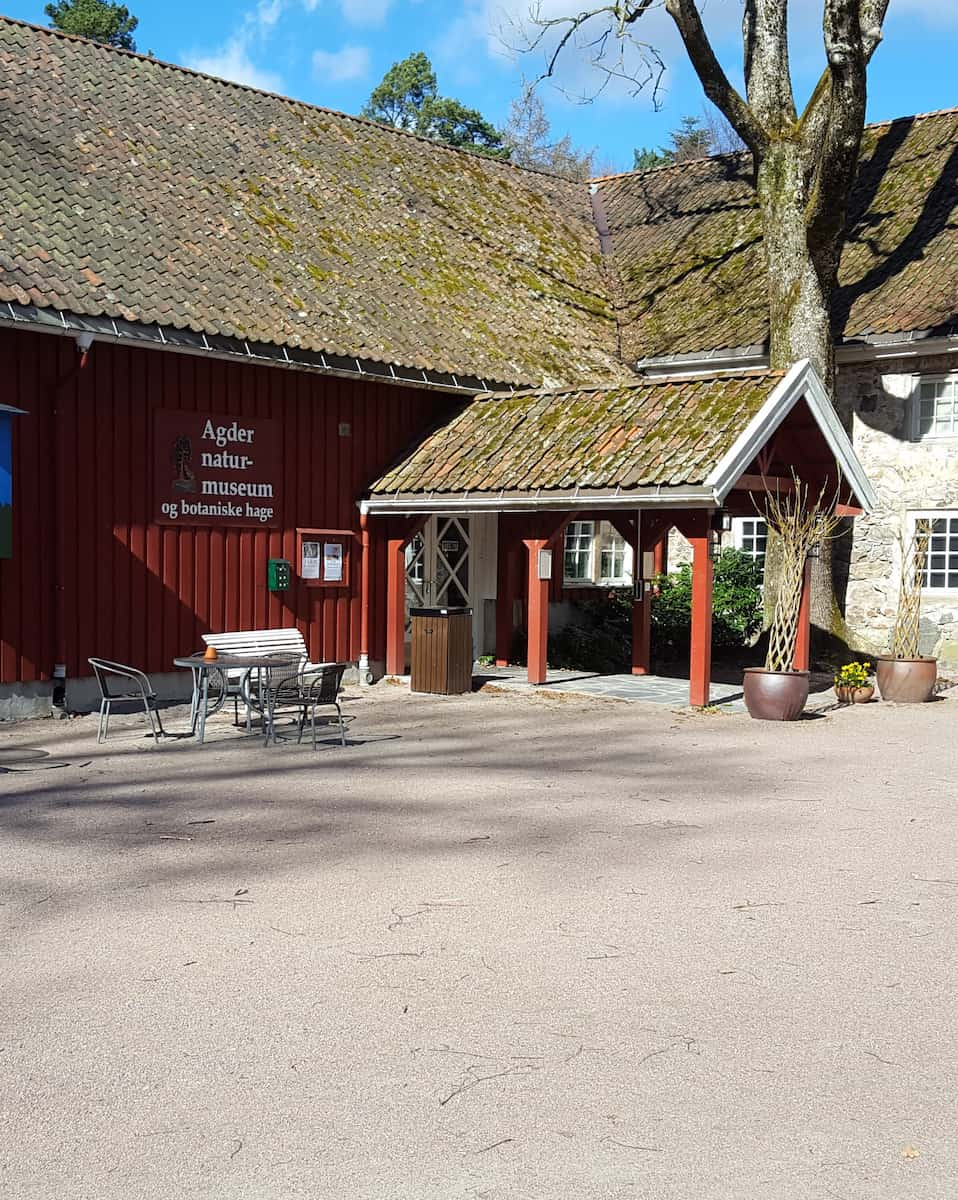
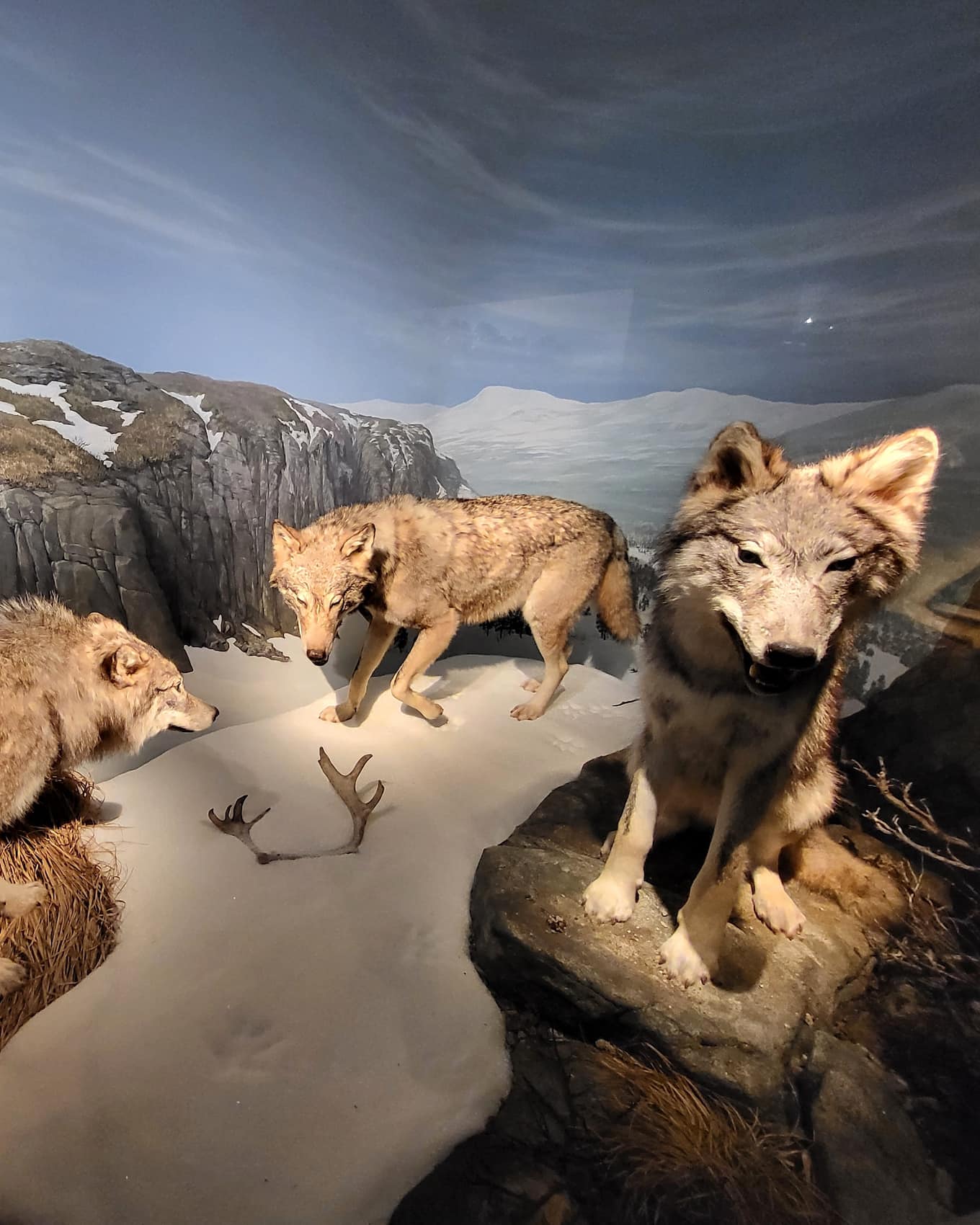
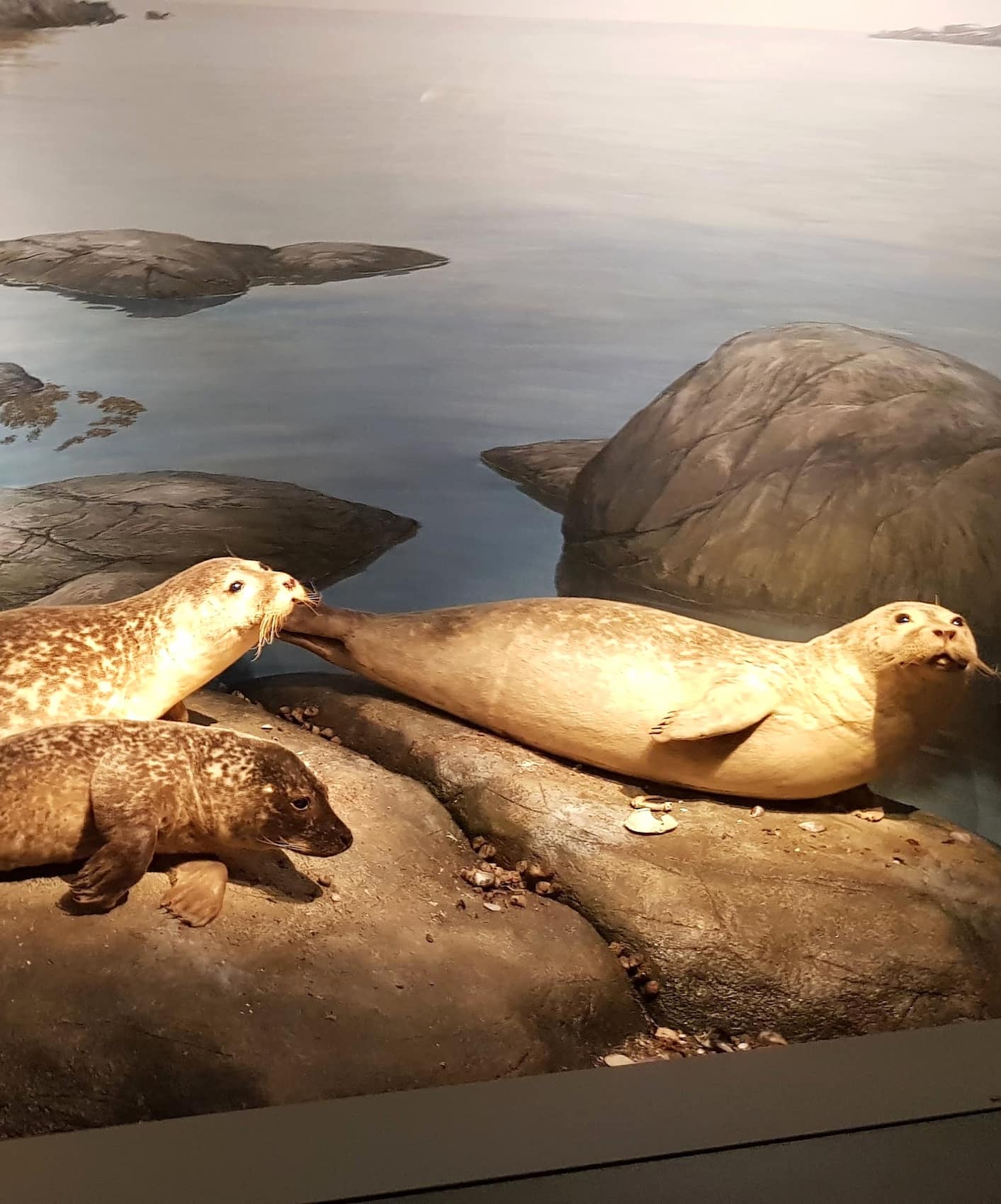
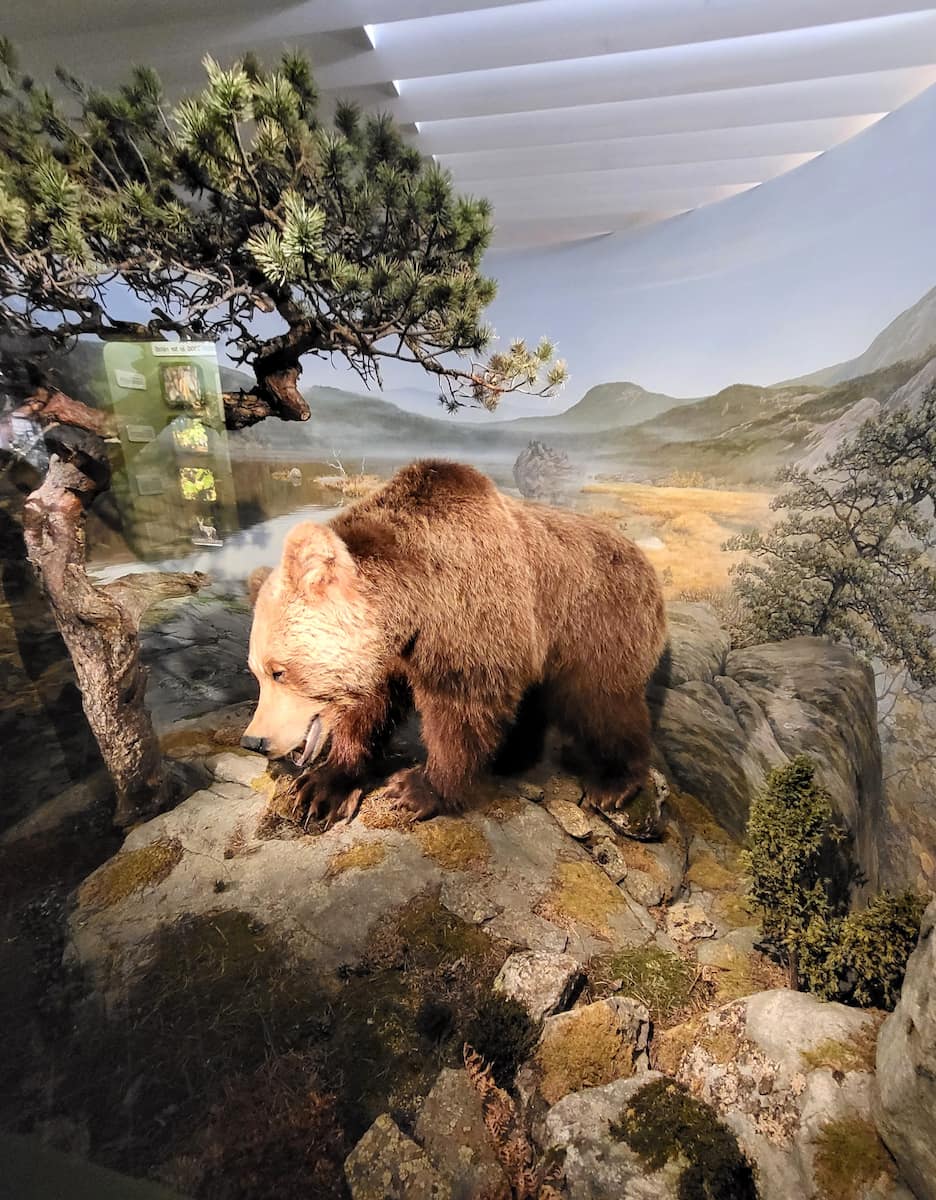
Hands-on learning. The discovery room became our favorite spot, where kids could handle real animal skulls, examine insects under microscopes, and piece together fossil puzzles. A friendly staff member even brought out a live snake for a supervised handling session that thrilled my normally shy son.
Garden exploration. After the museum, we followed the botanical garden’s “Explorer’s Trail” – a cleverly designed scavenger hunt where children search for specific plants and complete nature-based challenges. The activity sheet (free at reception) turned a simple garden walk into an exciting adventure.
Visitor information. The museum offers excellent value compared to other attractions, with family-friendly facilities including a clean changing room and a picnic area where we enjoyed our packed lunch.
| Visitor Category | Price | USD Equivalent |
|---|---|---|
| Adults | 100 NOK | ~$9.50 |
| Children (4-15) | 50 NOK | ~$4.75 |
| Family (2+3) | 250 NOK | ~$23.80 |
| Under 4 years | Free | Free |
5. City Train Tour
Sightseeing fun. Kristiansand’s bright yellow City Train became our family’s unexpected highlight. Unlike regular tours that bore children, this charming open-air train captivated my kids while actually teaching them about the city. The 45-minute route covers major attractions while providing entertainment for all ages.
Route highlights. We climbed aboard at Markens Street and journeyed through Posebyen’s historic houses, along the harbor promenade, and past Christiansholm Fortress. My children especially loved crossing the bridge to Odderøya Island where the driver slowed down for perfect photo opportunities of the archipelago.
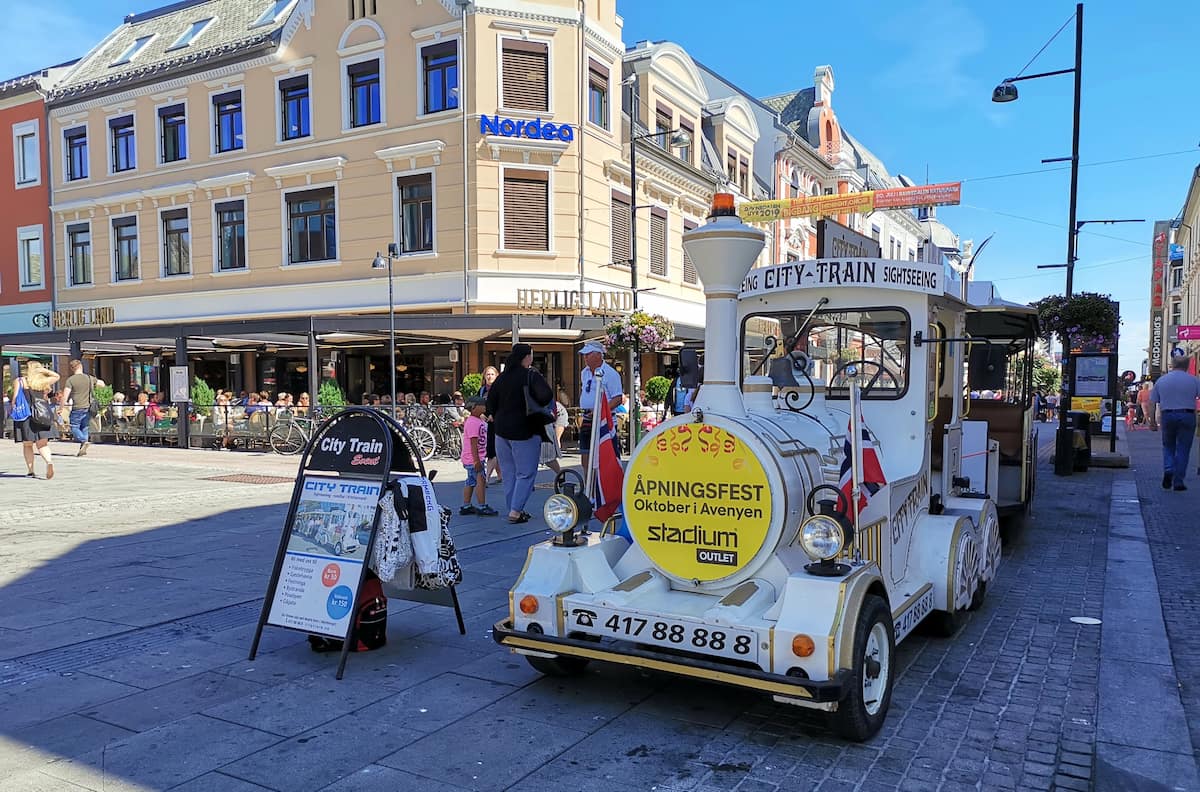
Kid-friendly commentary. The audio guide cleverly balances historical facts with fun trivia and silly jokes that had my children giggling throughout the ride. When passing Fiskebrygga, the guide mentioned how many ice creams are sold there annually – information my kids found far more interesting than architectural details!
Weather flexibility. When unexpected rain showers hit, the train crew quickly deployed transparent covers that kept us dry without blocking our views. This thoughtful touch meant we could continue enjoying the tour despite typical Norwegian weather surprises.
Practical tips. The train operates daily from June through August, with departures every hour between 10 AM and 4 PM. No advance booking is needed – we simply showed up at the main stop on Markens Street near the tourist information center.
| Ticket Type | Price | USD Equivalent |
|---|---|---|
| Adults | 150 NOK | ~$14.30 |
| Children (4-15) | 75 NOK | ~$7.15 |
| Family (2+2) | 390 NOK | ~$37.20 |
| Under 4 years | Free | Free |
Free Things to Do in Kristiansand
1. Kristiansand Cathedral
Architectural gem. I stumbled upon Kristiansand Cathedral while strolling through the center of Kristiansand, and its Neo-Gothic façade immediately caught my eye. Built in 1885, this magnificent structure stands as a testament to the city’s rich history and serves as an important landmark for both locals and visitors arriving on cruise ships.
Interior beauty. Stepping inside, I was enveloped by a peaceful atmosphere and stunning craftsmanship. The vaulted ceilings soared overhead while colorful stained glass windows filtered sunlight into rainbow patterns across the wooden pews. Unlike many European cathedrals with entrance fees, this spiritual haven welcomes visitors free of charge.
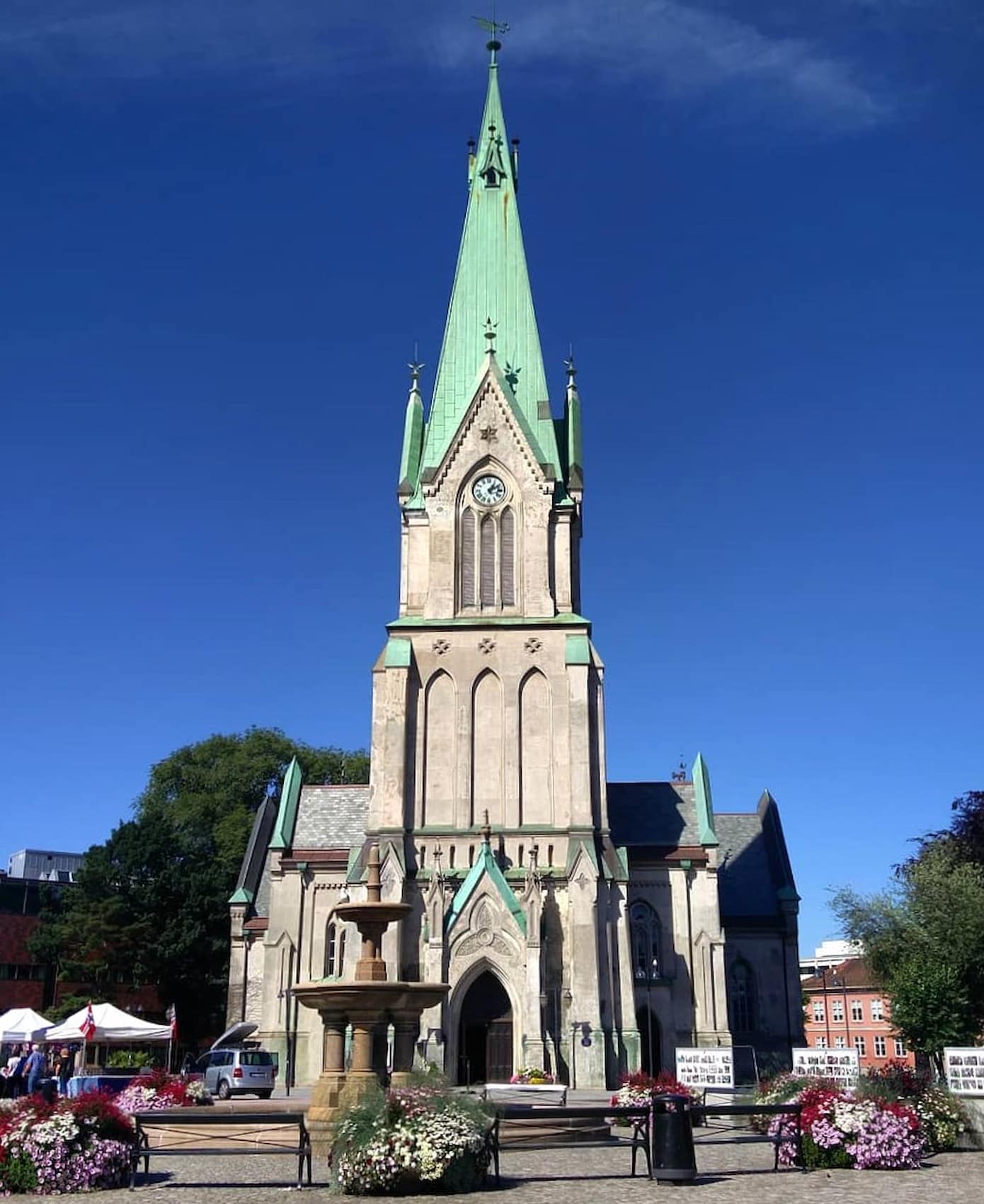
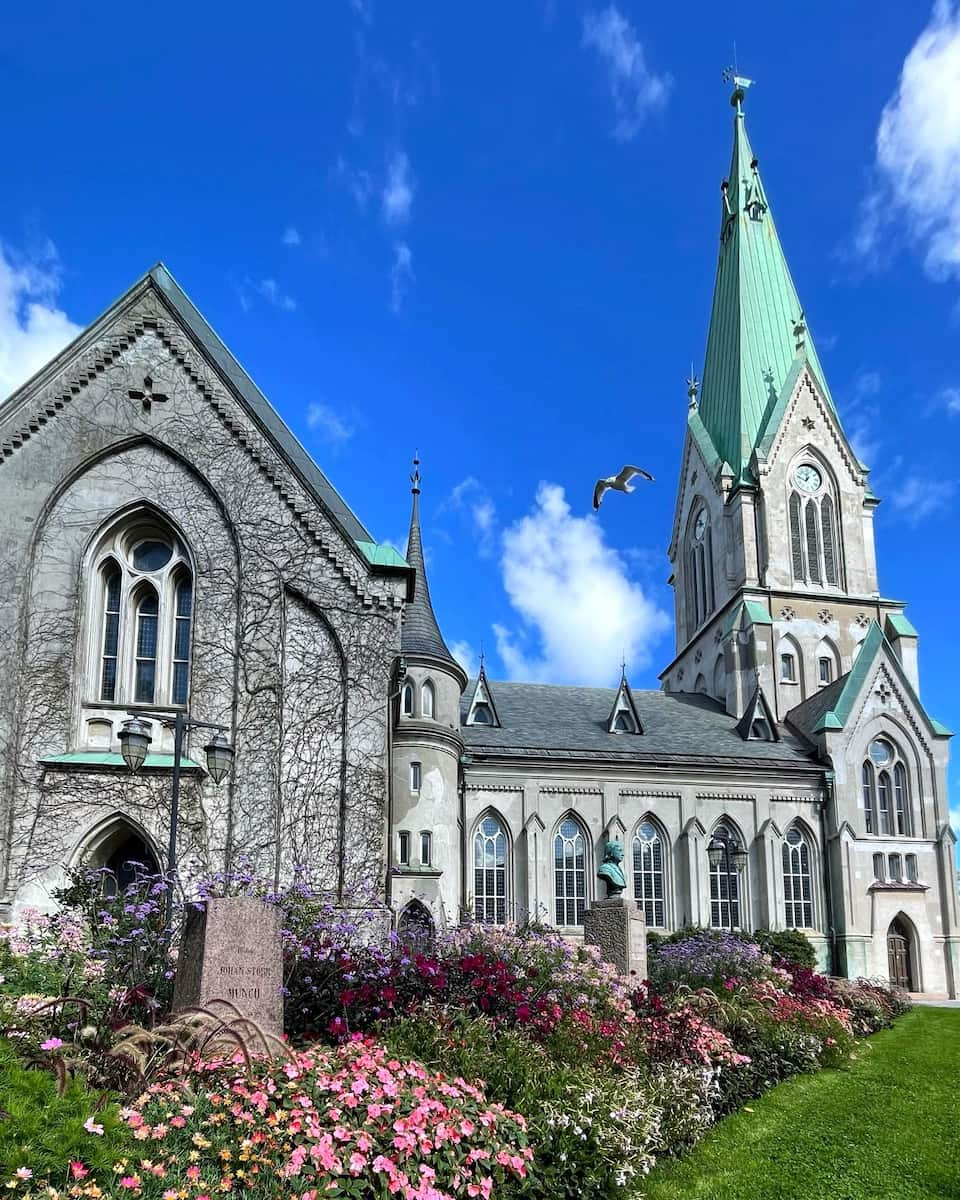
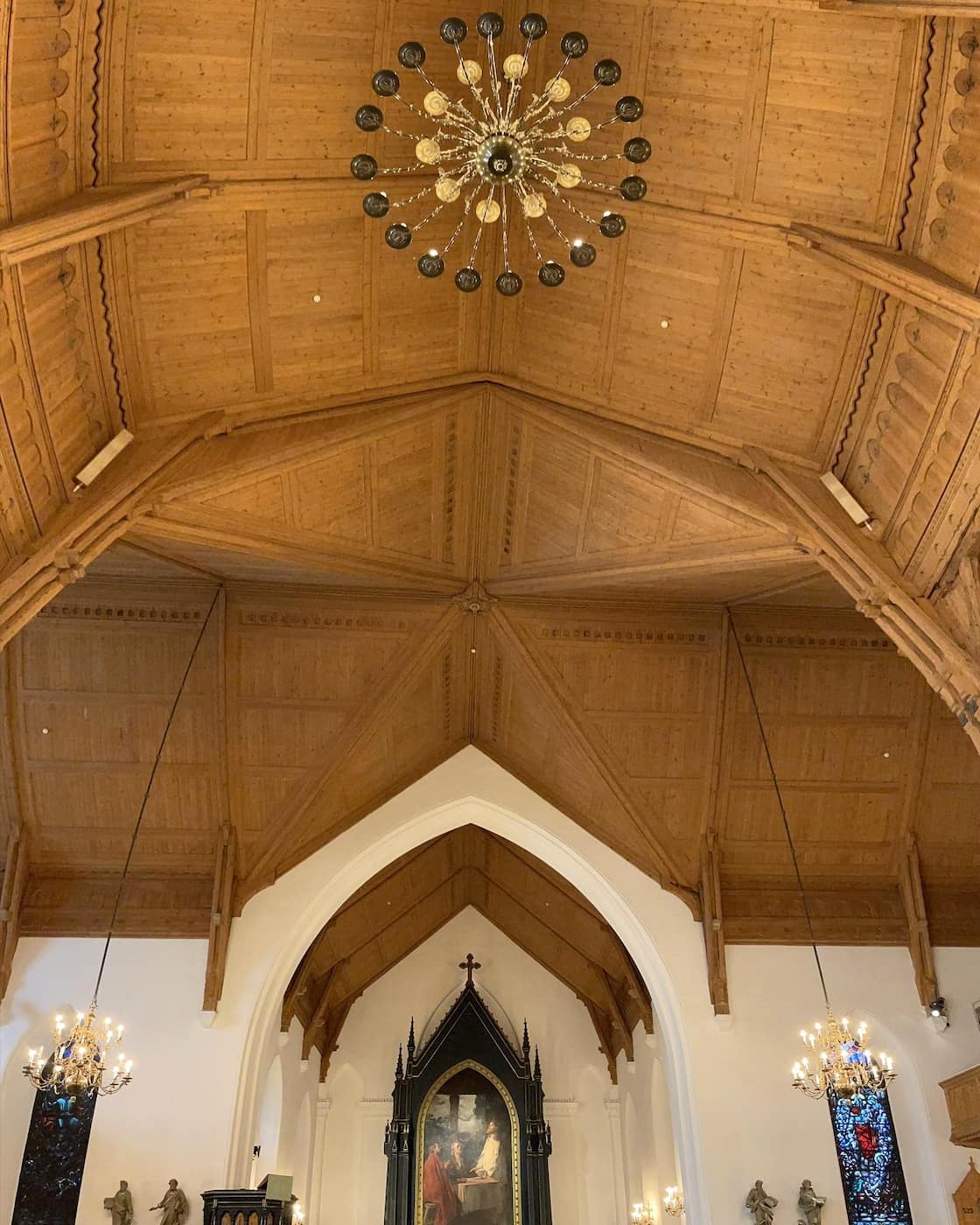
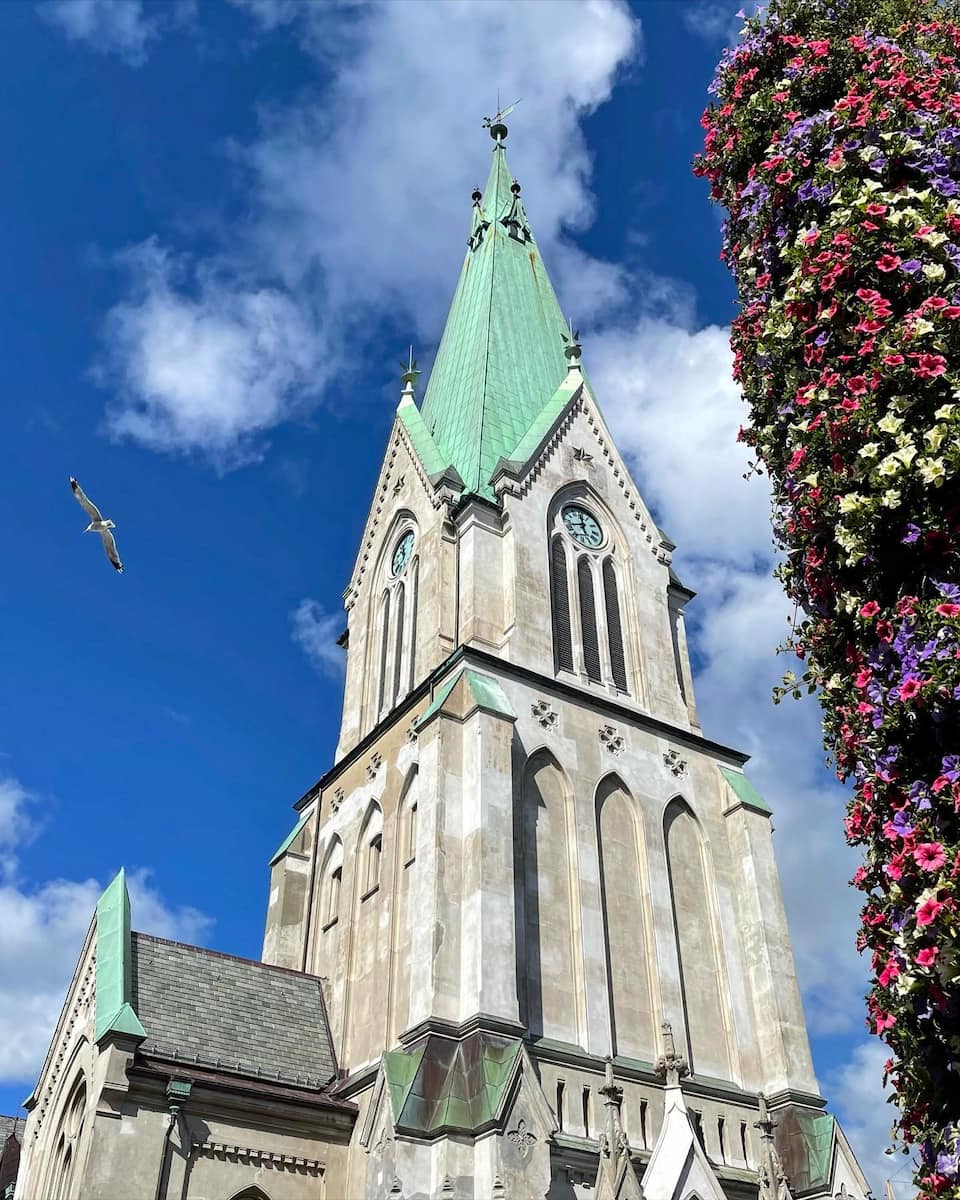
Musical heritage. My visit coincided with one of the cathedral’s free summer organ concerts, a truly magical experience. The powerful notes from the 1920 Steinmeyer organ resonated throughout the space, creating an emotional connection to Norwegian musical traditions. These concerts typically happen on Wednesdays at 12:00 PM from June through August.
Historical significance. A friendly local explained how the cathedral survived the German invasion of Norway during WWII, despite heavy bombing in the area. Walking around, I noticed memorial plaques honoring those who resisted the occupation of Norway – adding layers of meaning to my visit beyond mere sightseeing.
What to look for in Kristiansand Cathedral:
- The ornate altarpiece depicting scenes from Christ’s life
- The baptismal font made from local marble
- Beautiful chandeliers that illuminate the space during evening services
- The choir loft with its impressive pipe organ
- Historic artifacts in the small exhibition area near the entrance
2. Henrik Wergeland Park
Urban sanctuary. After exploring the bustling streets of Kristiansand, I discovered Henrik Wergeland Park – a tranquil green space dedicated to Norway’s celebrated poet and constitution framer. Located within walking distance of the main cruise port, this park offered a perfect respite from my sightseeing itinerary without costing a single krone.
Floral displays. The park bursts with color during my spring visit, with over 8,500 flowering bulbs creating a vibrant carpet beneath ancient oak trees. Tulips, daffodils, and hyacinths perfumed the air while providing perfect photo opportunities against the backdrop of Kristiansand’s historic buildings.
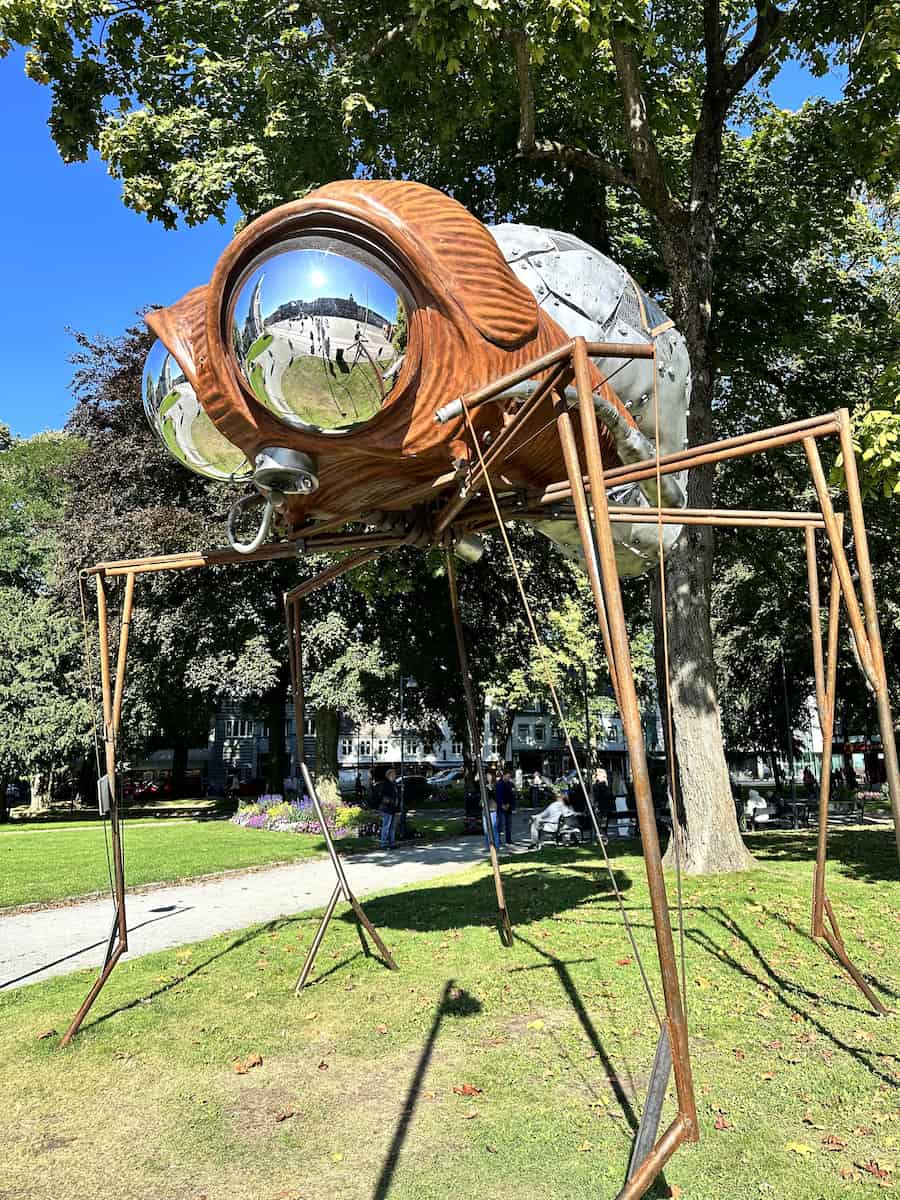
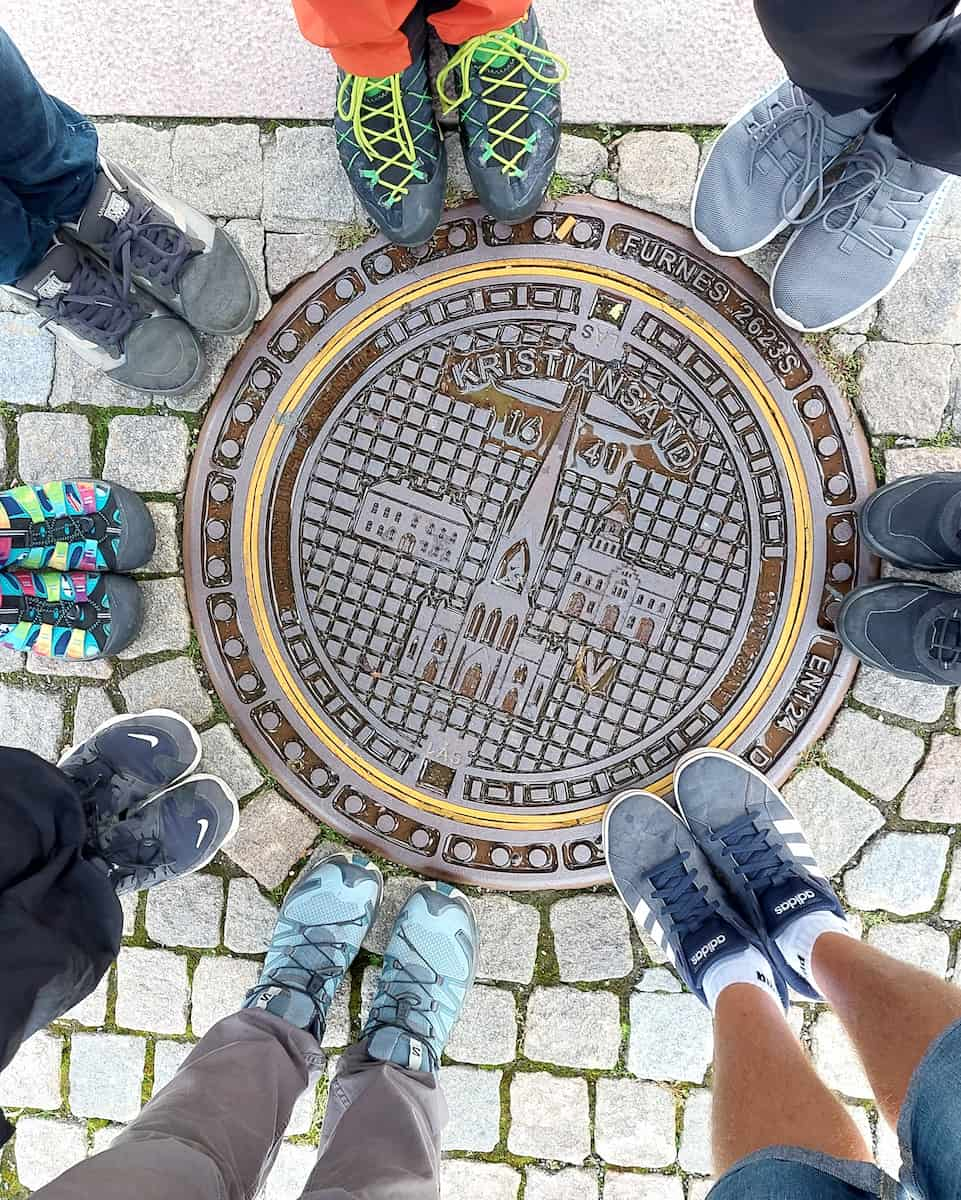
Literary connection. Sitting on a bench near the central statue of Henrik Wergeland himself, I read about his contributions to Norwegian culture on an informative plaque. This famous poet fought for democracy and religious freedom during the 19th century – making this park not just beautiful but educational for history enthusiasts.
Local life. What made my visit memorable was observing everyday life in Kristiansand. Young families picnicked on the lawns, students from nearby schools sketched the scenery, and elderly couples strolled hand-in-hand along winding paths. This park truly offers something for everyone and provides insight into living in Norway.
Best spots in Henrik Wergeland Park:
- The central monument honoring the famous Norwegian poet
- Peaceful reading corners beneath century-old trees
- The small duck pond popular with families
- Seasonal flower beds featuring traditional Norwegian plants
- Connecting pathways to Ravnedalen Nature Park for extended walks
3. Christiansholm Fortress Grounds
Military history. I was captivated by Christiansholm Fortress, a star-shaped military structure that stands as a proud reminder of Kristiansand’s strategic importance. Built between 1672 and 1685, this coastal fortress offers both history enthusiasts and casual visitors a fascinating glimpse into Norway’s past – all without spending a krone.
Panoramic vistas. From the fortress walls, I enjoyed breathtaking scenic views of the Kristiansand archipelago and harbor. The contrast between ancient stone fortifications and gleaming cruise ships created perfect photo opportunities. On clear days, you can see far along the southern coast of Norway.
Peaceful atmosphere. Despite being within walking distance of the cruise terminal, the fortress grounds provided a surprisingly tranquil escape. I found a quiet corner on the grassy ramparts and spent a peaceful hour watching boats navigate the harbor while seabirds soared overhead.
Living museum. Walking around the fortress felt like an open-air history lesson. Informative plaques in Norwegian and English explained how this structure defended the city during various conflicts. The massive cannons pointing toward the sea helped me imagine what life was like during times of conflict.
Fortress highlights:
- The main gate with its original stonework and royal insignia
- Cannon emplacements with views of approaching ships
- Underground powder magazines (open during guided tours)
- The commander’s quarters with period furnishings
- Memorial plaques honoring those who defended Norway during various conflicts
4. Otterdalsparken Fountain Park
Urban oasis. I stumbled upon Otterdalsparken while making my way from the cruise terminal to the center of Kristiansand. This modern fountain park, designed by renowned artist Kjell Nupen, creates a refreshing counterpoint to the bustling harbor just steps away. The best part? It’s completely free to enjoy.
Artistic design. The park’s centerpiece features seven granite fountains arranged in a circular pattern, with water dancing between them in choreographed sequences. I was mesmerized by how the sunlight caught the water droplets, creating miniature rainbows above the polished stone surfaces that reflect Kristiansand’s artistic spirit.
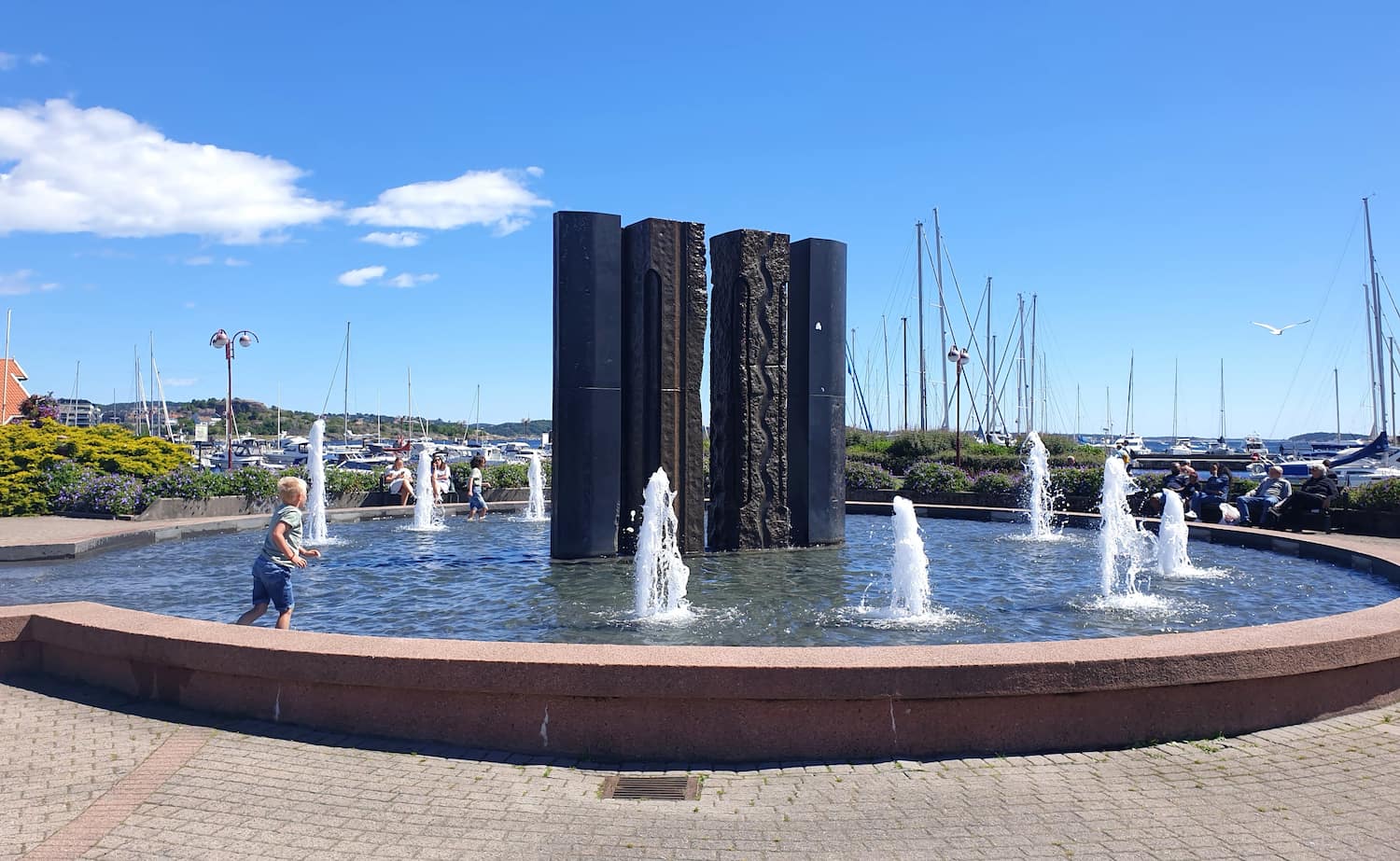
Local hangout. What struck me most was how this space serves as Kristiansand’s living room. I watched teenagers practicing skateboard tricks, couples sharing ice cream, and cruise ship passengers resting their feet. Unlike many attractions that cater solely to tourists, this park offers a genuine glimpse into local life in Norway.
Evening ambiance. Returning after dinner, I found the fountains beautifully illuminated with changing colored lights. The gentle sound of flowing water created a soothing soundtrack as families gathered to enjoy the cool evening air. This free attraction transforms completely after dark, making it worth a visit both day and night.
Best features of Otterdalsparken:
- Seven granite fountains with choreographed water displays
- Comfortable seating areas perfect for people-watching
- Night illumination creating magical evening atmosphere
- Views toward the Kristiansand guest harbor
- Central location connecting the cruise port to downtown attractions
Seasonal Activities
Christmas in Kristiansand
Winter transformation. I was enchanted by how Kristiansand transforms into a magical Christmas town from late November through December. The city center becomes a festive wonderland with twinkling lights adorning every shop and restaurant. Walking down Markens Gate, the main shopping street, I felt the Christmas spirit instantly with illuminated trees lining the pedestrian promenade.
Market magic. The City Square Christmas Market (Torvet) runs from November 30 to December 22, and has quickly become the heart of Kristiansand’s winter celebrations. I wandered through charming wooden stalls selling everything from handcrafted woolen socks to local Christmas sausages. The market is inspired by traditional European Christmas markets but maintains a distinctly Norwegian character.
Ice adventures. Right next to the market sits the popular Kompis ice rink, where I watched families glide across the ice against the backdrop of the cathedral. Skate rentals are available for 75 NOK (~$7.20) for children and 120 NOK (~$11.50) for adults. The rink’s special lighting creates a magical atmosphere for evening skating – perfect for working off those holiday treats!
Seasonal treats. I couldn’t resist sampling traditional Norwegian Christmas delicacies from the market stalls. A cup of warming gløgg (mulled wine) cost 65 NOK (~$6.20) while sweet lefse pastries were priced at 45 NOK (~$4.30). My advice is to arrive hungry and try something from each section of the market for a full taste of Norwegian Christmas traditions.
Summer Festivals and Events
Festival fever. Summer in Kristiansand buzzes with energy and excitement as the city hosts several major festivals. I timed my visit to coincide with Sommerbris Festival on Odderøya Island (June 13-14), Southern Norway’s largest festival for the over-20 crowd. The lineup features The Cardigans, Vinni, Morgan Sulele, and Helene Bøksle among many others.
Beach party. The highlight of Kristiansand’s summer calendar is undoubtedly Palmesus (July 4-5), Europe’s biggest beach party held right on Bystranda Beach. I joined thousands of music lovers dancing to international EDM stars like Kygo and Stormzy. Weekend passes start at 1,295 NOK (~$124), but they sell out months in advance – I booked mine in January!


Cultural sounds. For a more intimate musical experience, I attended Ravnedalen Live in the stunning natural amphitheater of Ravnedalen Nature Park. Watching Astrid S perform as the sun set behind the dramatic rock walls was truly magical. Tickets range from 550-850 NOK (~$52-81) depending on the artist.
Boat adventures. Between festival dates, I explored Kristiansand’s beautiful archipelago on MS Bragdøya. These scheduled boat trips run daily from late June to mid-August, departing from Kai 6 in the city center. A round-trip ticket cost me 150 NOK (~$14.30) and allowed stops at several islands including Bragdøya, Randøya, and Stokken.
Summer markets. Tuesday evenings at Fiskebrygga (Fish Market) became my weekly ritual. The summer market features local artisans, fresh produce, and street performers creating a lively atmosphere along the harbor. I picked up unique souvenirs while enjoying fresh shrimp sandwiches (175 NOK/~$16.70) from the seafood stalls – a perfect summer evening in Southern Norway.
Spring Blooms in Royal Parks
Floral awakening. Visiting Henrik Wergeland Park in late April, I witnessed Kristiansand’s spectacular spring transformation. Over 8,500 flowering bulbs create a vibrant carpet beneath ancient oak trees. The park, dedicated to Norway’s celebrated poet and constitution framer, bursts with tulips, daffodils, and hyacinths that perfume the air.
Botanical wonders. The Agder Natural History Museum and Botanical Garden became my springtime sanctuary. I spent hours wandering through meticulously maintained gardens showcasing Norway’s native plant species. The entrance fee (100 NOK/~$9.50 for adults) grants access to both the gardens and the museum – excellent value for plant enthusiasts.
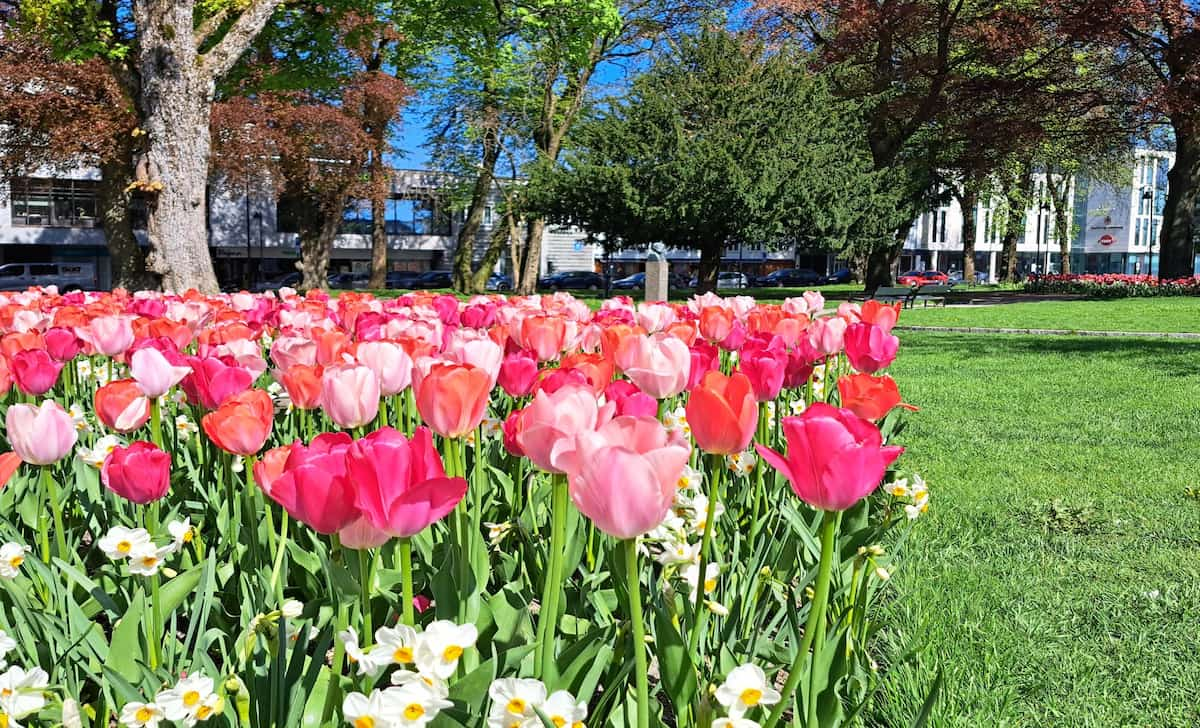
Outdoor activities. As temperatures warmed in May, I joined locals enjoying outdoor fitness in Baneheia. This extensive network of trails winds through pristine forest just minutes from the city center. The illuminated 3.5 km gravel path around both lakes was perfect for an energizing morning jog before the summer crowds arrive.
Spring events. My visit coincided with the annual Spring Market in Posebyen (mid-May), where the historic district comes alive with flower stalls, craft vendors, and street performers. Local artists open their studios, and the aroma of freshly baked goods fills the air. This free event perfectly captures Kristiansand’s community spirit as it emerges from winter.
Autumn Foliage Walks
Color explosion. Autumn in Ravnedalen Nature Park was a revelation. Just minutes from downtown Kristiansand, this lush valley with dramatic rock walls transforms into a canvas of fiery reds and golden yellows by mid-September. I spent a peaceful afternoon photographing the reflections of autumn trees in the park’s serene lake.
Scenic trails. Exploring Odderøya Island’s network of paths became my autumn ritual. This former naval base, now a recreational paradise, offers spectacular views of the Kristiansand archipelago framed by colorful foliage. The coastal path took me past WWII bunkers now softened by crimson ivy and golden birch trees – a fascinating blend of history and natural beauty.
Forest bathing. Baneheia’s extensive trail system provides the perfect autumn escape. I followed the local recommendation to visit after a light rain when the colors seem most vibrant. The wooden bridges crossing between Stampetjønn and Grotjønn lakes offered perfect vantage points for photographing the multicolored trees reflected in the still waters.
Urban autumn. Even in the city center, autumn in Kristiansand dazzles. I wandered through Old Town where the white houses create a striking contrast against the golden trees lining the historic streets. Local cafés like Kafé Blåstua (Gyldenløvesgt. 60) serve seasonal specialties – their pumpkin soup (125 NOK/~$11.90) warmed me on a crisp October afternoon.
Best autumn viewpoints:
- Ravneheia summit for panoramic views of Kristiansand bathed in autumn colors
- The wooden bridge between Baneheia’s two lakes for perfect reflection photos
- Odderøya’s southern tip for views of the archipelago framed by golden trees
- Ravnedalen’s rock walls where climbing vines turn brilliant red in October
Day Trips from Kristiansand
1. Setesdal Valley
Scenic beauty. I embarked on a memorable day trip to the Setesdal Valley, nestled along the southern part of Norway. This 210-kilometer-long valley offers a variety of attractions and is easily accessible from Kristiansand, making it a popular destination for both cruise ship passengers and those looking to explore beyond the city limits.
Cultural immersion. My journey began with a panoramic drive north from Kristiansand through stunning landscapes. I was captivated by the valley’s rich history and culture, learning how it’s known as the cradle of Norwegian folk traditions. The opportunity to visit this part of Norway gave me a deeper appreciation for the country’s heritage.
Railway adventure. The highlight of my trip was undoubtedly the Setesdal Vintage Railway (Setesdalsbanen). This narrow-gauge railway, founded in 1896, offers a unique chance to experience a turn-of-the-century rail journey. The restored 1894 locomotive whisked me through wild and scenic countryside, paralleling the Otra River.
Natural wonders. As we snaked through the landscape, I was treated to views of lakes, rolling hills, and occasional farms. The 30-minute train ride from Grovane to Røyknes was a photographer’s dream, showcasing the best of South Norway’s natural beauty.
Practical tips. The best time to visit is from June to September when the railway operates. I recommend bringing a light jacket, as the wooden carriages aren’t equipped with electric lights, and tunnels are traversed in darkness – adding to the authentic experience!
⭐ Best Activities
-
Setesdal Evje: Family Rafting on the Beautiful Otra River – Enjoy an exciting family rafting adventure along the scenic Otra River in Setesdal, perfect for all ages and skill levels with experienced guides ensuring a safe and fun day on the water.
2. Søgne Village
Coastal charm. Just outside of Kristiansand, I discovered the picturesque village of Søgne. This excursion offered a perfect blend of history, culture, and scenic coastal views, making it an ideal day trip for those visiting Kristiansand or arriving via cruise ship.
Historical sites. My tour began with a drive by the old Søgne Gamle Kirke, a beautiful white wooden church that stands as a testament to the area’s rich history. The church’s serene setting provided a glimpse into local religious traditions and architecture.
Quaint streets. In Høllen, a part of Søgne, I strolled through one of the old streets lined with picturesque wooden houses on each side. This charming ‘Fishermen’s Street’ along the small harbor transported me back in time, offering a authentic look at traditional Norwegian coastal life.
Local flavors. I made sure to sample some local ingredients at a small restaurant in Høllen. The fresh seafood and locally-sourced produce gave me a true taste of the region’s culinary offerings. My advice: try the catch of the day for the most authentic experience!
Scenic return. The journey back to Kristiansand along the coastal road was a visual treat. We passed idyllic summer cottages, each seeming to have a story of its own. This route offered stunning views of the Kristiansand coast, cementing the region’s reputation as a popular holiday destination for Norwegians.
⭐ Best Activities
-
Kristiansand: Highlights Tour with Kristiansand Museum Ticket – Discover the best of Kristiansand on a guided highlights tour, including entrance to the Kristiansand Museum for a deeper dive into the region’s history and culture.
3. Lindesnes Lighthouse
Southern landmark. I made my way to Lindesnes Lighthouse, Norway’s southernmost point and oldest lighthouse, located just outside of Kristiansand. Standing at the edge of the Norwegian mainland where the North Sea meets Skagerrak, I felt a profound sense of being at a geographical milestone that has guided sailors since 1656.
Maritime history. The lighthouse complex offers more than just stunning views of the Kristiansand coast. I explored the fascinating maritime museum that chronicles the rich history of this strategic location. Learning about the lighthouse keepers who maintained this beacon through wars and storms gave me a deep appreciation for Norway’s seafaring heritage.
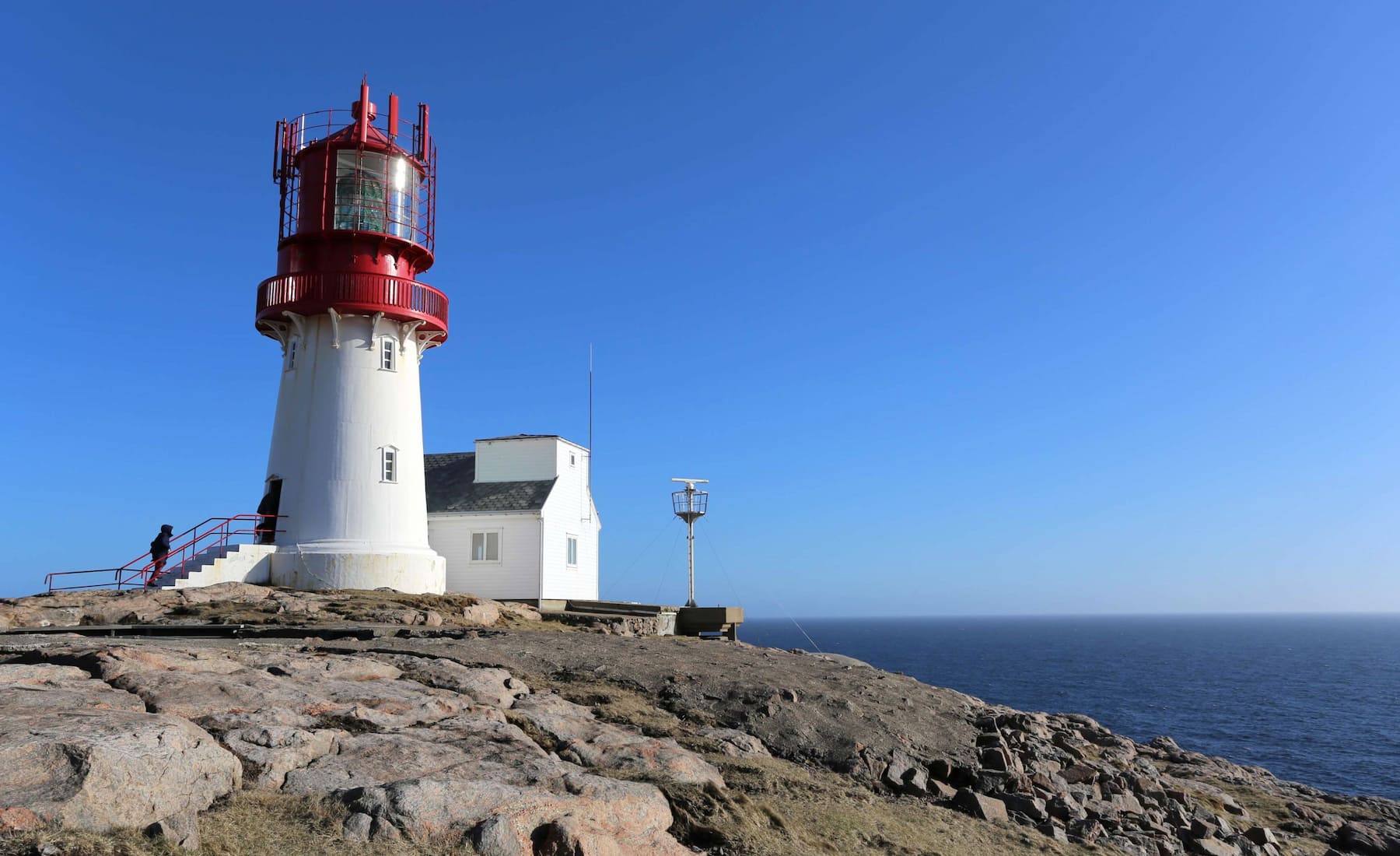
Coastal hikes. The surrounding area features several well-marked hiking trails that wind along dramatic coastal cliffs. I spent two hours following the path that circles the entire headland, stopping frequently to photograph crashing waves against rugged rocks. My advice is to wear sturdy shoes – the terrain can be challenging but rewards with breathtaking vistas.
Culinary experience. After working up an appetite, I treated myself to lunch at Lindesnes Havhotell’s restaurant. Their fish soup (195 NOK/~$18.60) made with local ingredients and freshly caught seafood was the perfect reward after my coastal hike. The panoramic windows offered spectacular views while dining.
Visitor information. The lighthouse is open year-round, though hours vary seasonally. I found winter visits equally rewarding – fewer tourists and the dramatic sight of storm waves crashing against the lighthouse create a powerful atmosphere. The entrance fee includes access to all exhibitions and the lighthouse tower.
4. Kragerø Coastal Town
Artistic haven. I embarked on an ambitious day trip to Kragerø, a picturesque coastal town that Edvard Munch once called “the pearl of coastal towns.” Though a bit farther from Kristiansand (about 2 hours by car), this excursion proved well worth the journey for its unique charm and artistic heritage.
Island exploration. The highlight of my visit was taking the small passenger ferry (75 NOK/~$7.15 round trip) to explore some of Kragerø’s 495 islands and skerries. I chose Jomfruland, the largest island, where car-free paths led me through idyllic landscapes dotted with old farms and pristine beaches.
Cultural immersion. Back in town, I wandered through narrow cobblestone streets lined with white wooden houses dating back to the 18th century. The town’s connection to famous Norwegian artists is evident in its numerous galleries. I particularly enjoyed Berg-Kragerø Museum (90 NOK/~$8.60), which showcases works inspired by the region’s distinctive light and landscapes.
Local cuisine. For lunch, I discovered Sjøbua Restaurant on the waterfront, where I savored their famous shrimp sandwich (185 NOK/~$17.70) made with freshly caught seafood. Dining on the deck with views of fishing boats bobbing in the harbor completed the authentic coastal experience.
Travel logistics. While most visitors arrive by car, I took the express bus from Kristiansand’s central station (295 NOK/~$28.20 one way). The journey itself became part of the adventure, offering scenic views of South Norway’s coastline. My advice is to check the return schedule carefully – the last bus departs earlier than you might expect!
Best spots in Kragerø:
- Gunnarsholmen island with its iconic tower (5-minute ferry ride from town)
- Kragerø Church dating from 1870 with beautiful stained glass
- Steinmann viewpoint for panoramic views of the archipelago
- The old town square (Torvet) with cafés and weekly markets
- Skåtøy island’s cultural center and café (15-minute ferry ride)
| Destination | Distance from Kristiansand | Travel Time | Best For | Key Attractions | Price Range (NOK) |
|---|---|---|---|---|---|
| Setesdal Valley | 60-100 km north | 1-1.5 hours by car/bus | Nature lovers, history buffs | Setesdal Vintage Railway, Otra River, folk traditions | 120-1620 (~$11.50-155) |
| Søgne Village | 15 km west | 20-30 minutes by car/bus | Coastal charm seekers | Søgne Gamle Kirke, Høllen village, coastal views | 100-700 (~$9.50-67) |
| Lindesnes Lighthouse | 80 km southwest | 1.5 hours by car | Maritime enthusiasts, photographers | Norway’s oldest lighthouse, maritime museum, coastal hikes | 90-120 (~$8.60-11.50) |
| Kragerø Coastal Town | 160 km northeast | 2 hours by car/bus | Art lovers, island hoppers | 495 islands and skerries, art galleries, historic town center | 75-295 (~$7.15-28.20) |
FAQ
Is Kristiansand worth visiting?
Yes, Kristiansand is absolutely worth visiting. It’s a vibrant seaside city along the southern coast of Norway, known for its charming Old Town, stunning nature parks like Ravnedalen and Baneheia, and unique attractions.
What is Kristiansand best known for?
Kristiansand is best known for its family-friendly attractions like the Kristiansand Zoo (Dyreparken), its picturesque Old Town with white wooden houses, beautiful beaches like Bystranda, and its walkable city center.
What should i avoid in Norway?
-
Underestimating distances: Norway is vast, and travel times can be longer than expected due to winding roads and ferry crossings. Plan accordingly.
-
Coming unprepared for weather: Norway’s weather is unpredictable; pack layers and waterproof clothing.
-
Breaking social etiquette: Avoid interrupting conversations or being overly loud; Norwegians value personal space and humility.
-
Rushing your itinerary: Trying to see too much in a short time can lead to exhaustion; focus on fewer destinations to enjoy them fully.
Is Kristiansand walkable?
Yes, Kristiansand is highly walkable. Its compact city center, known as Kvadraturen, features pedestrian-friendly streets and easy access to attractions like Old Town, Fiskebrygga, and Christiansholm Fortress.
